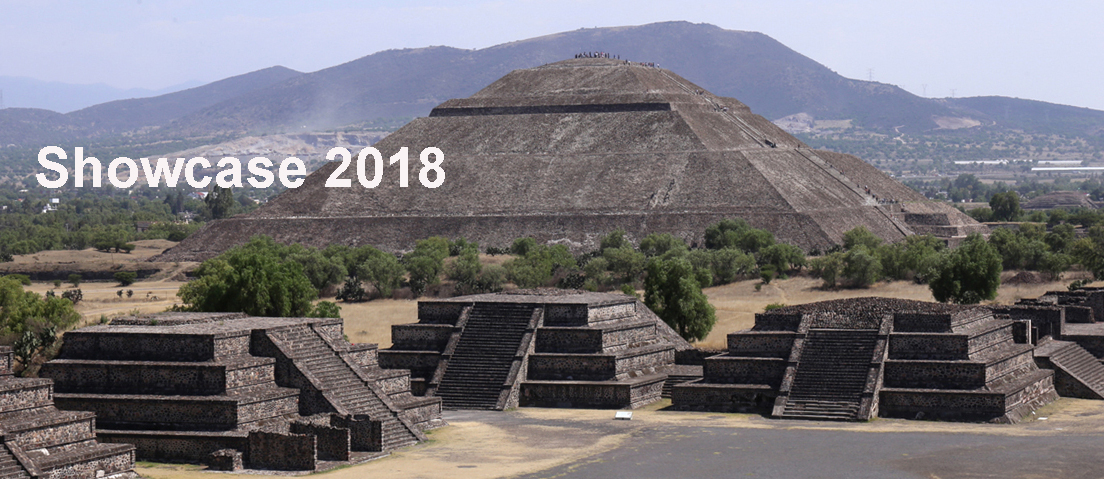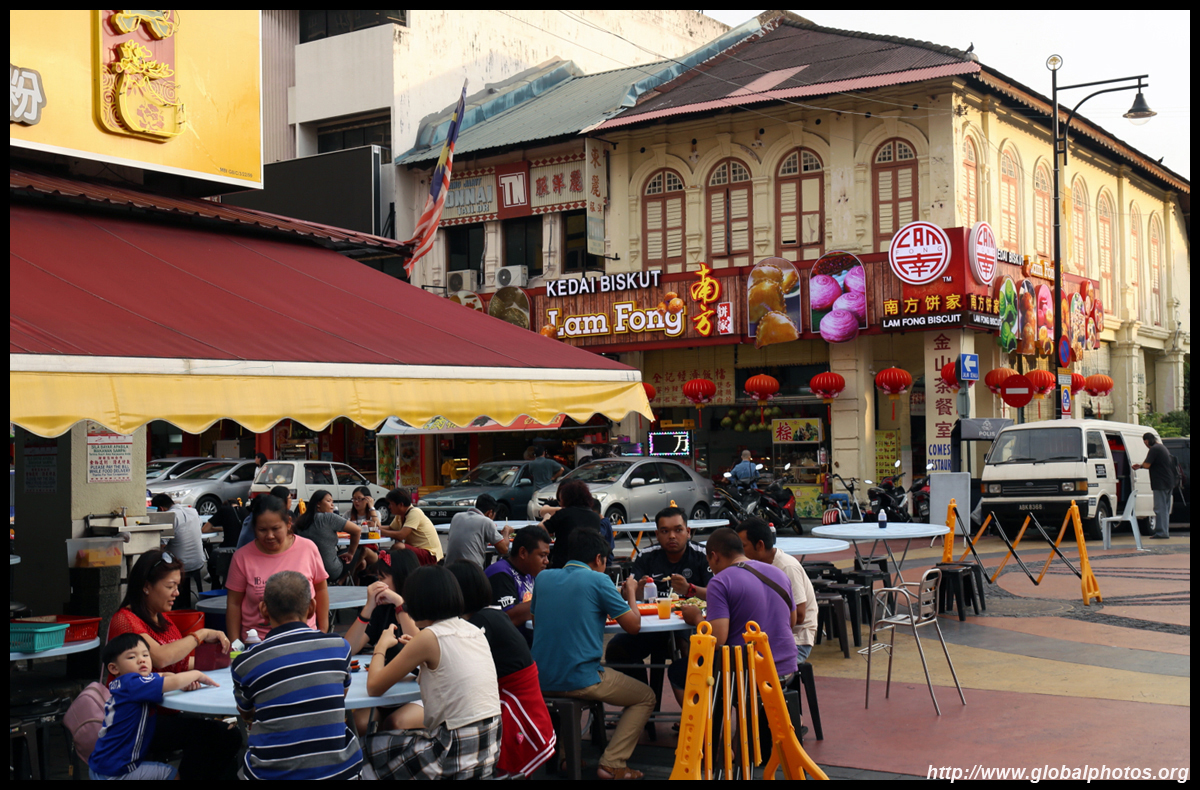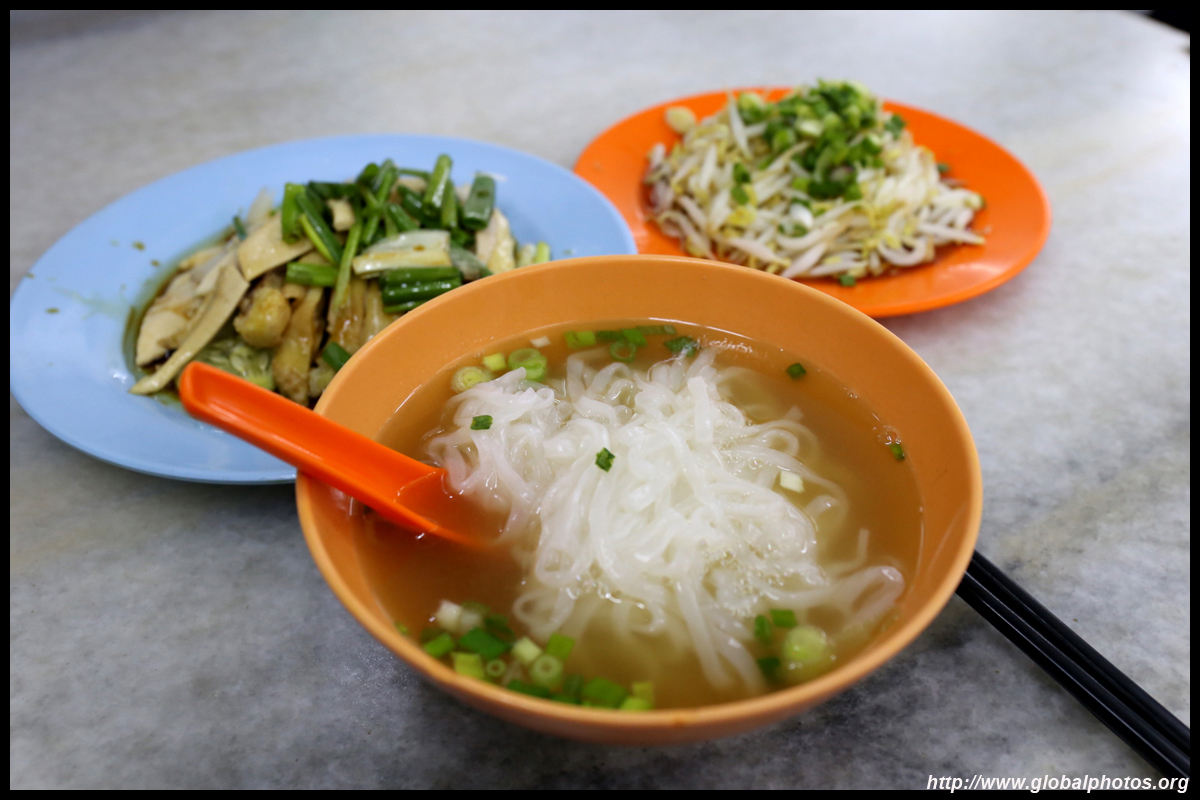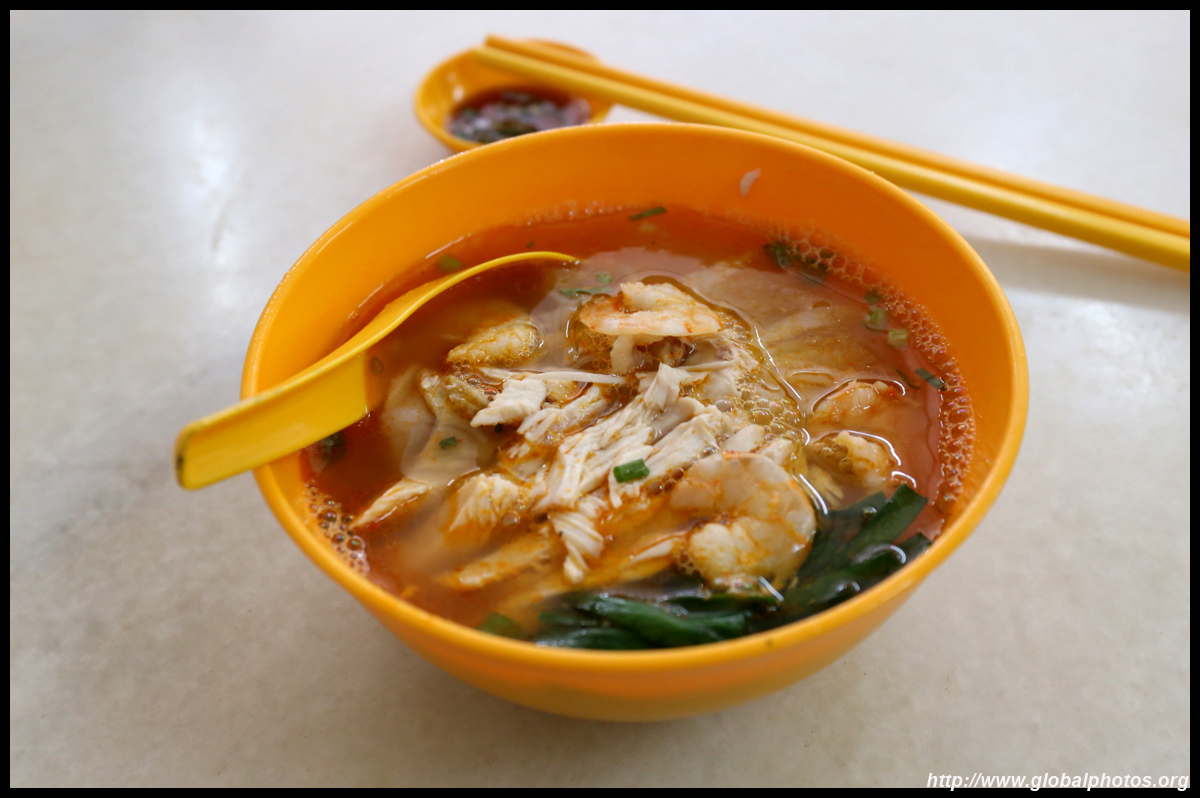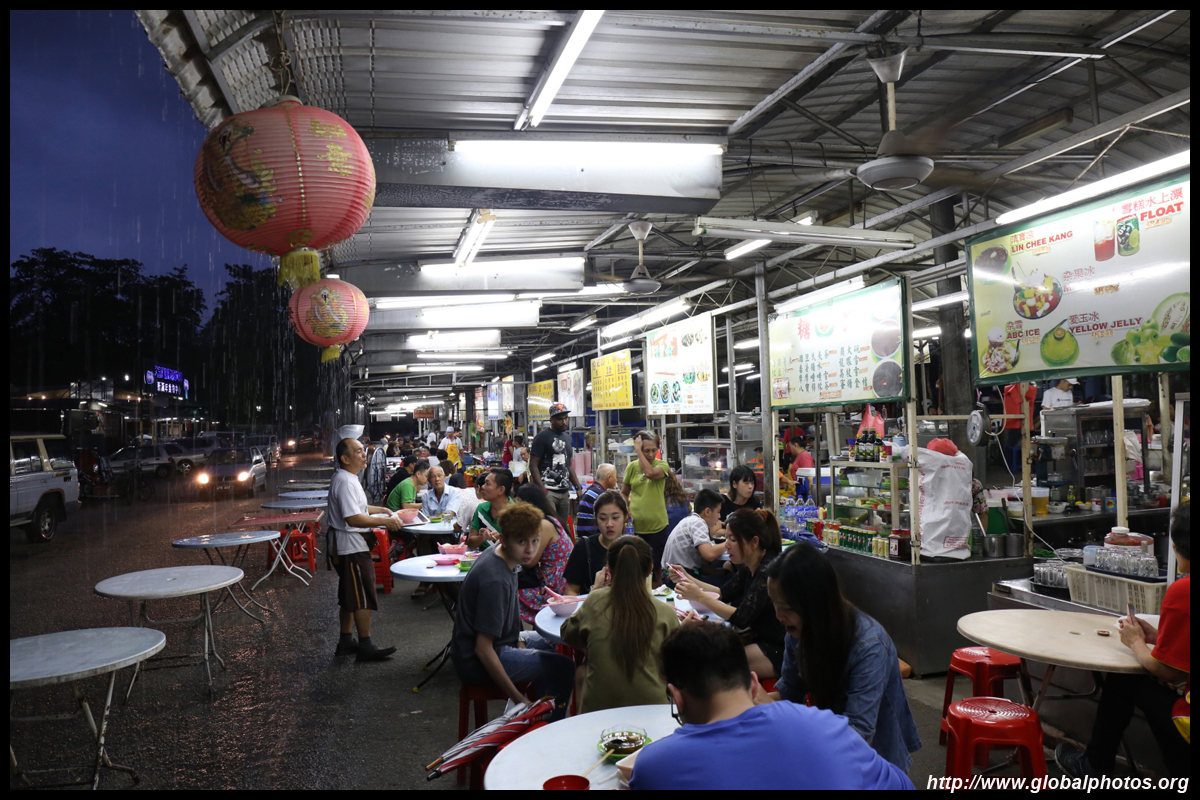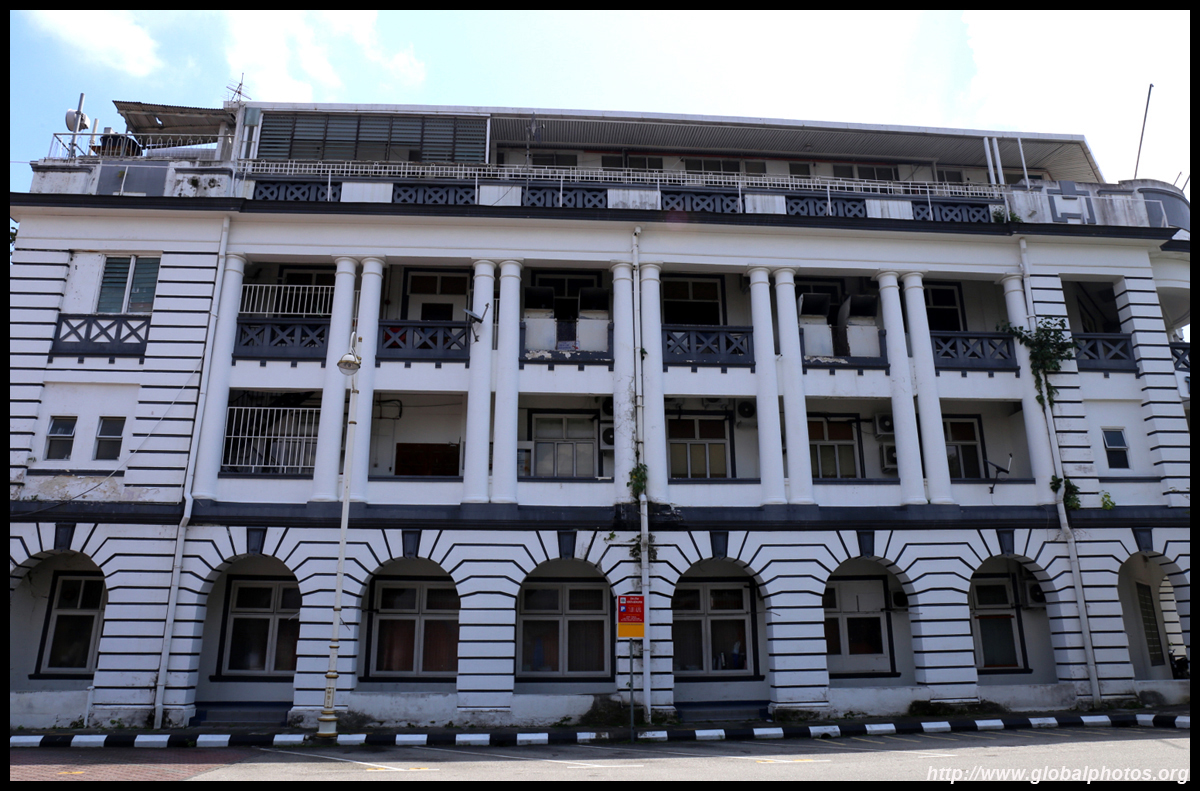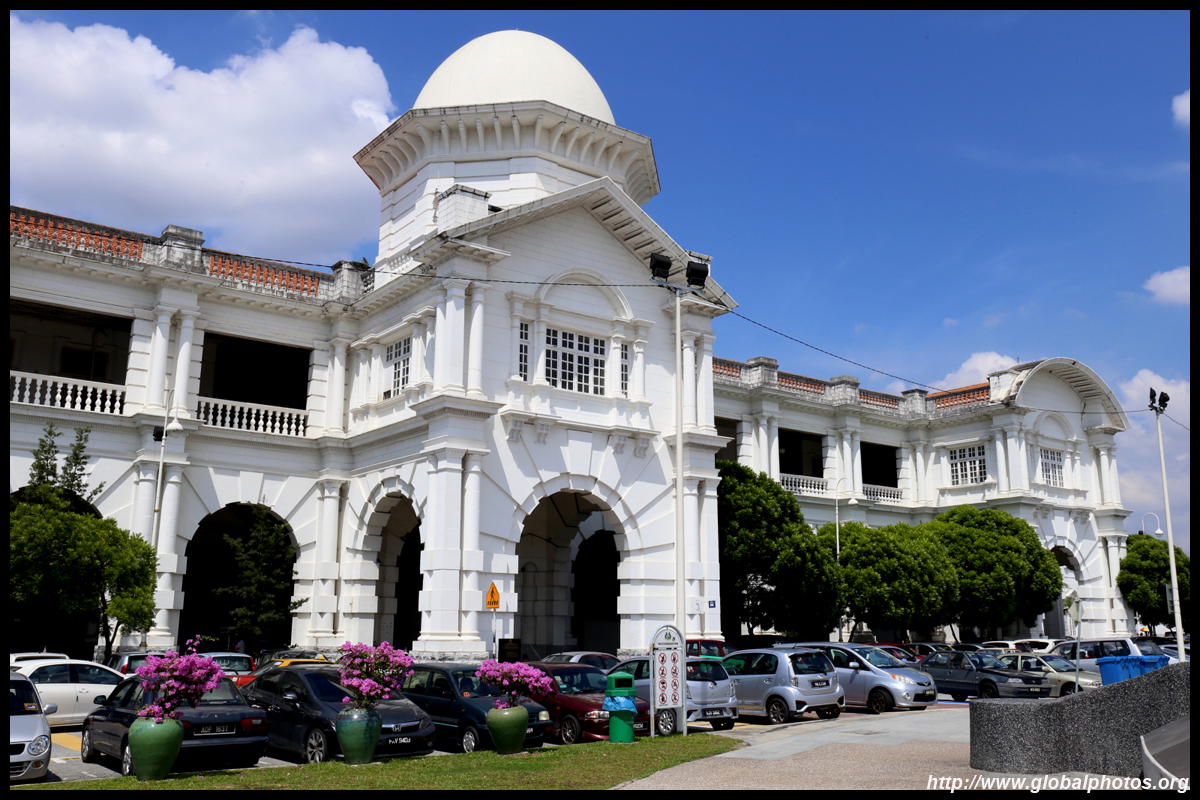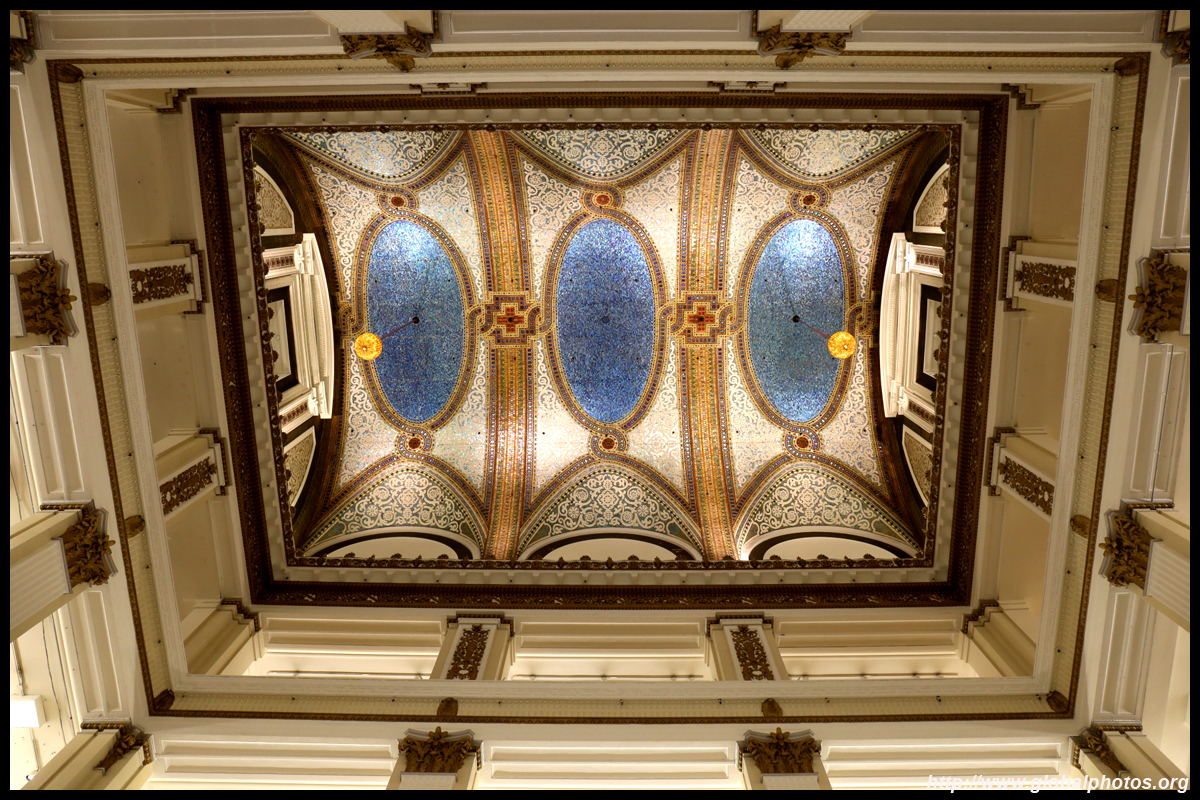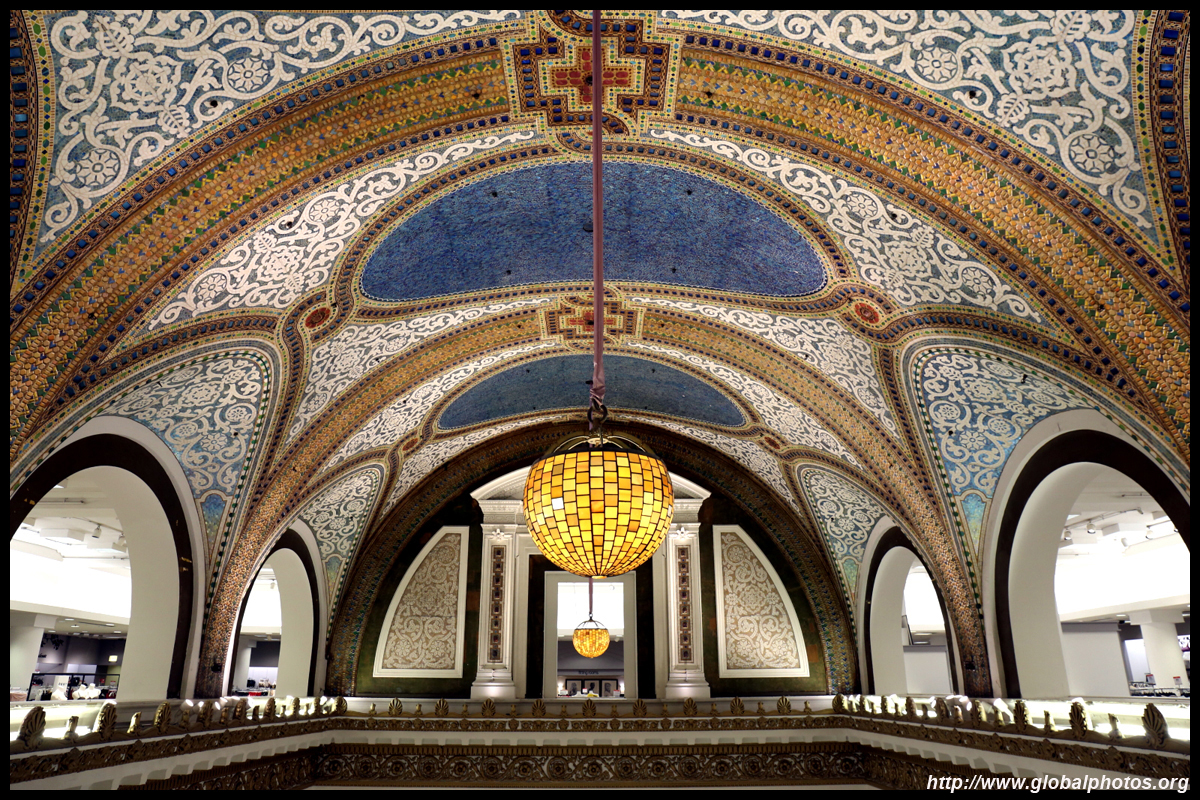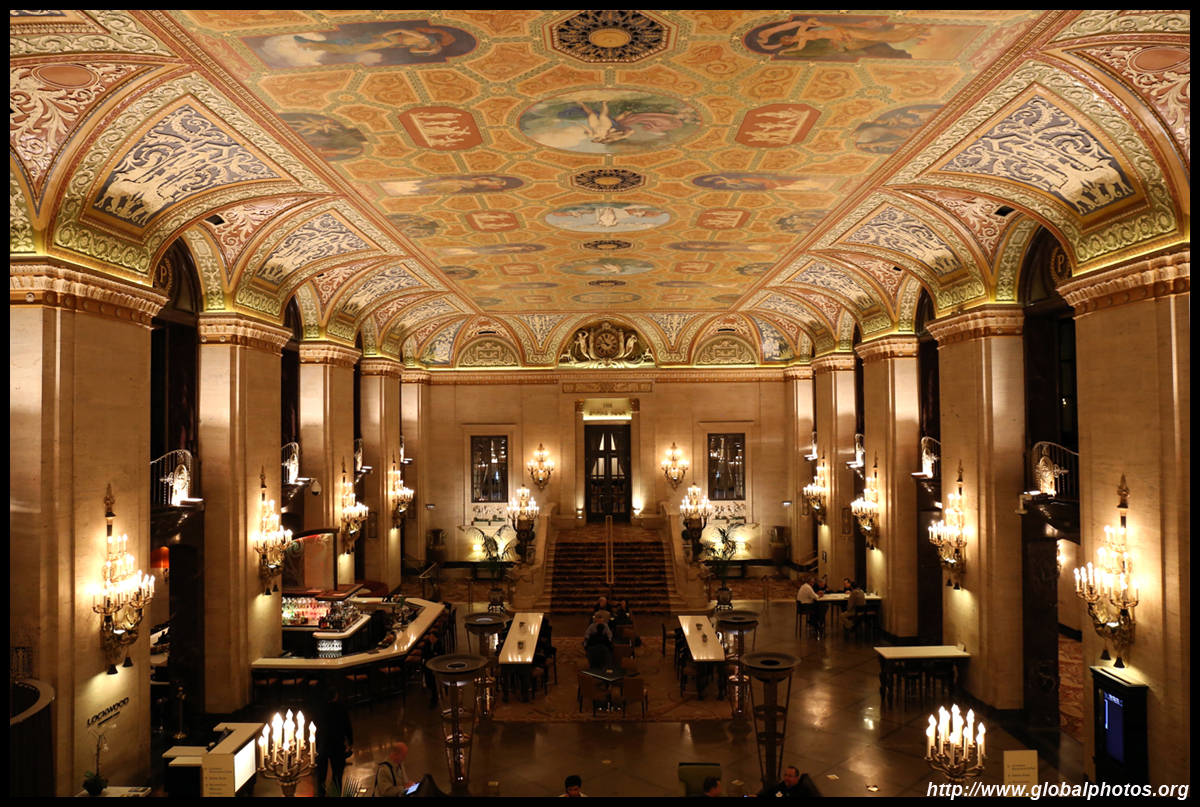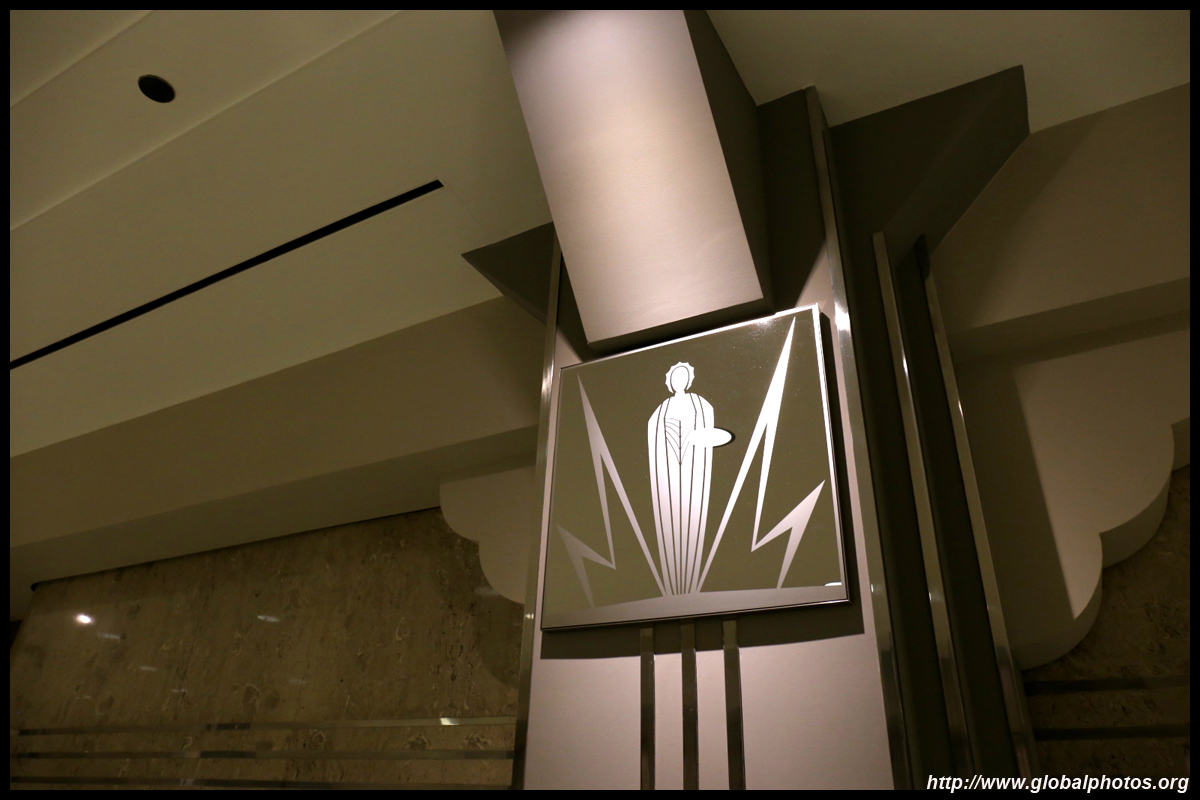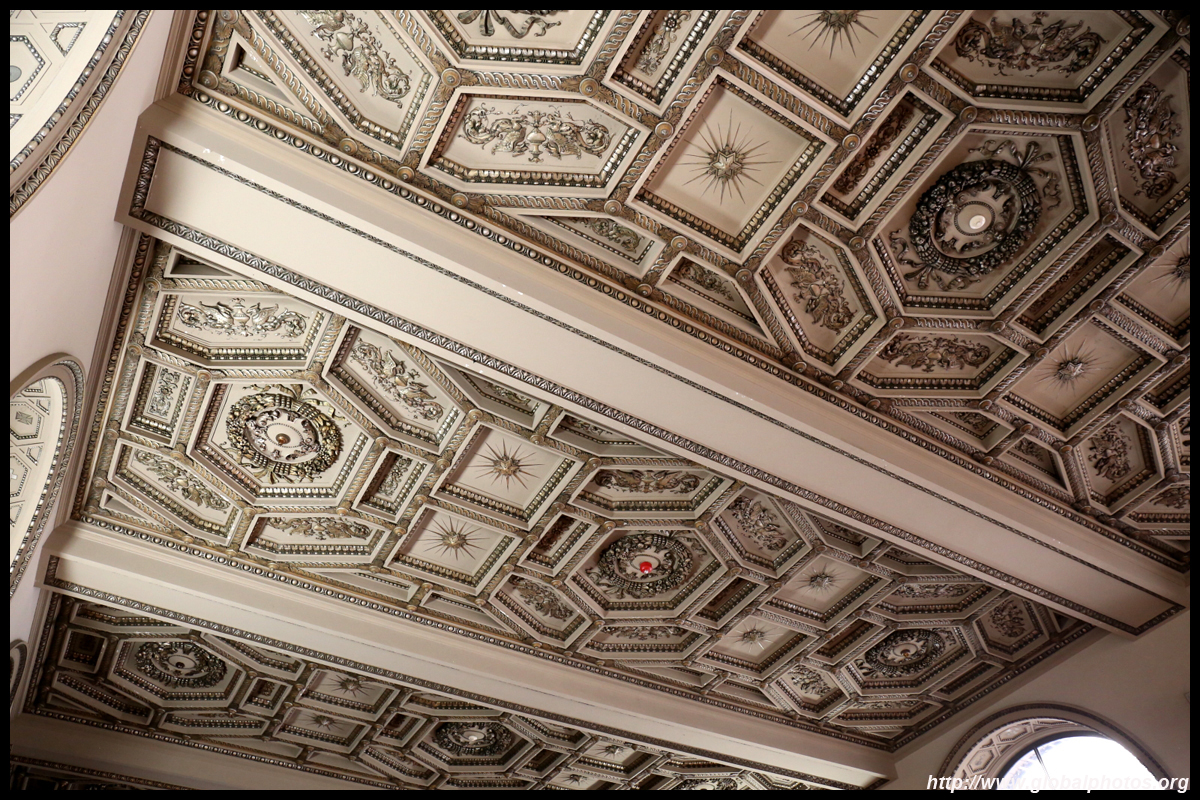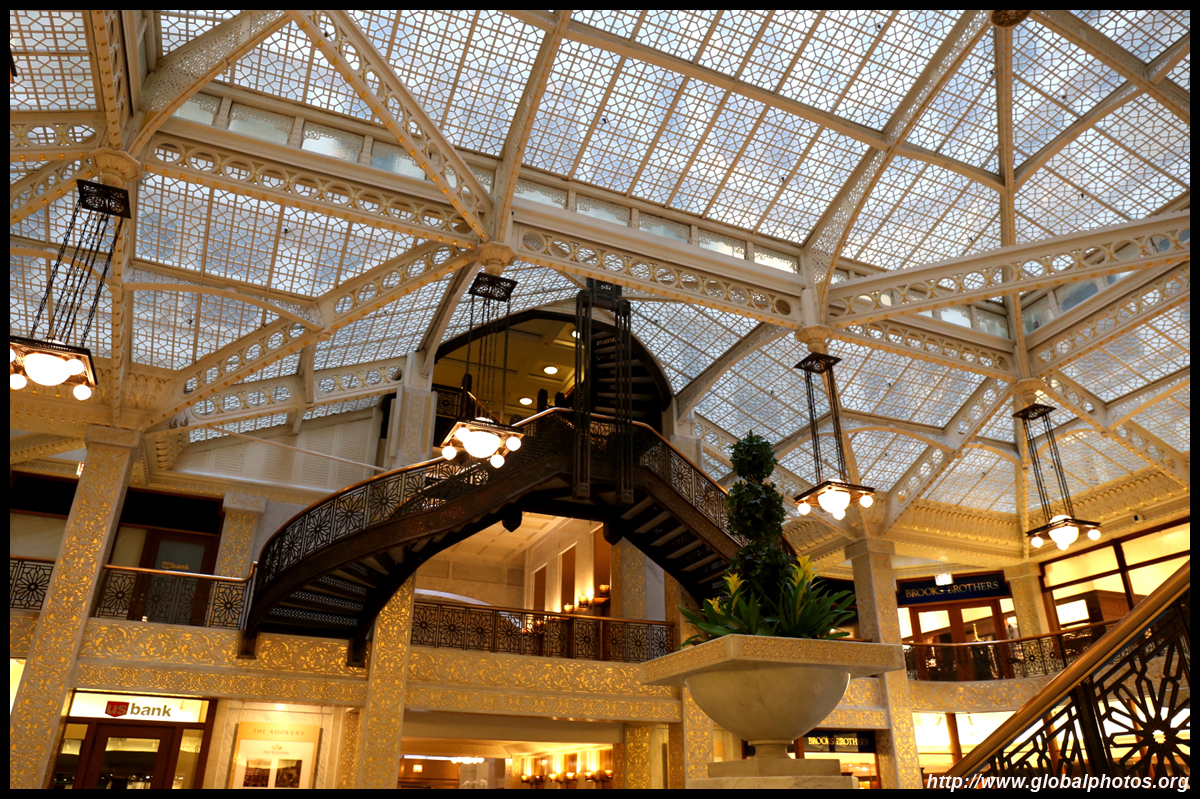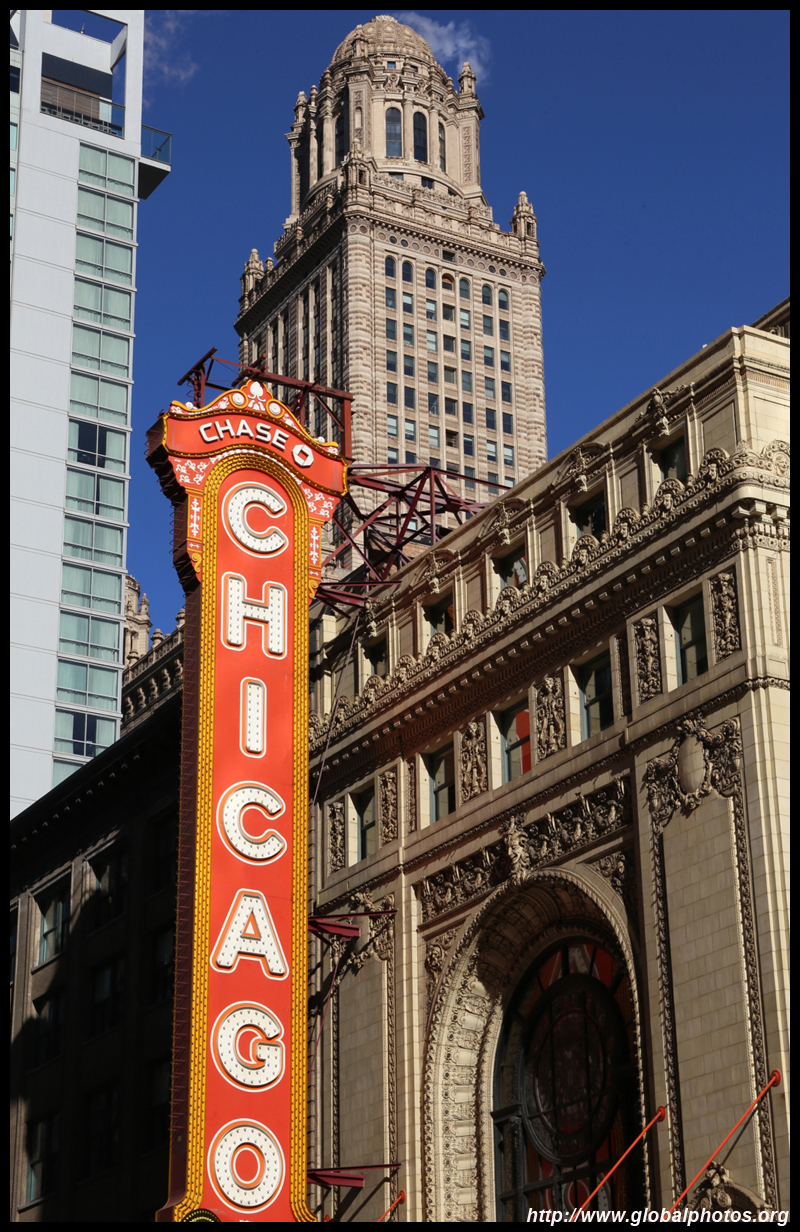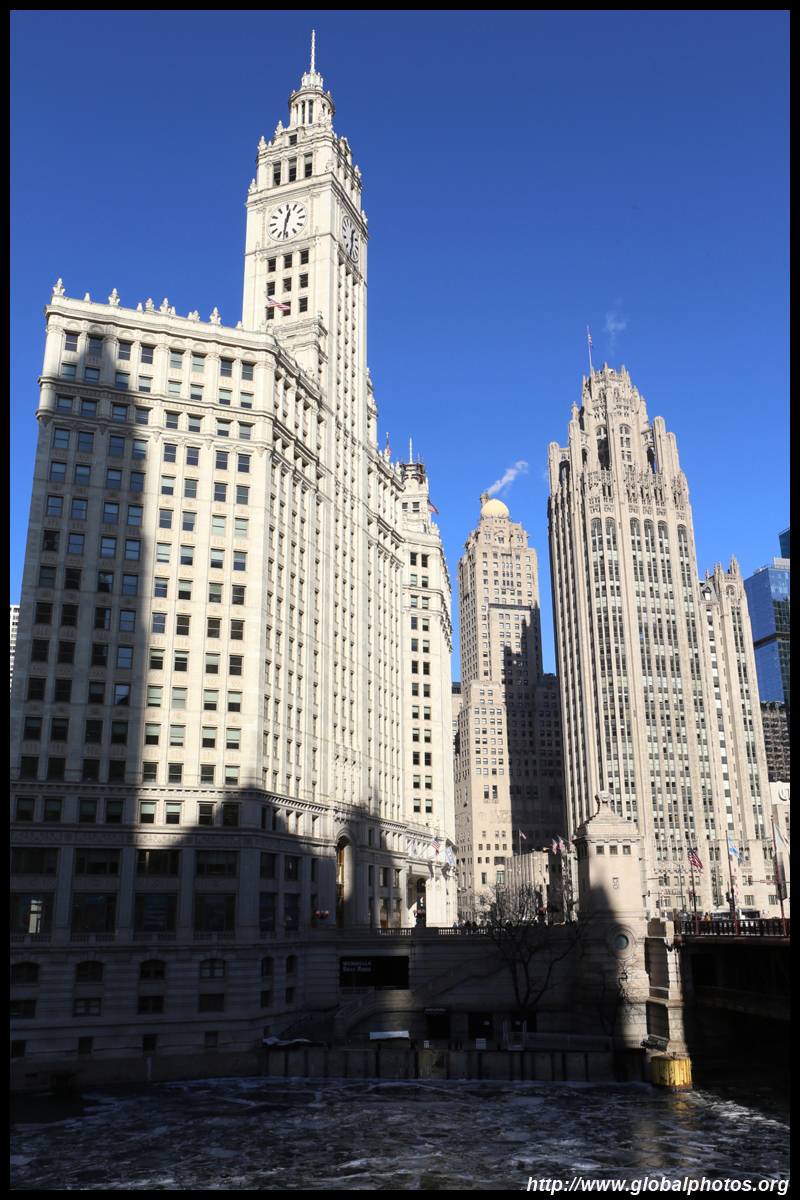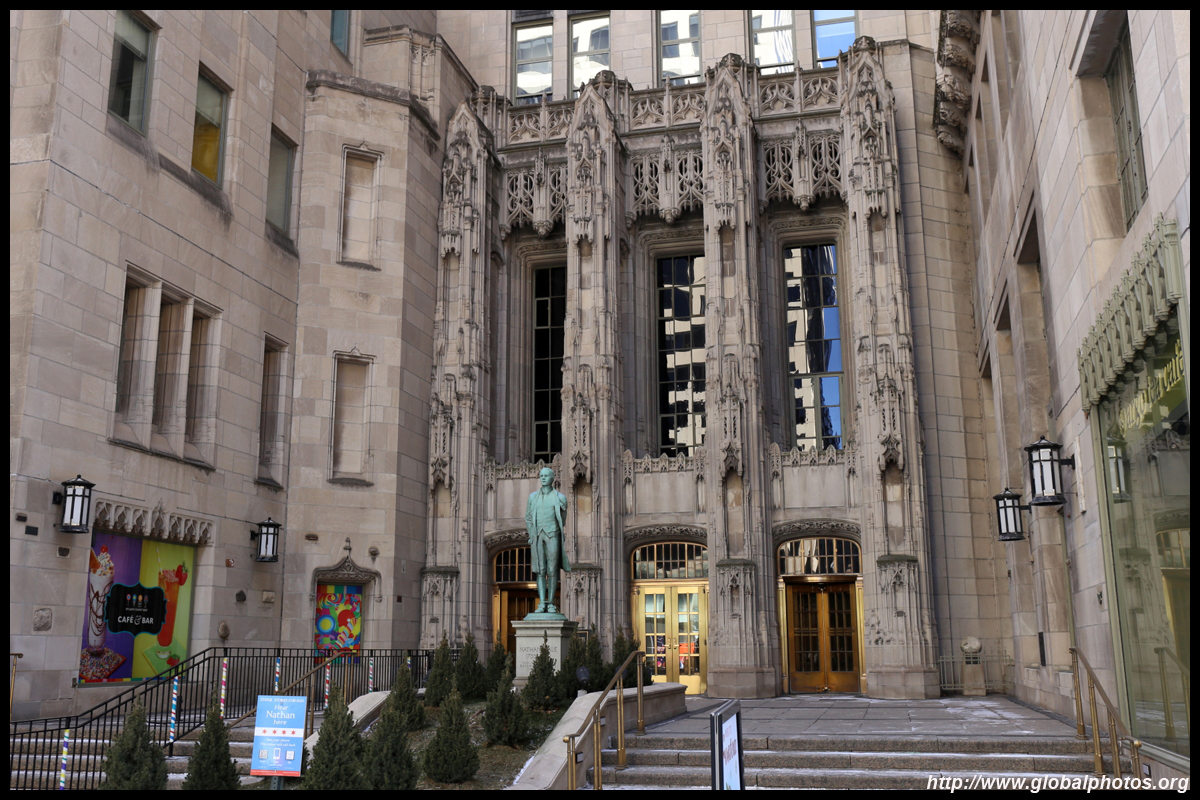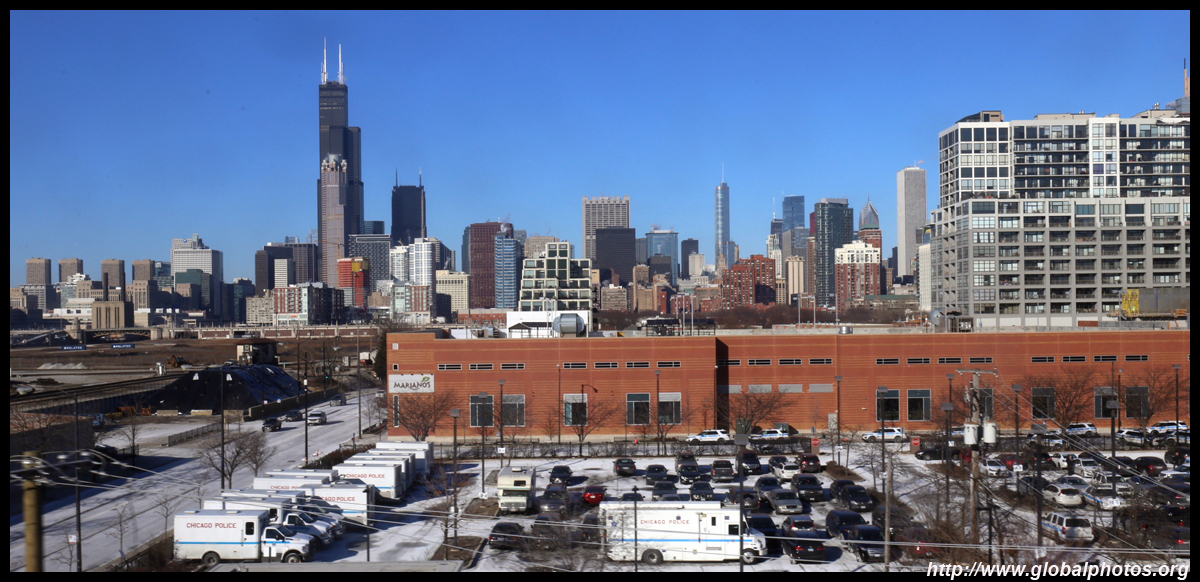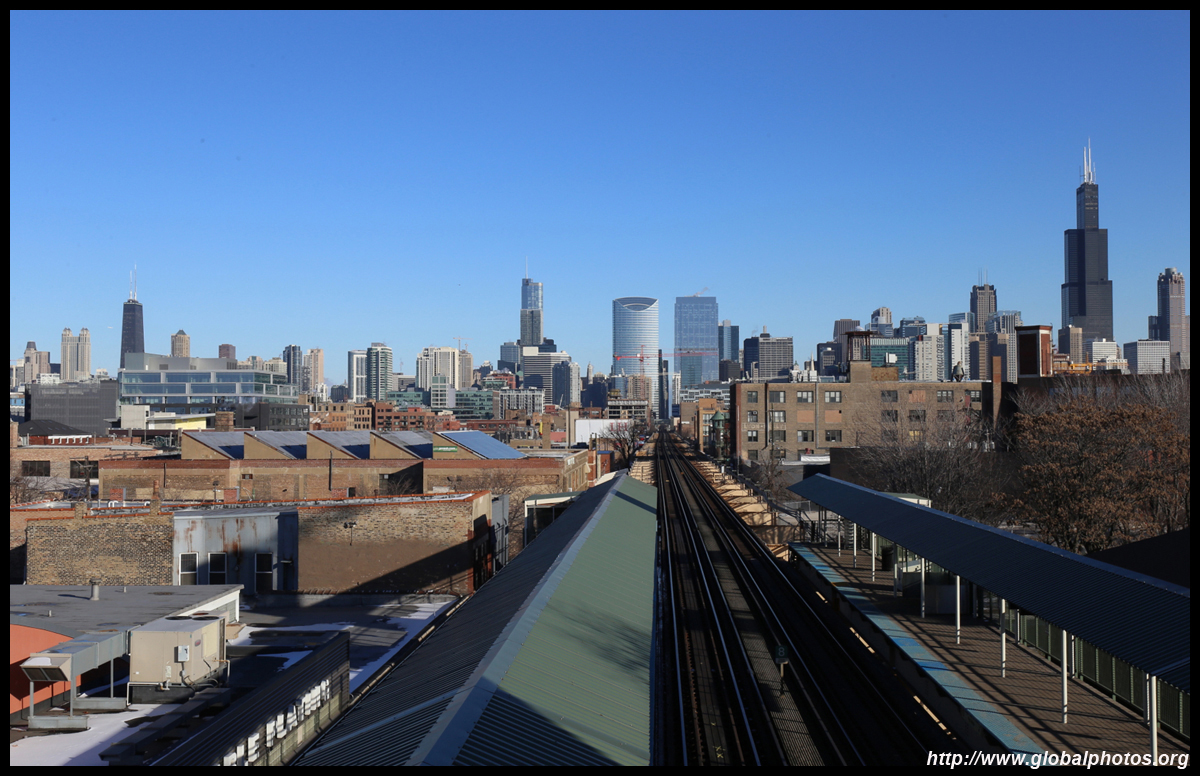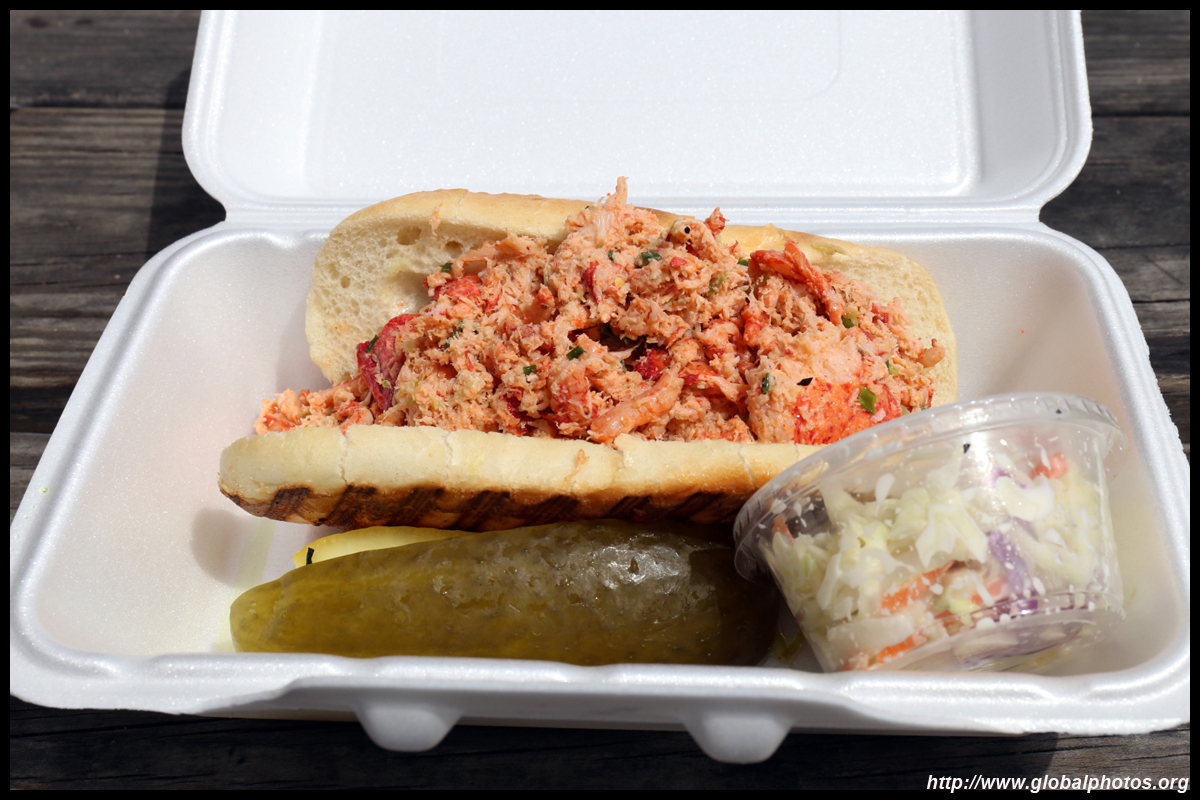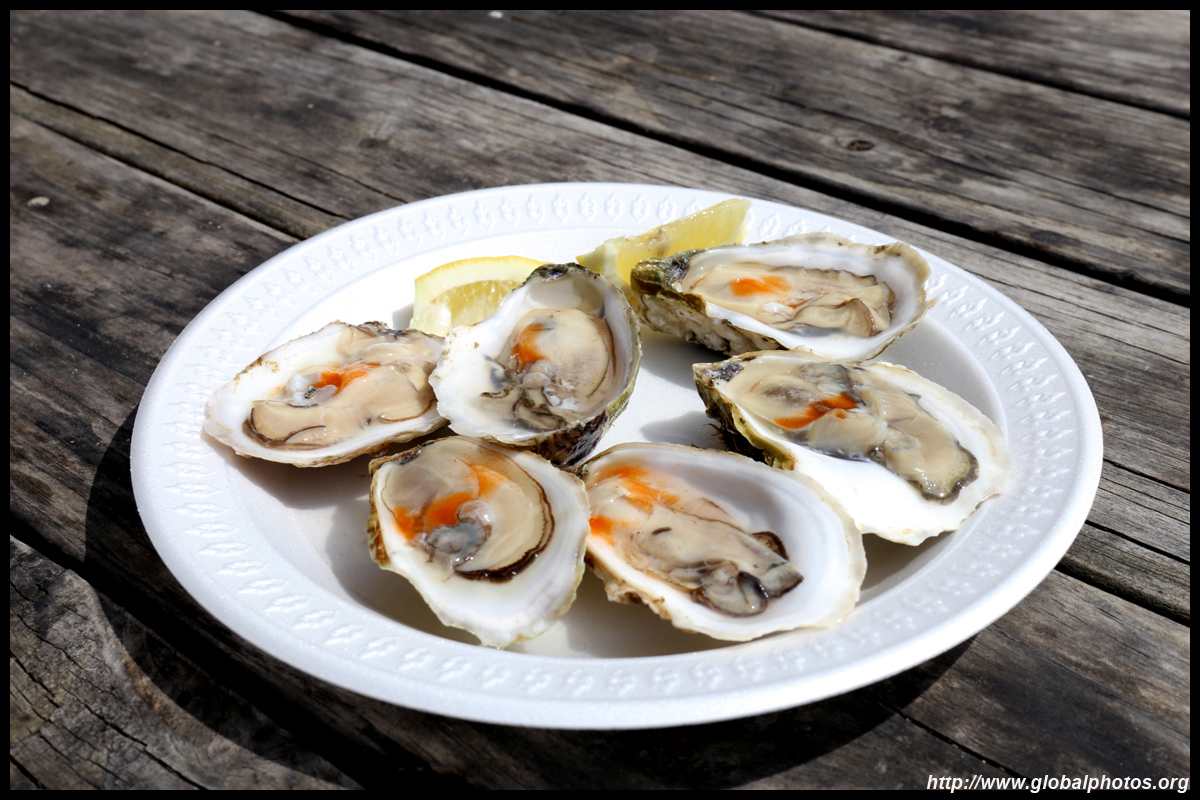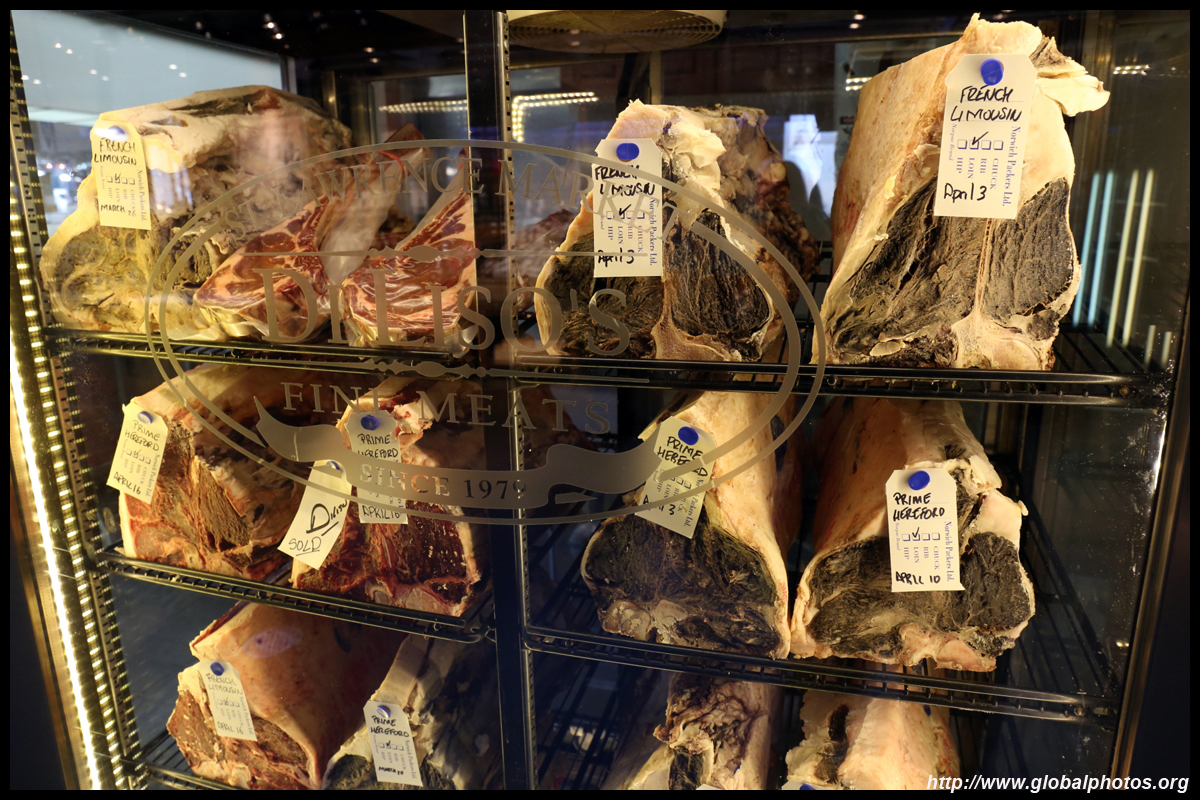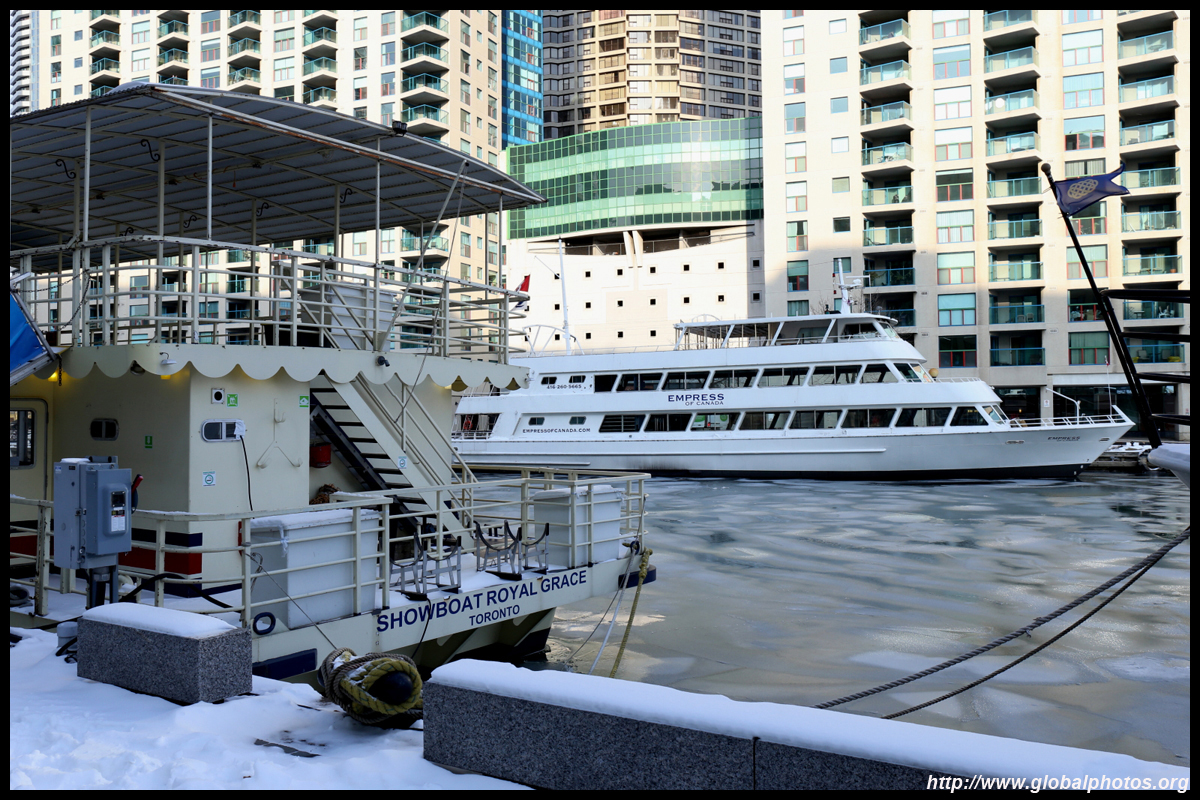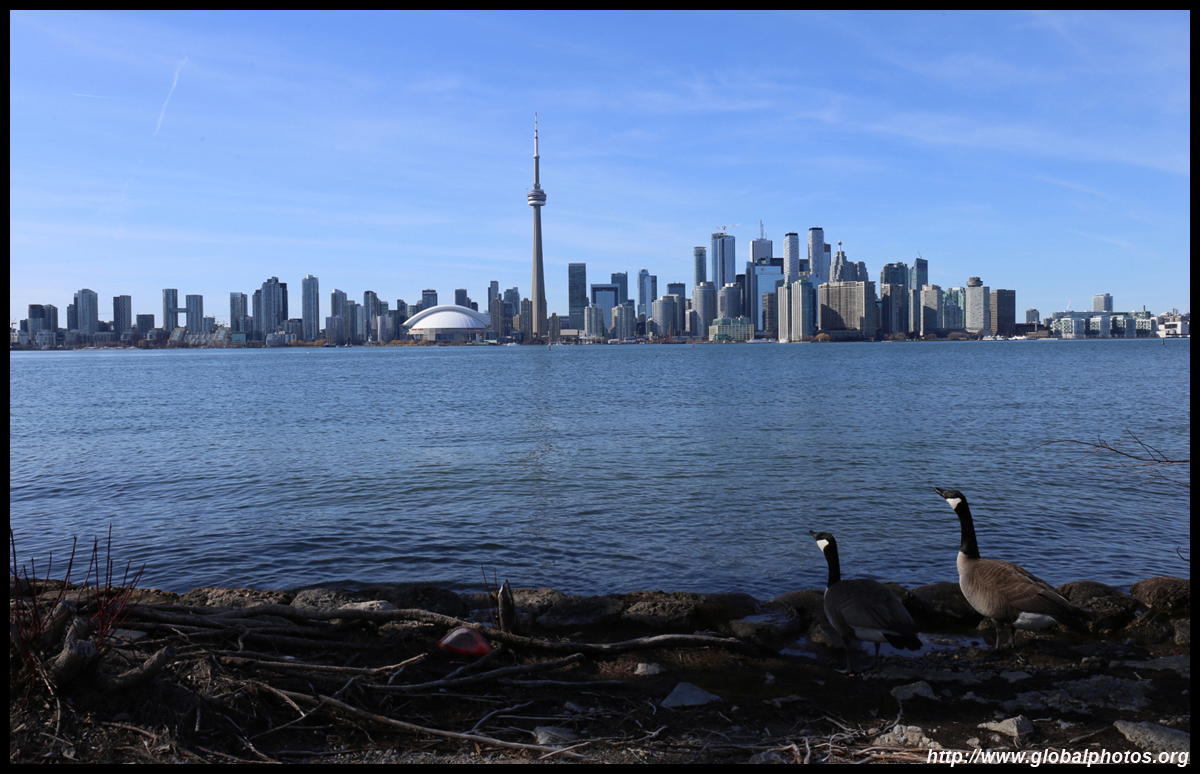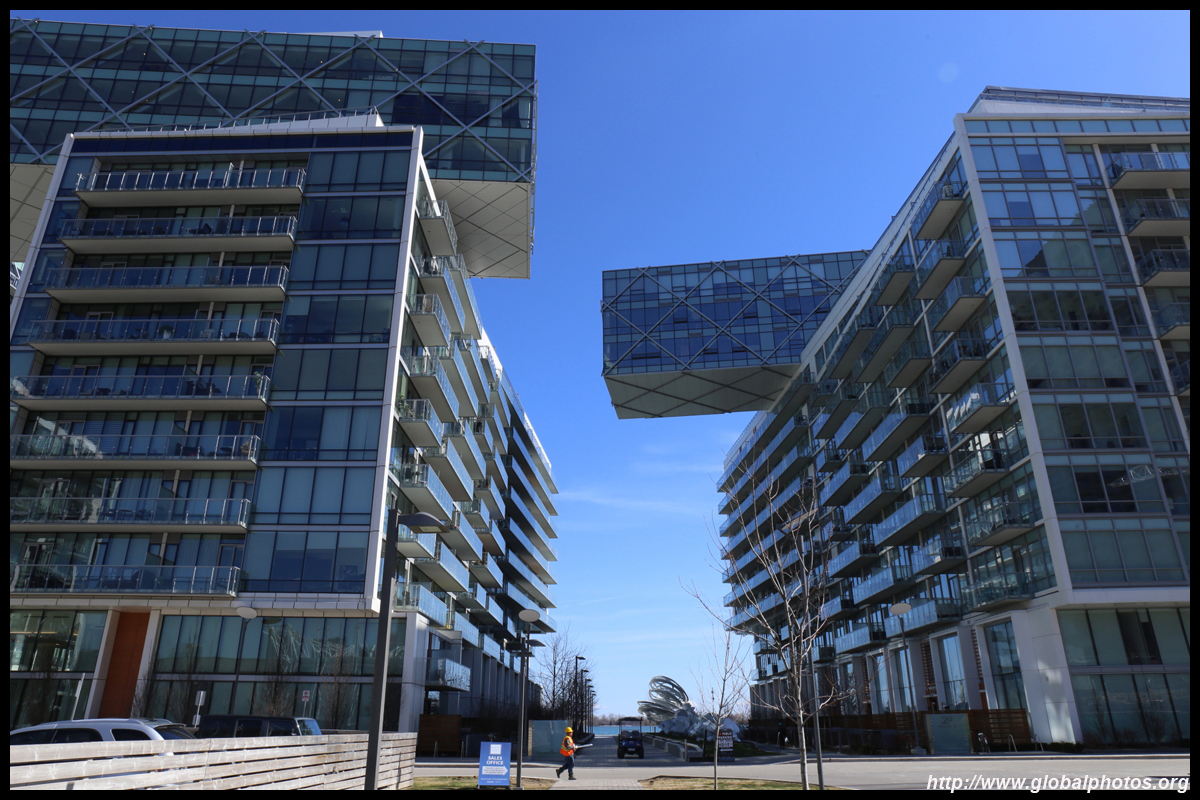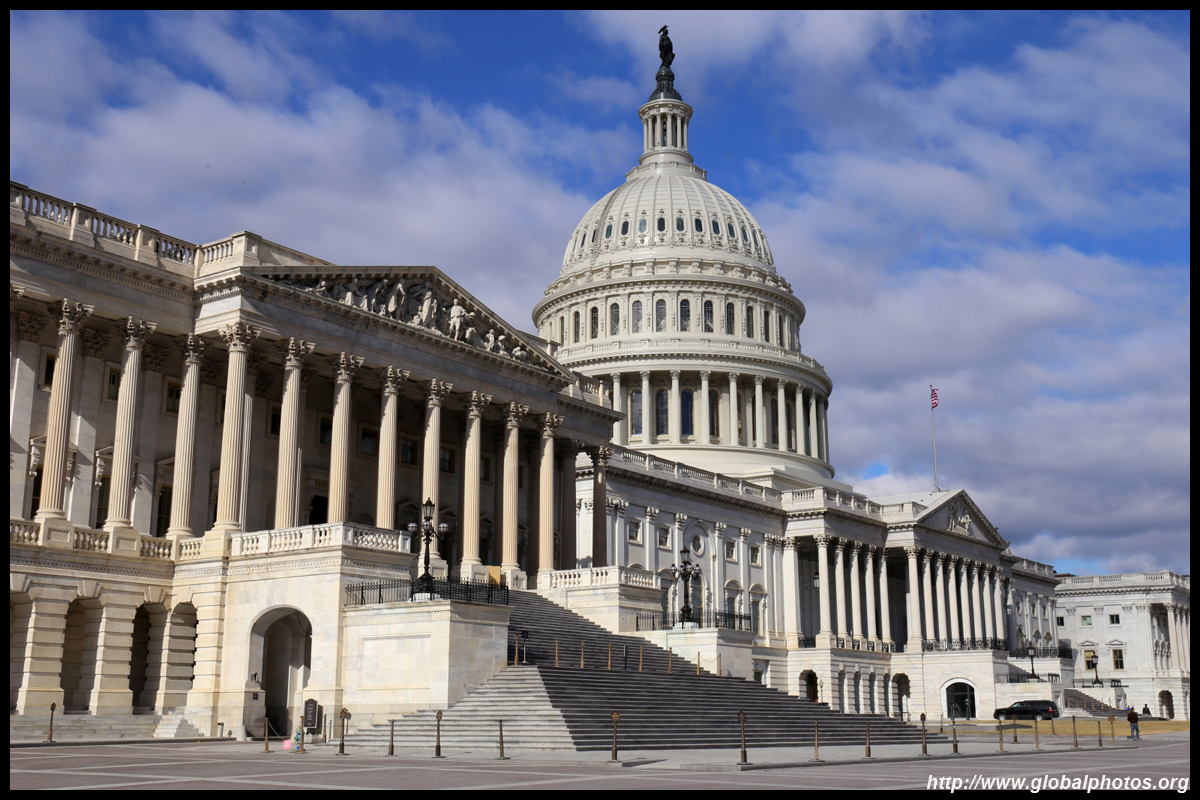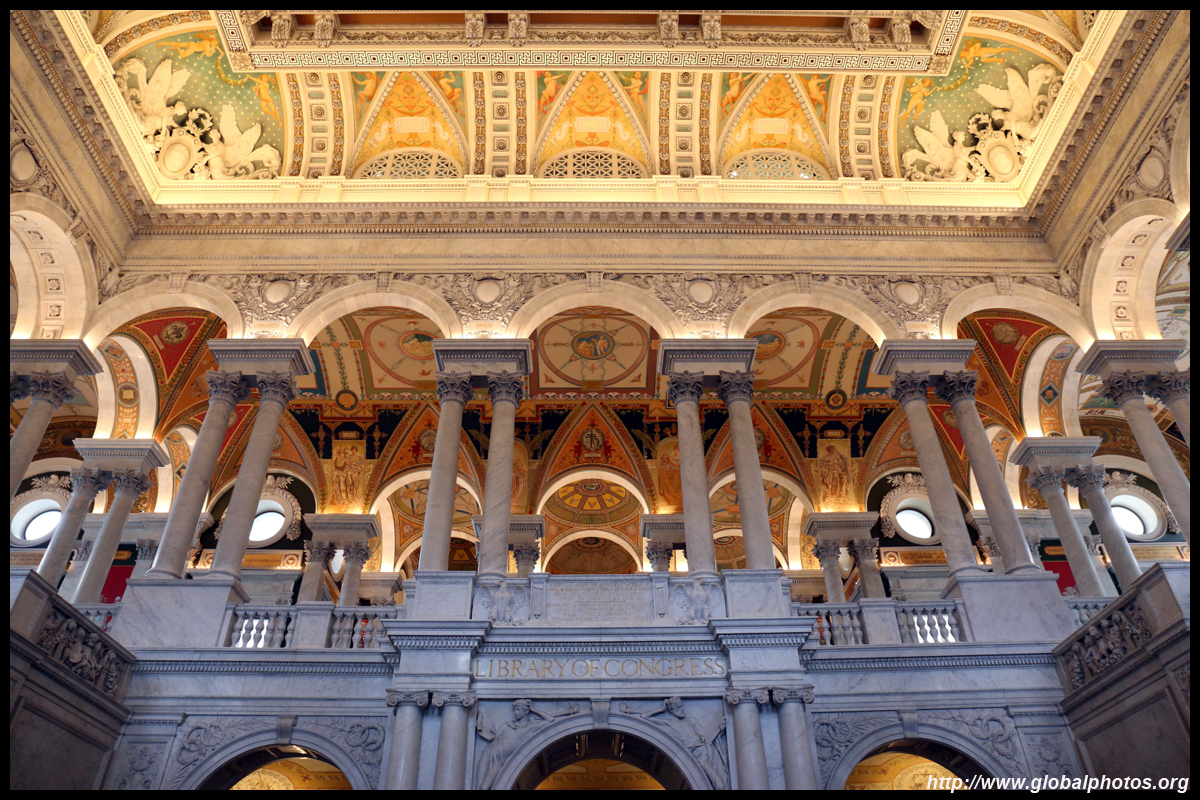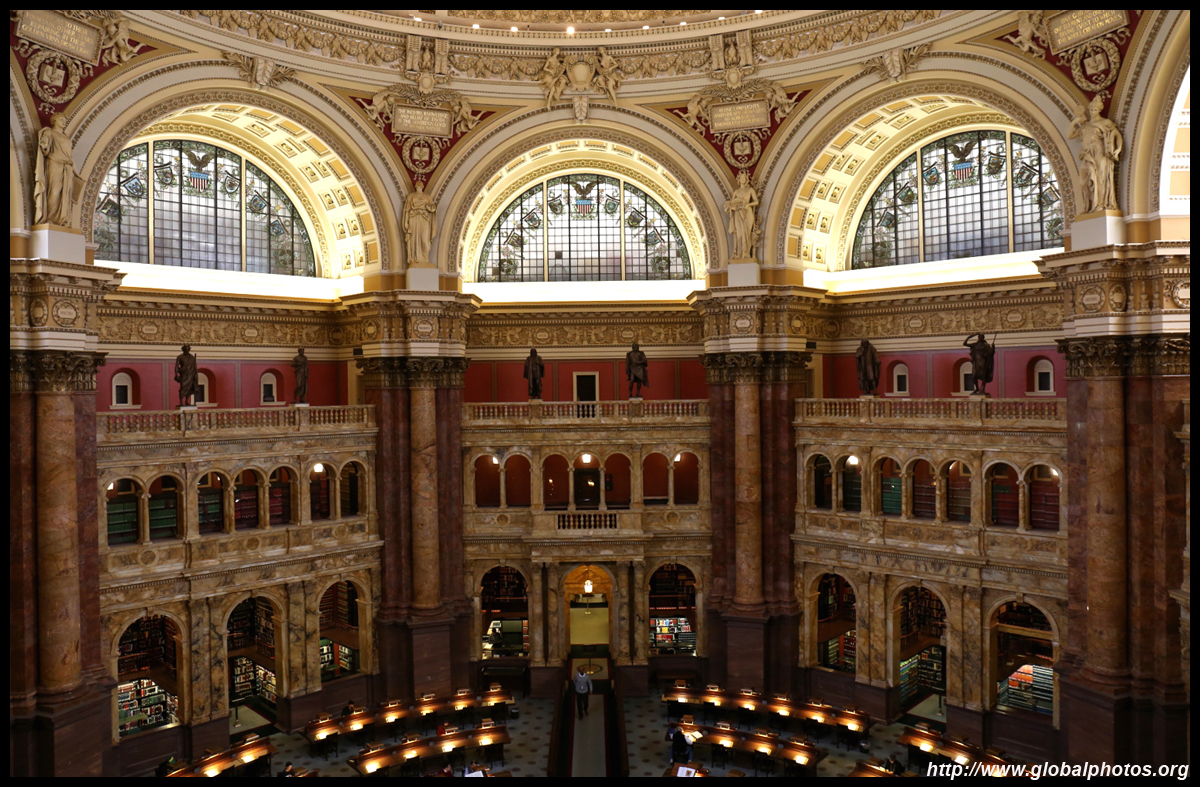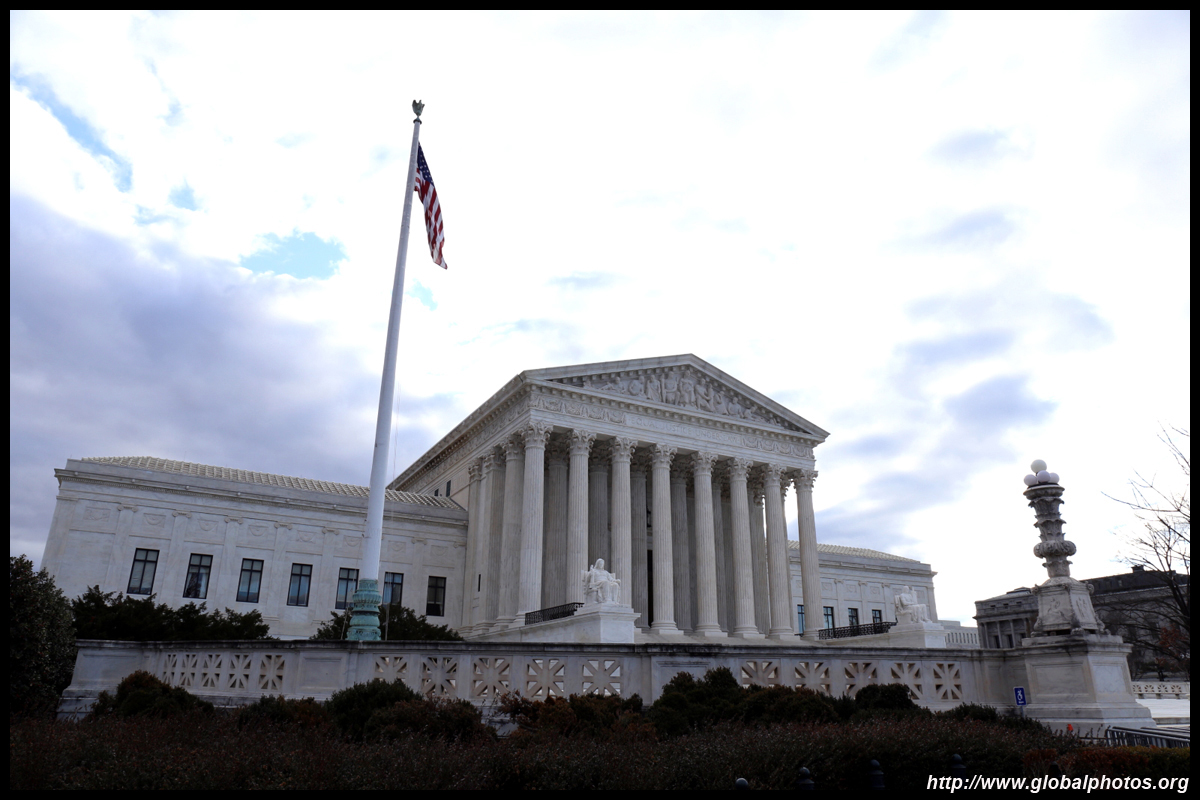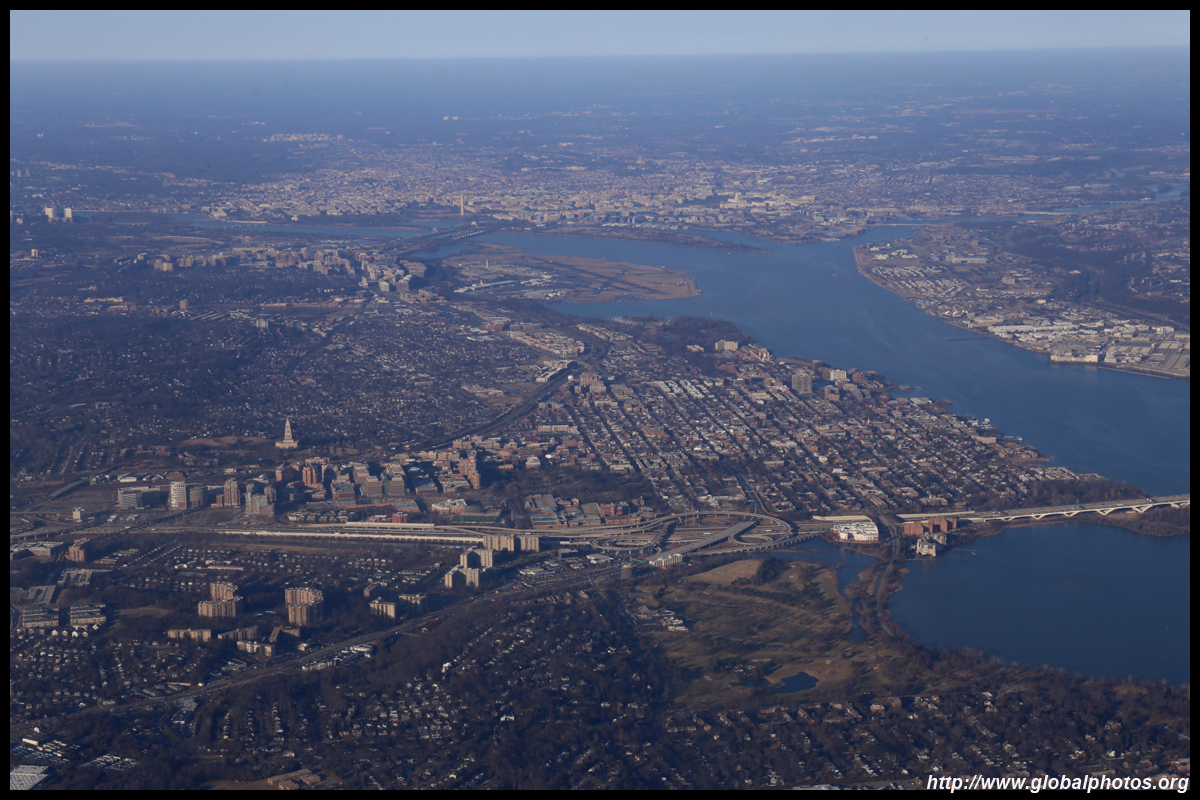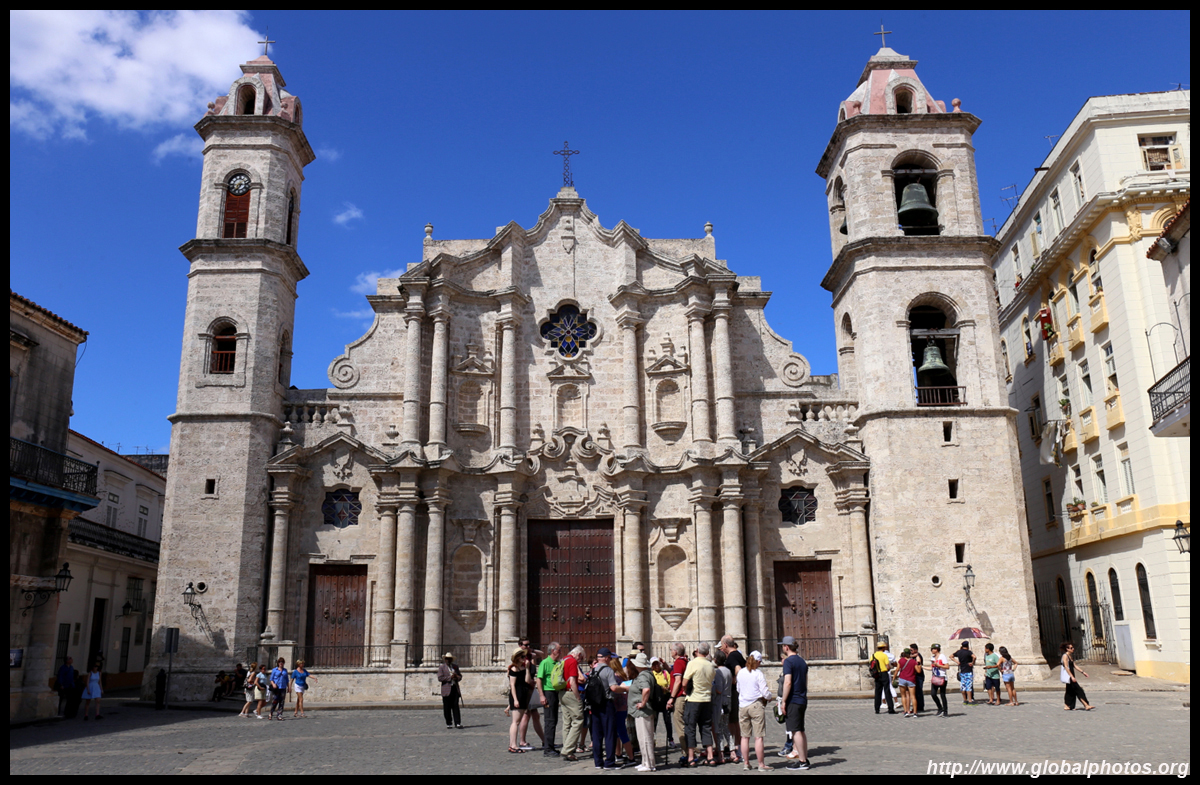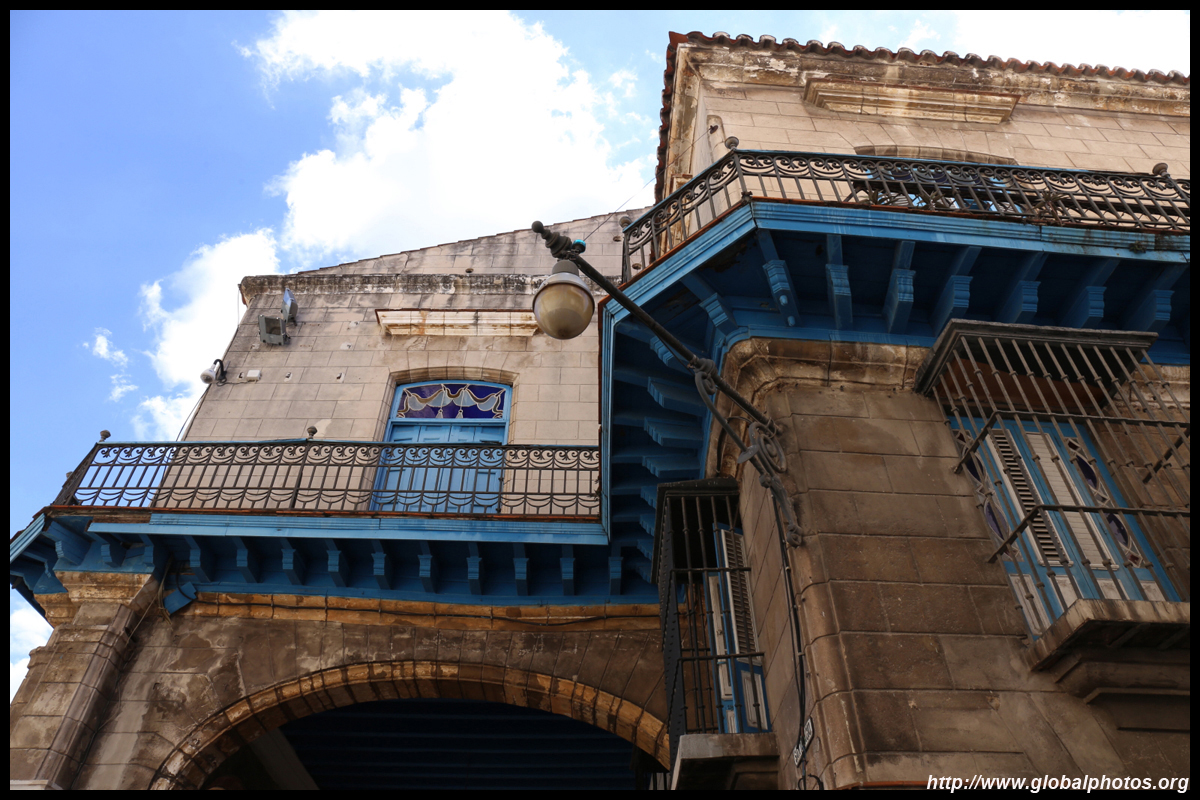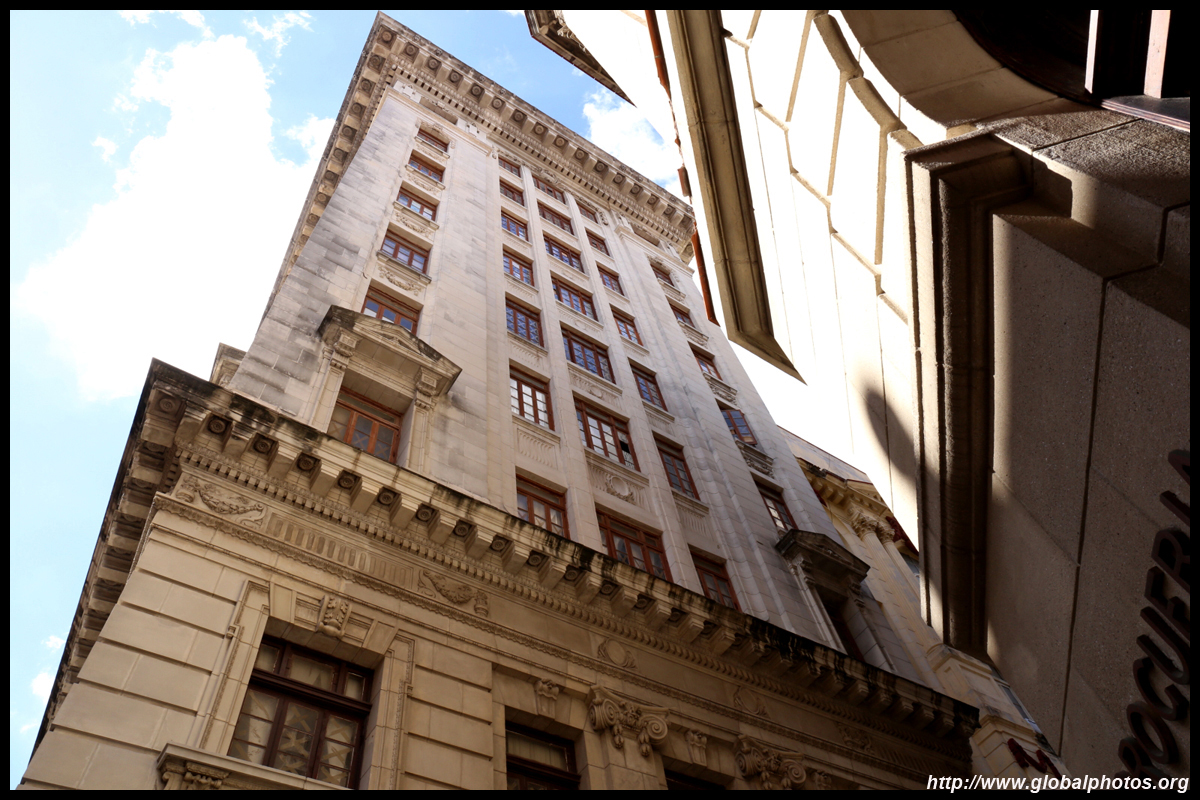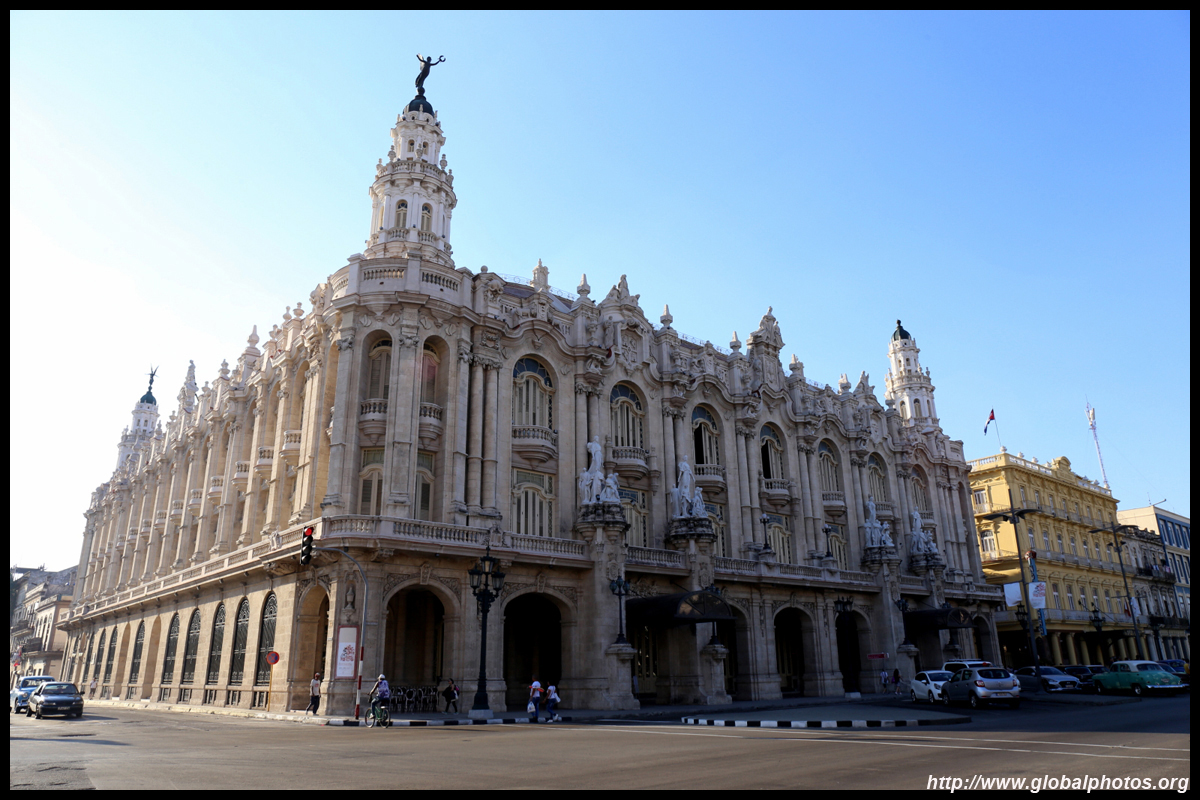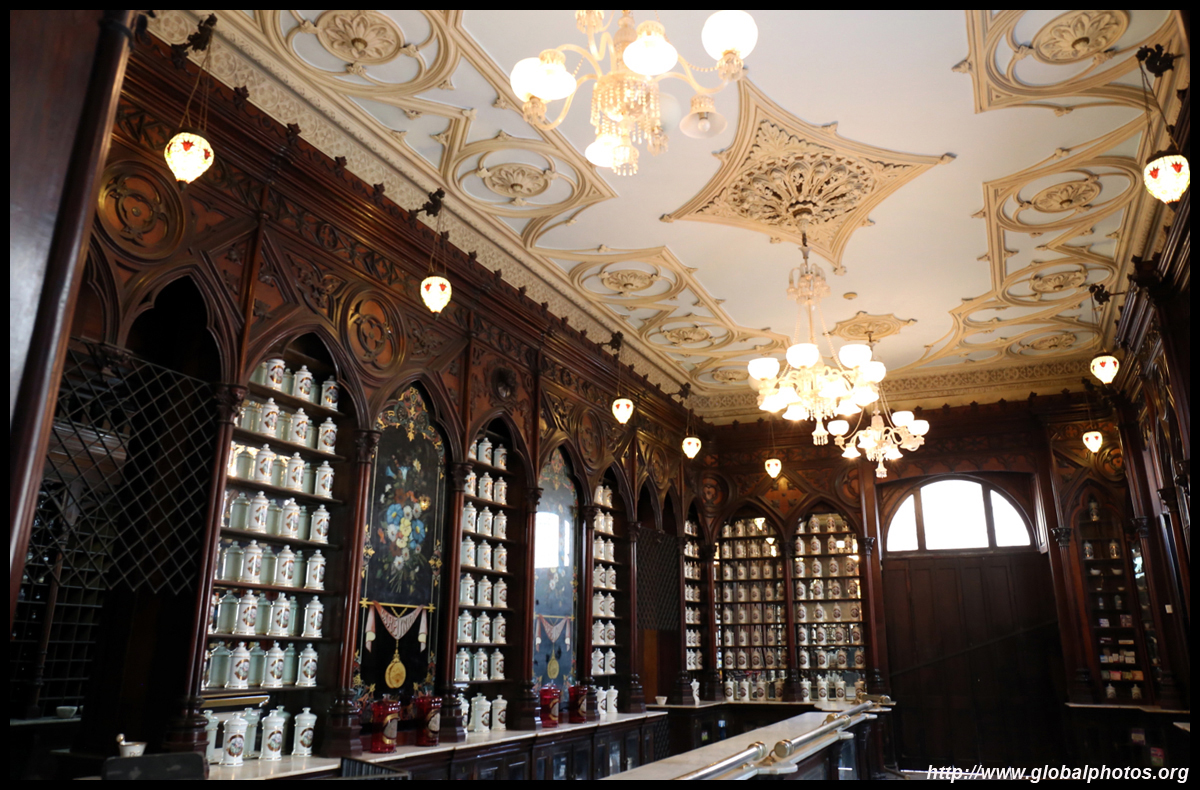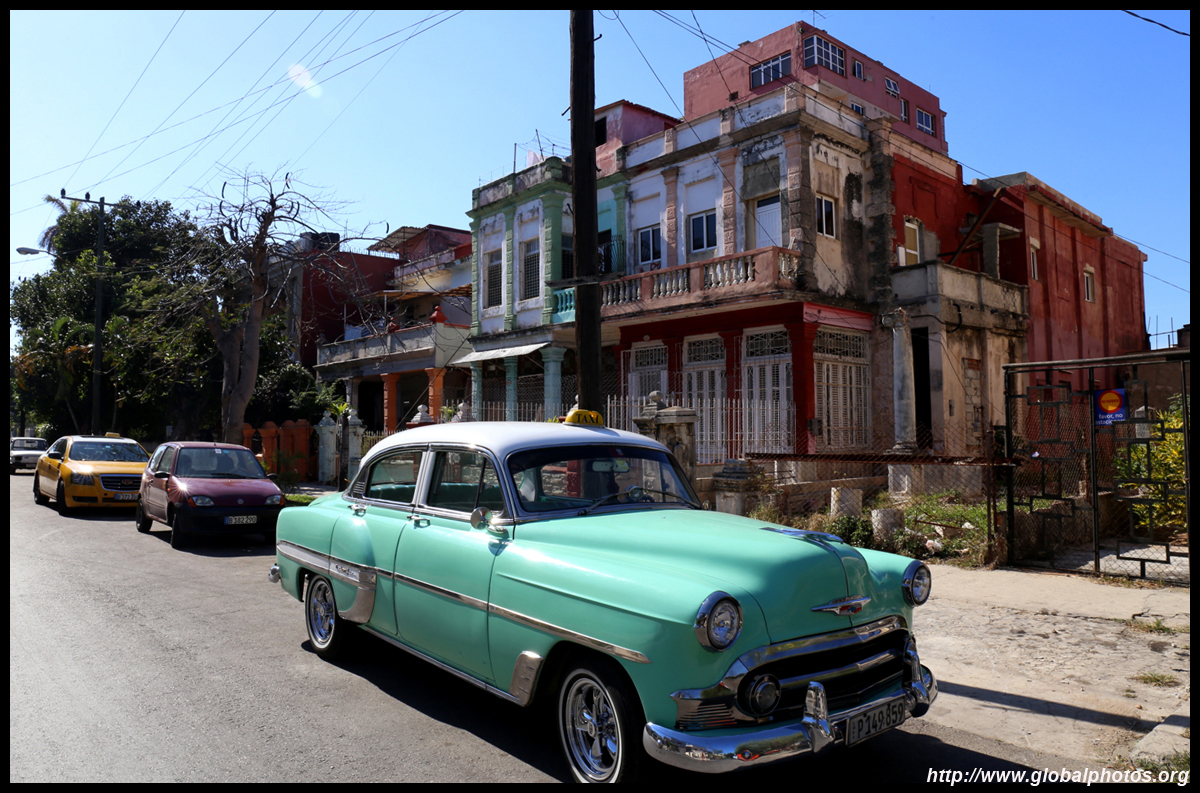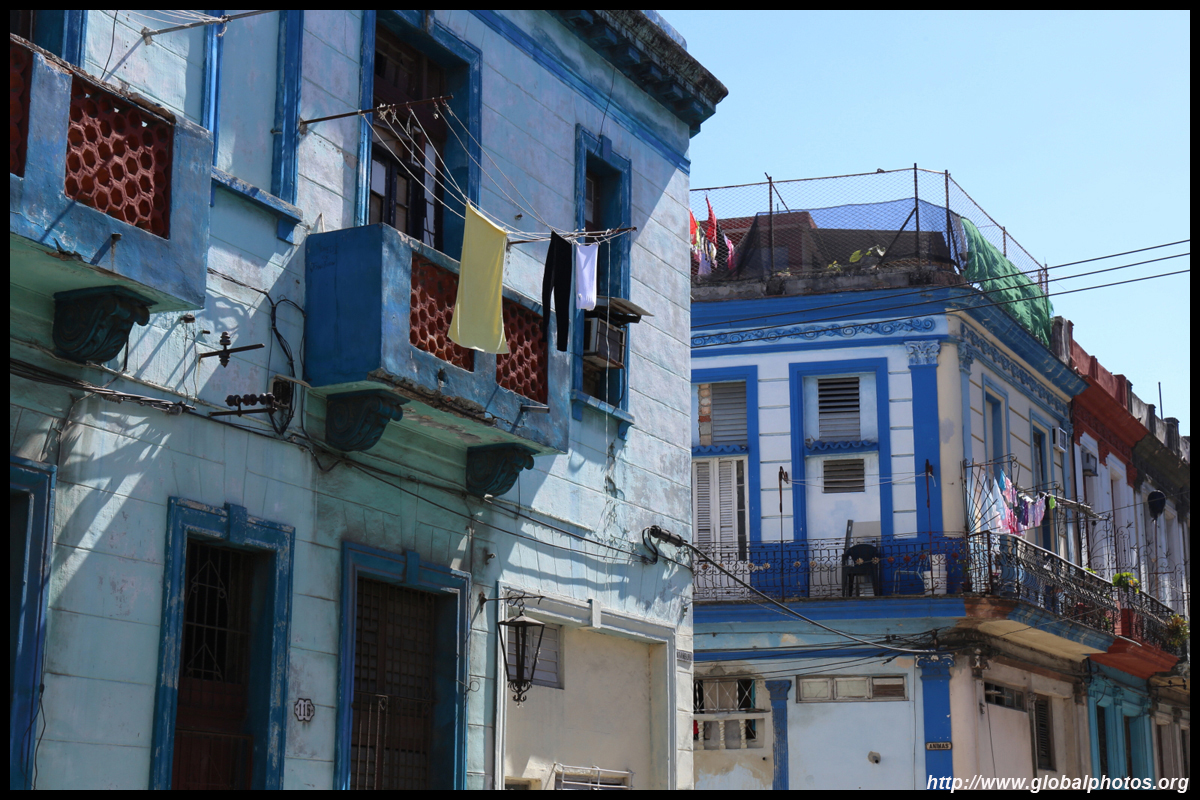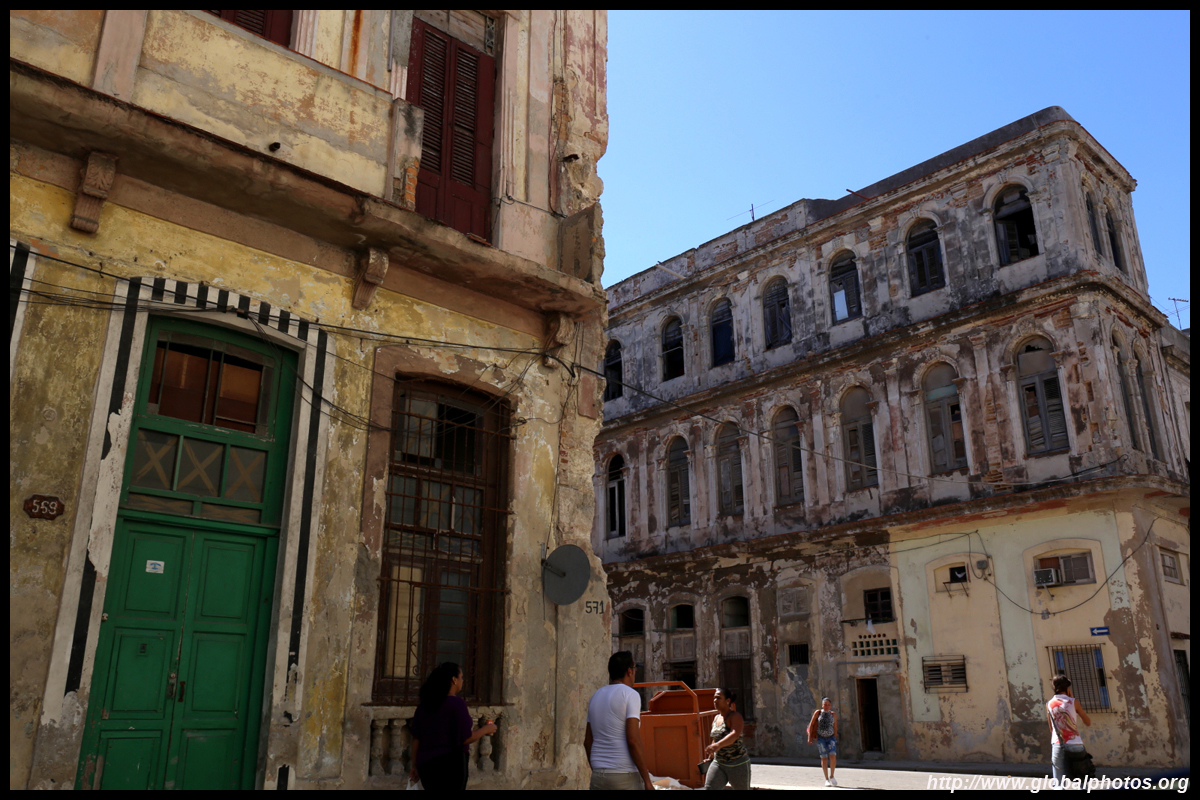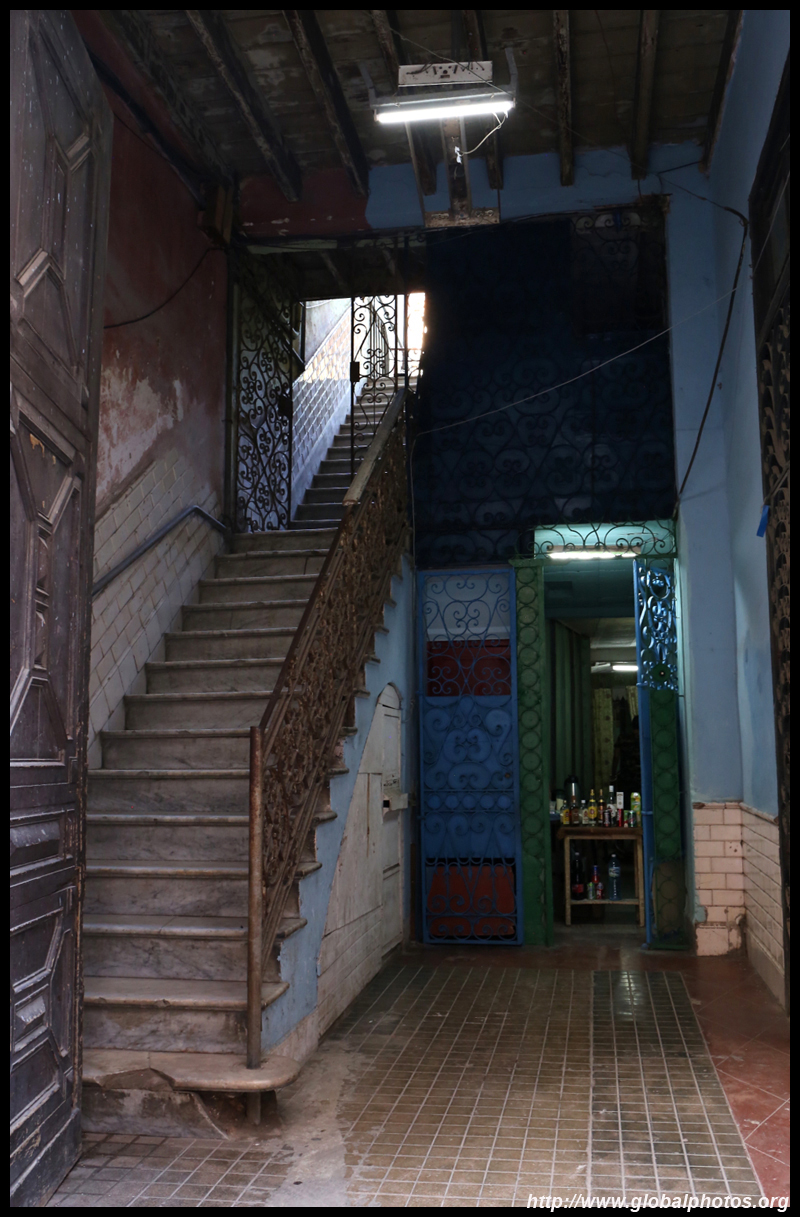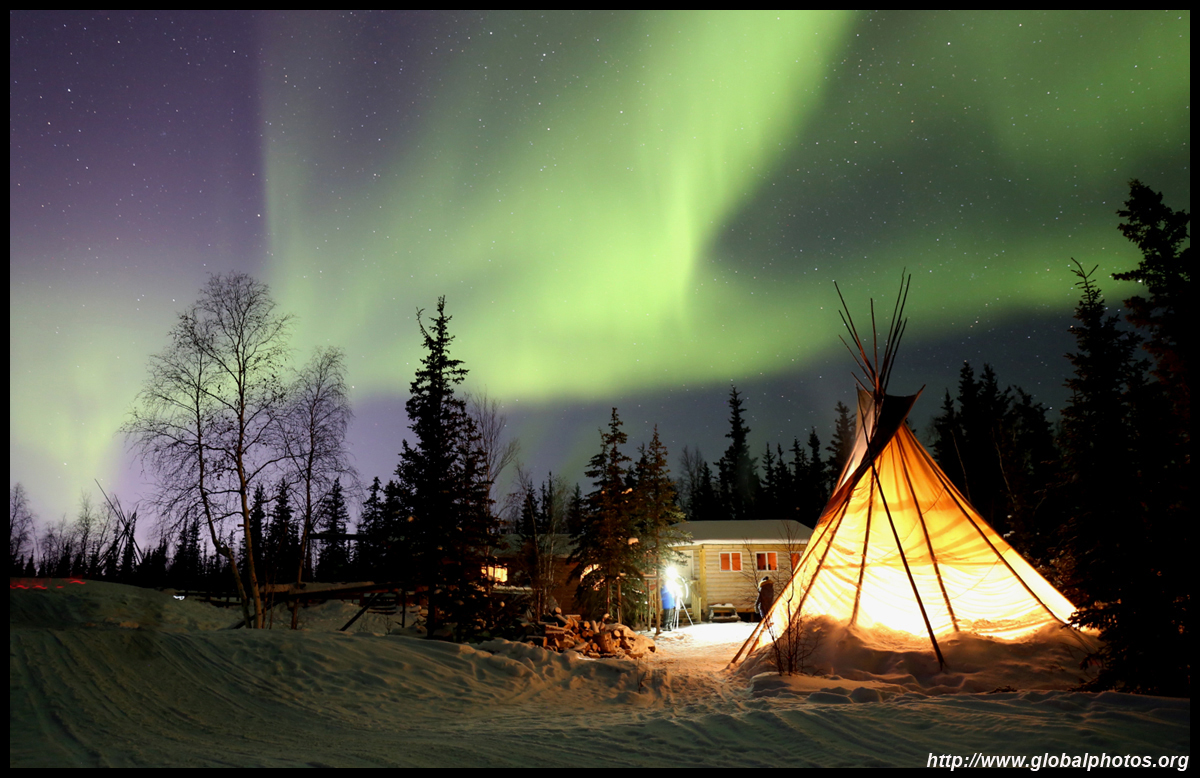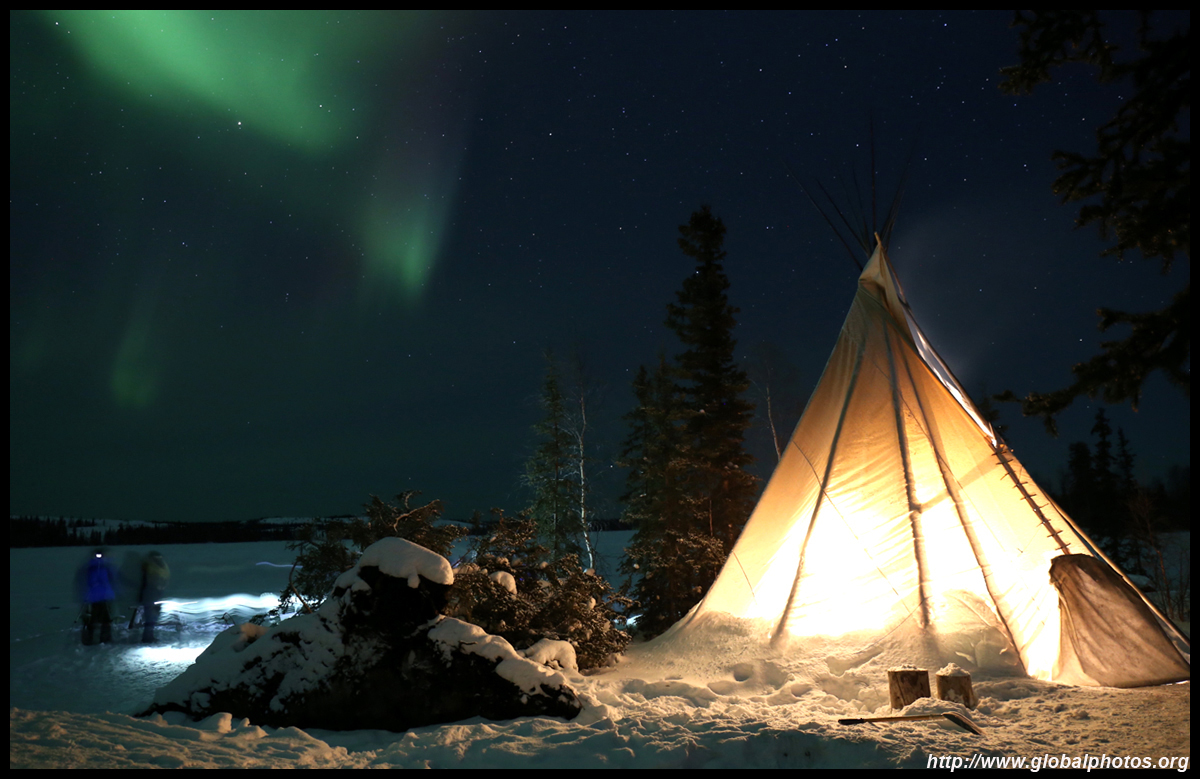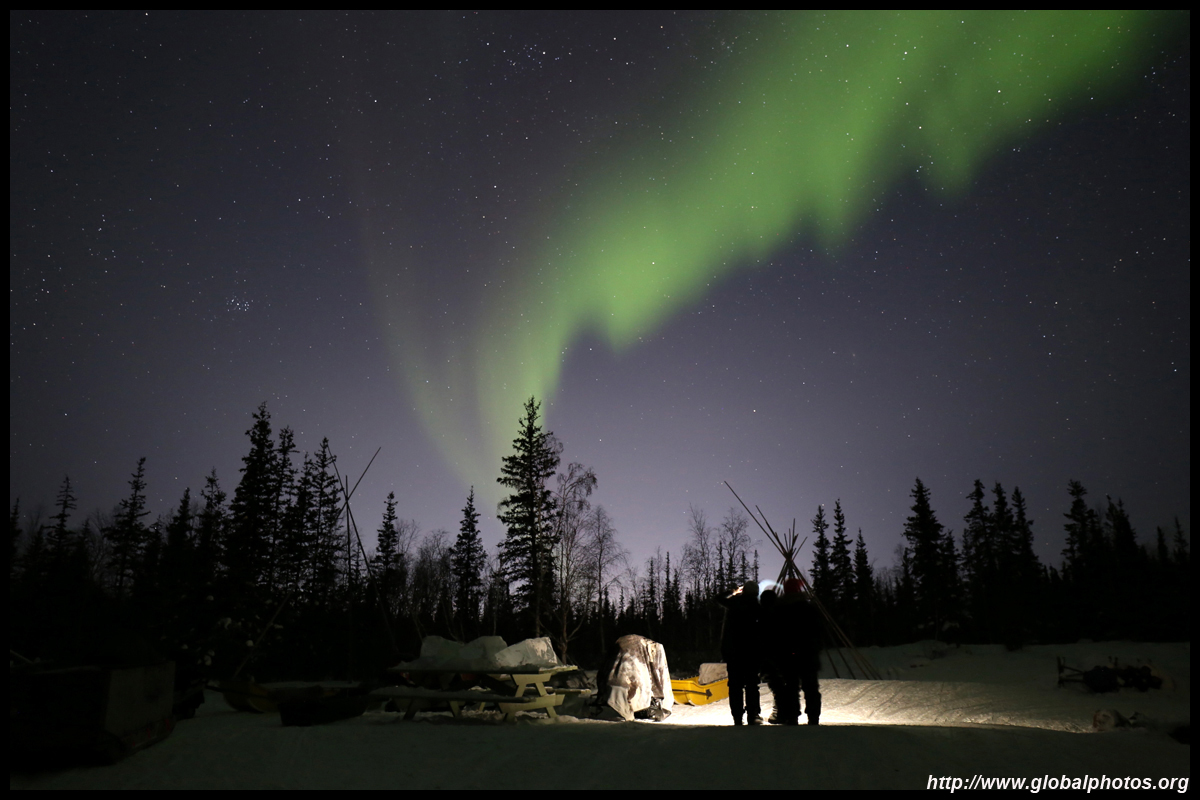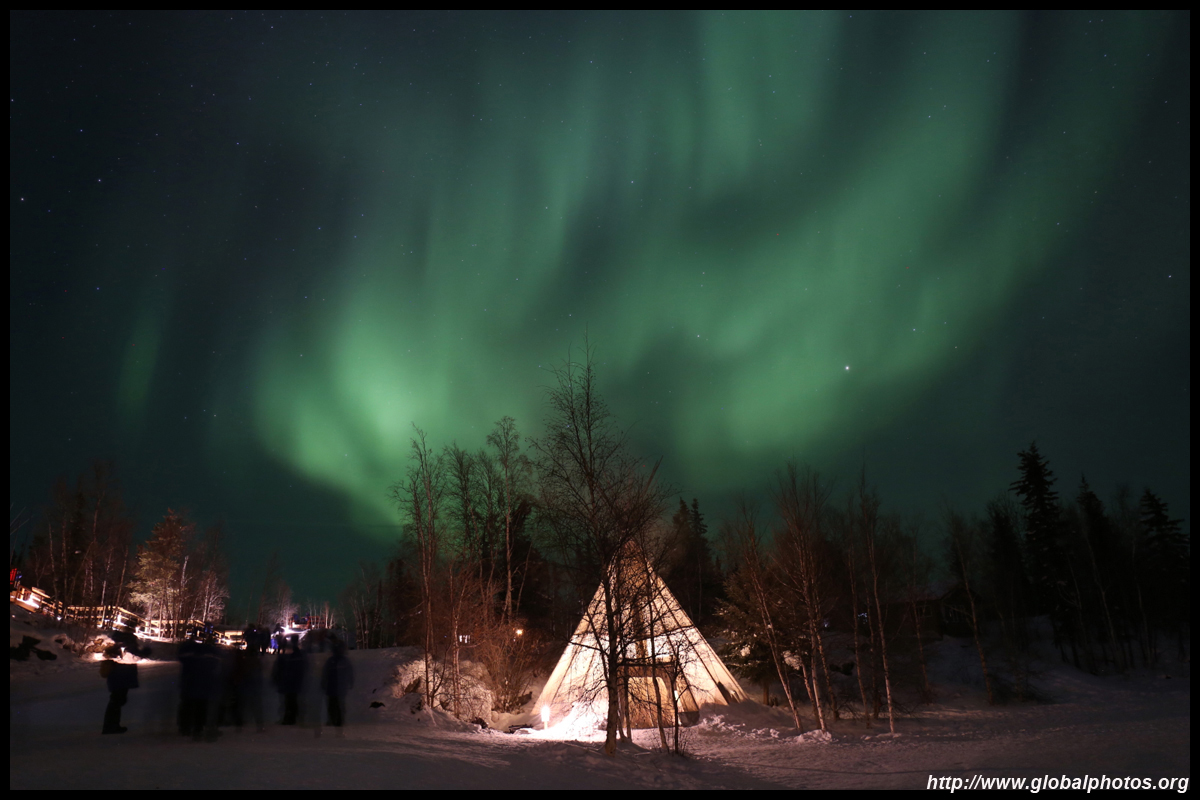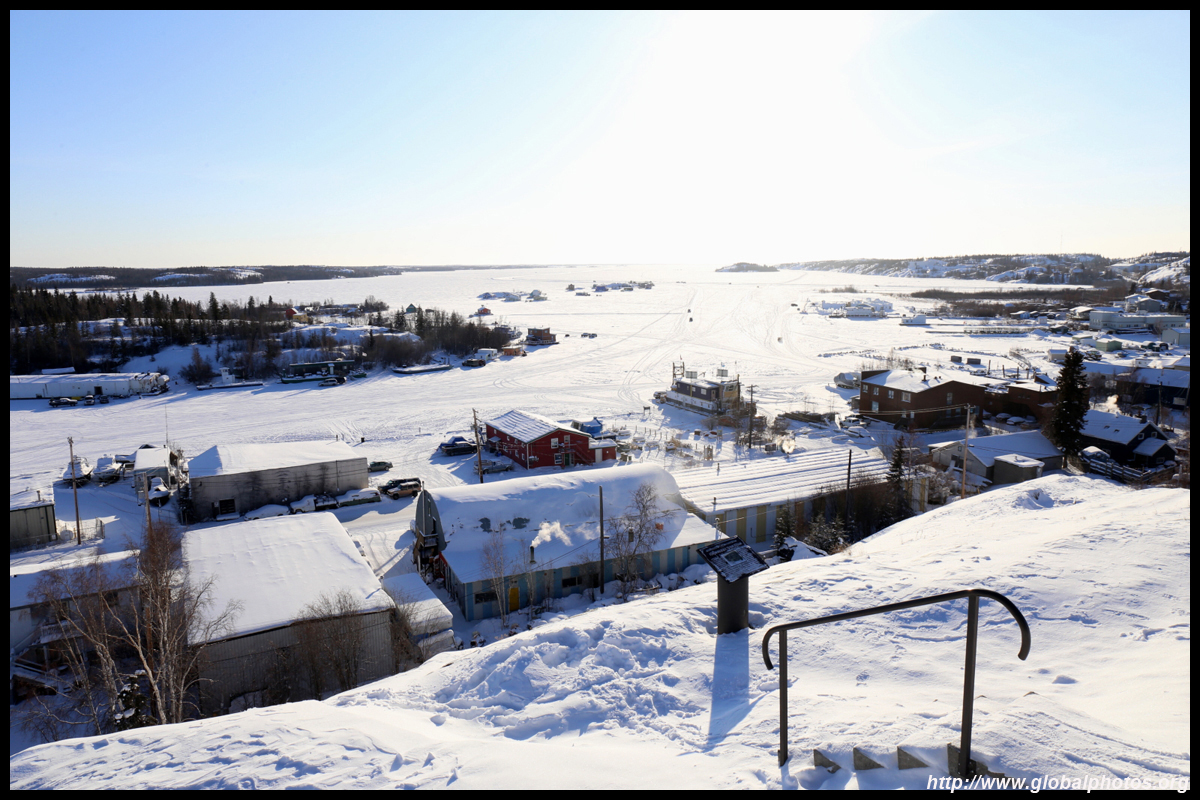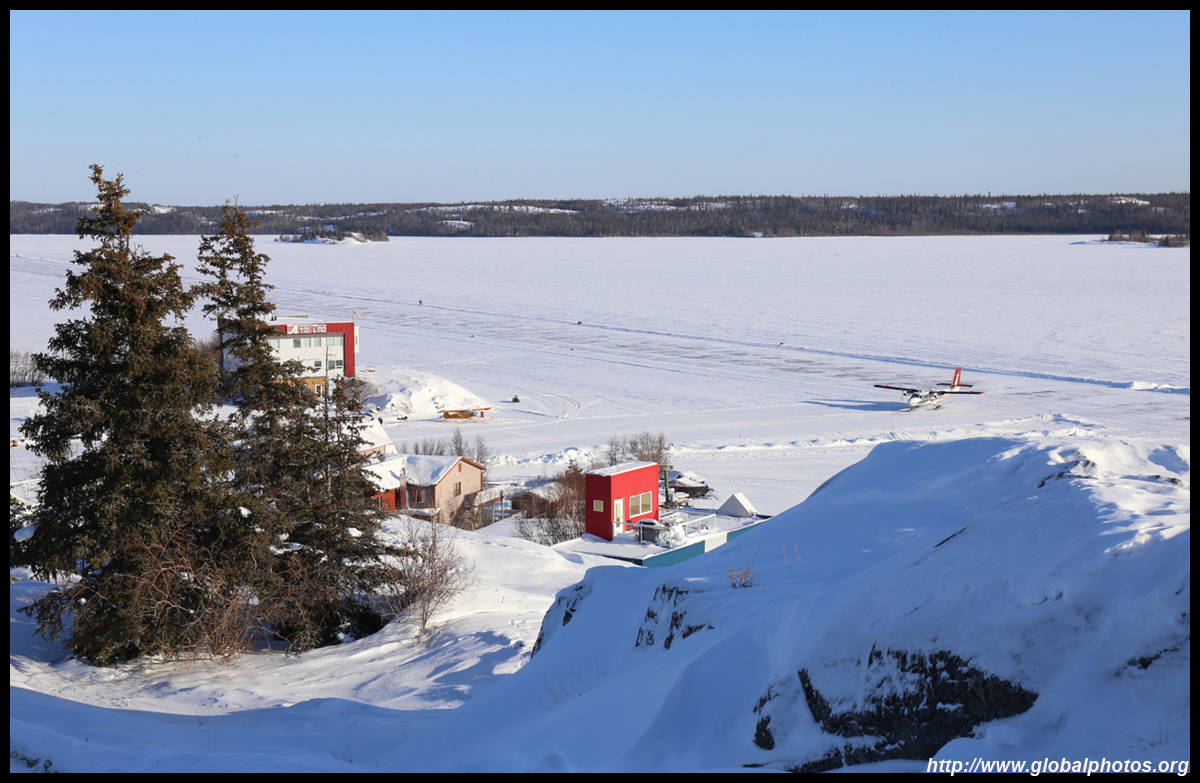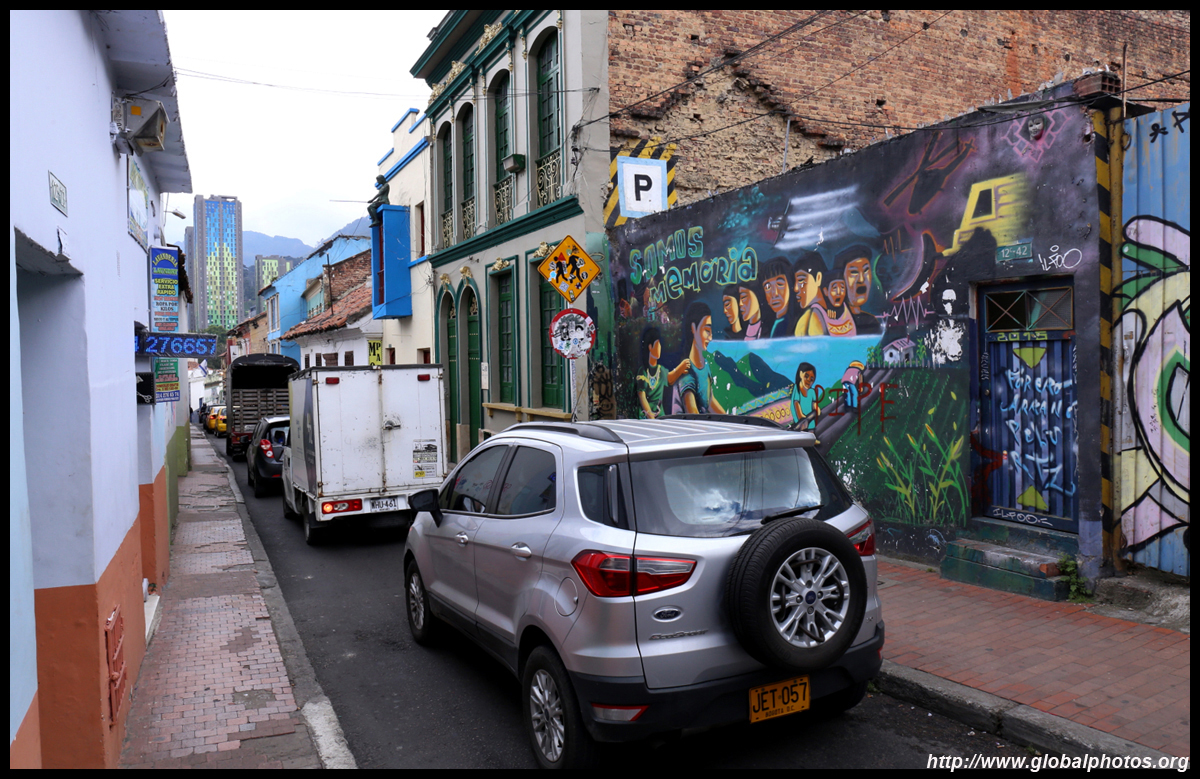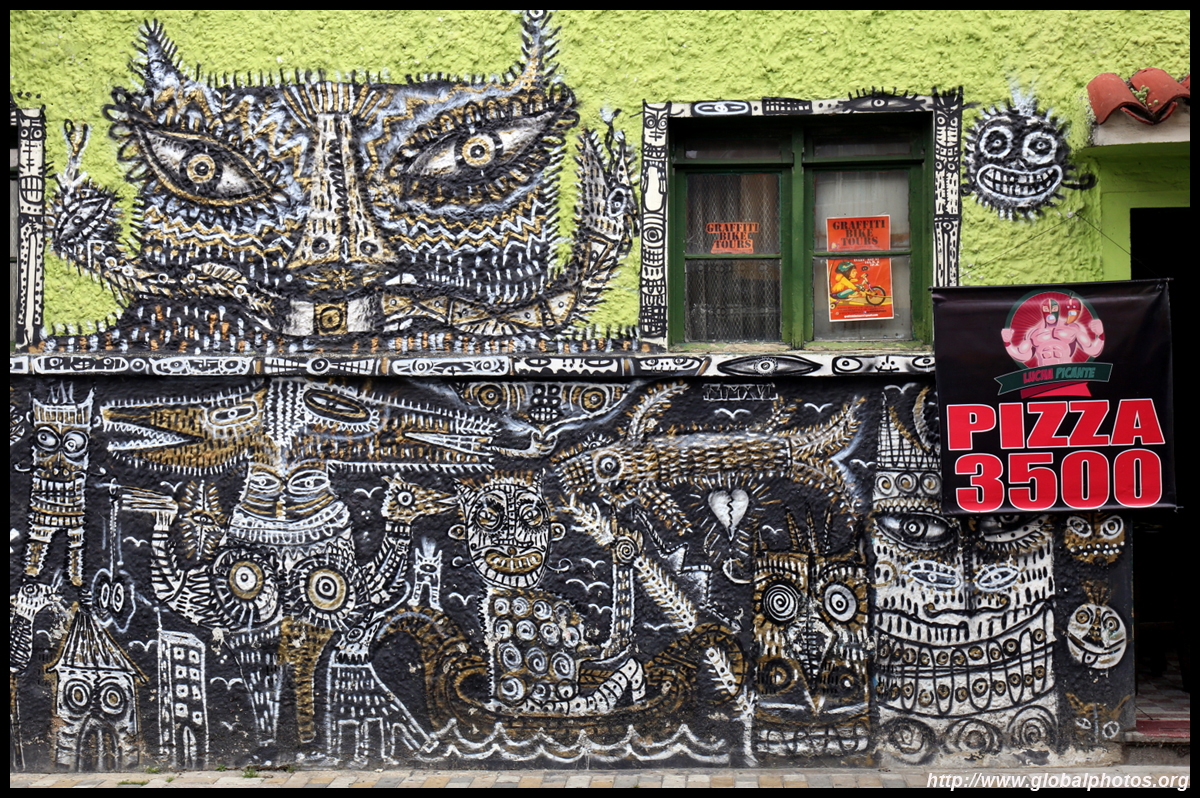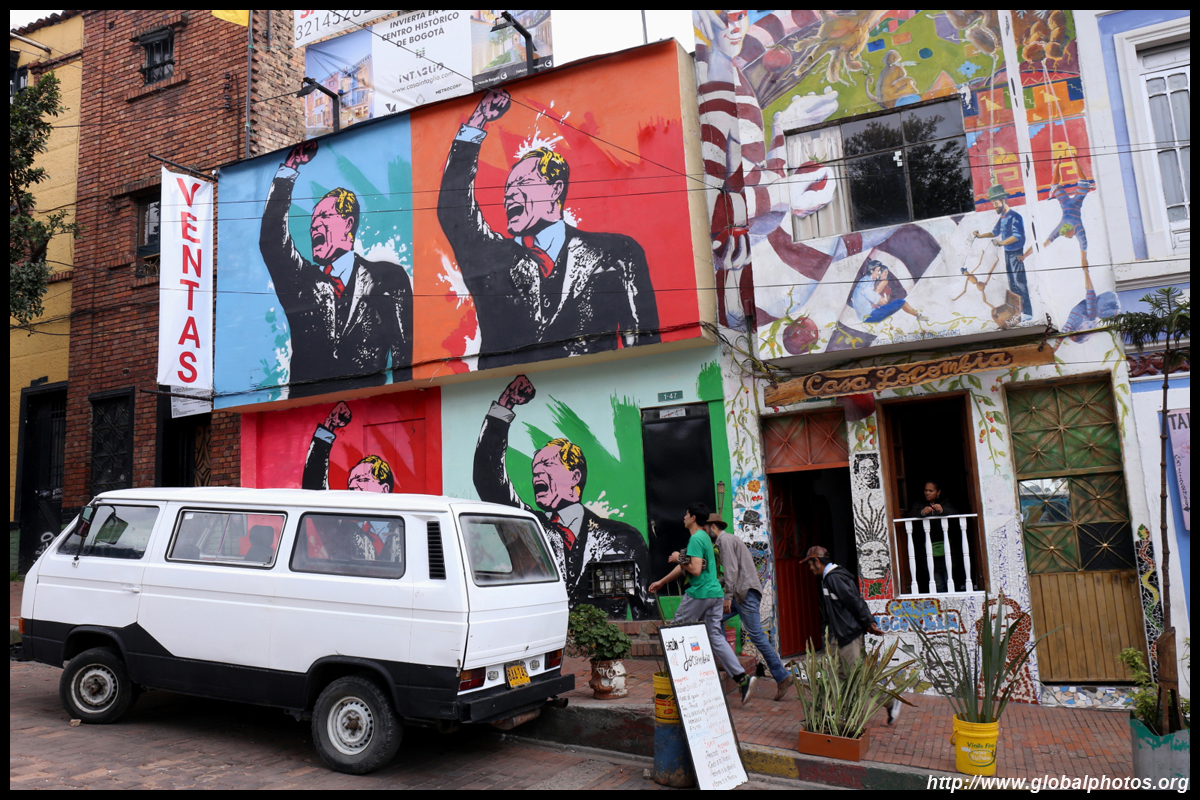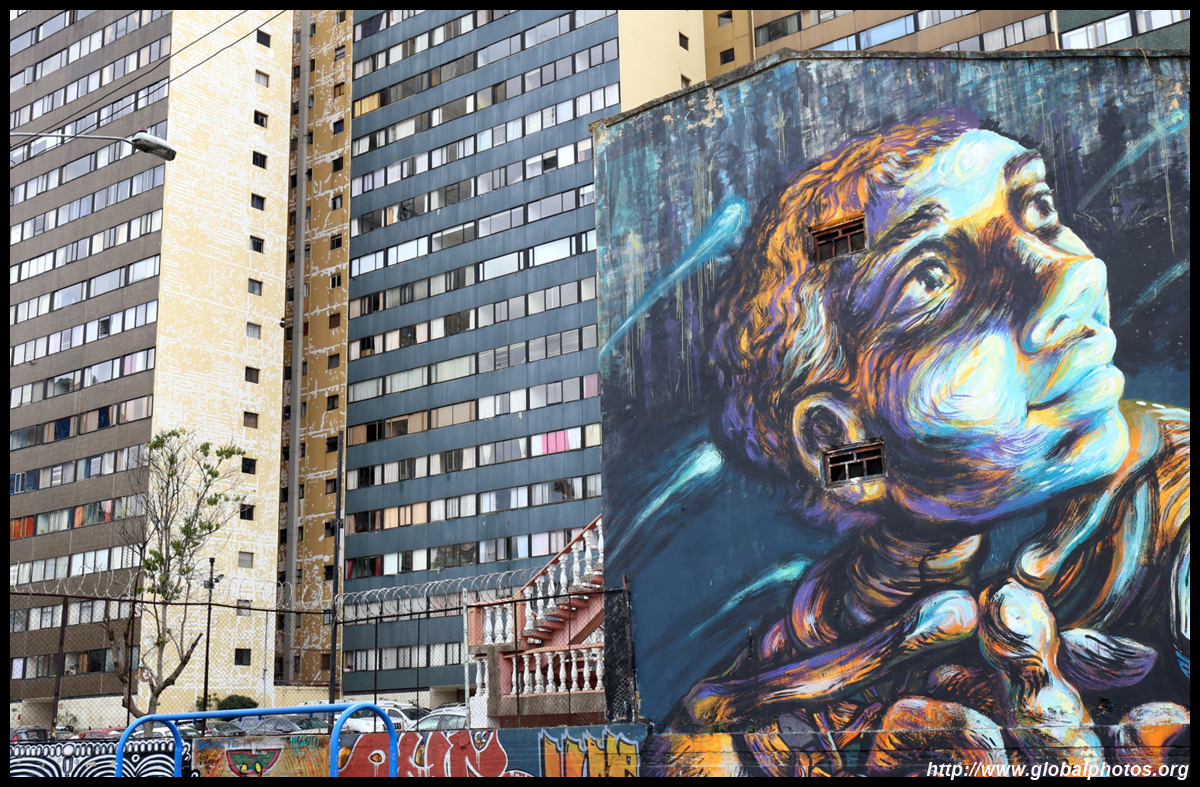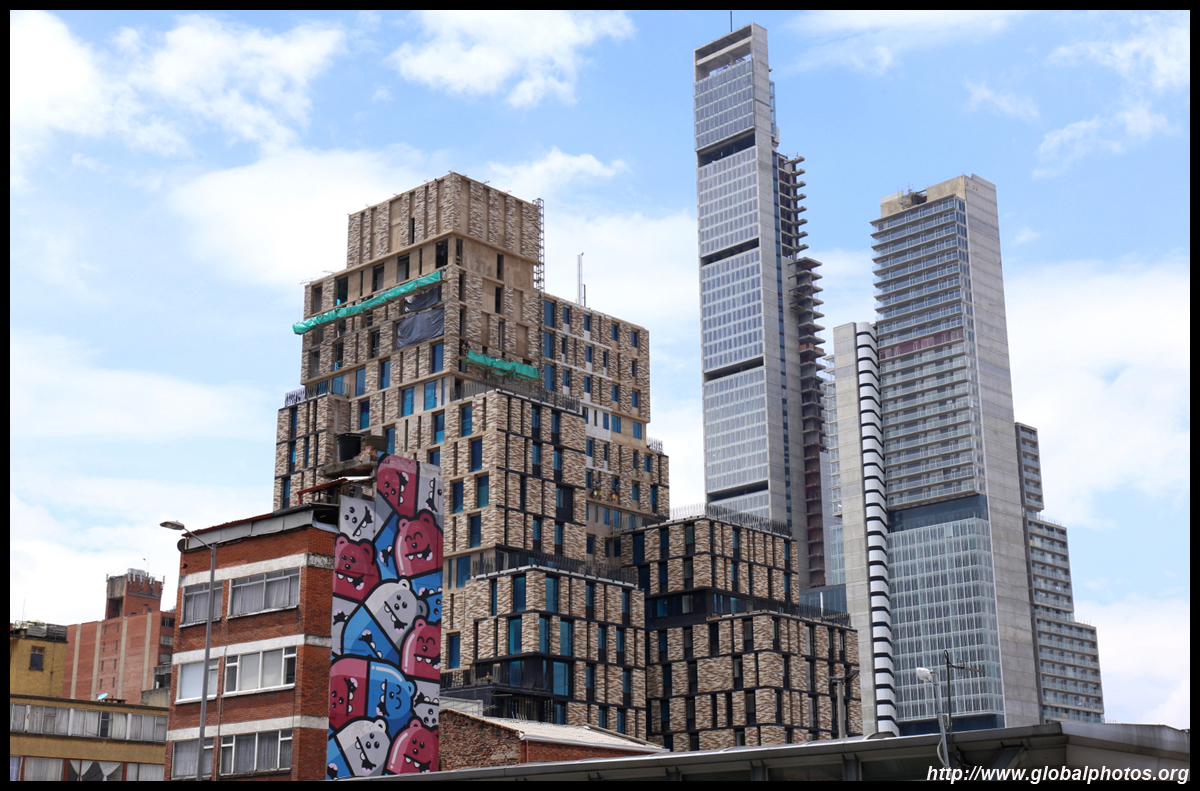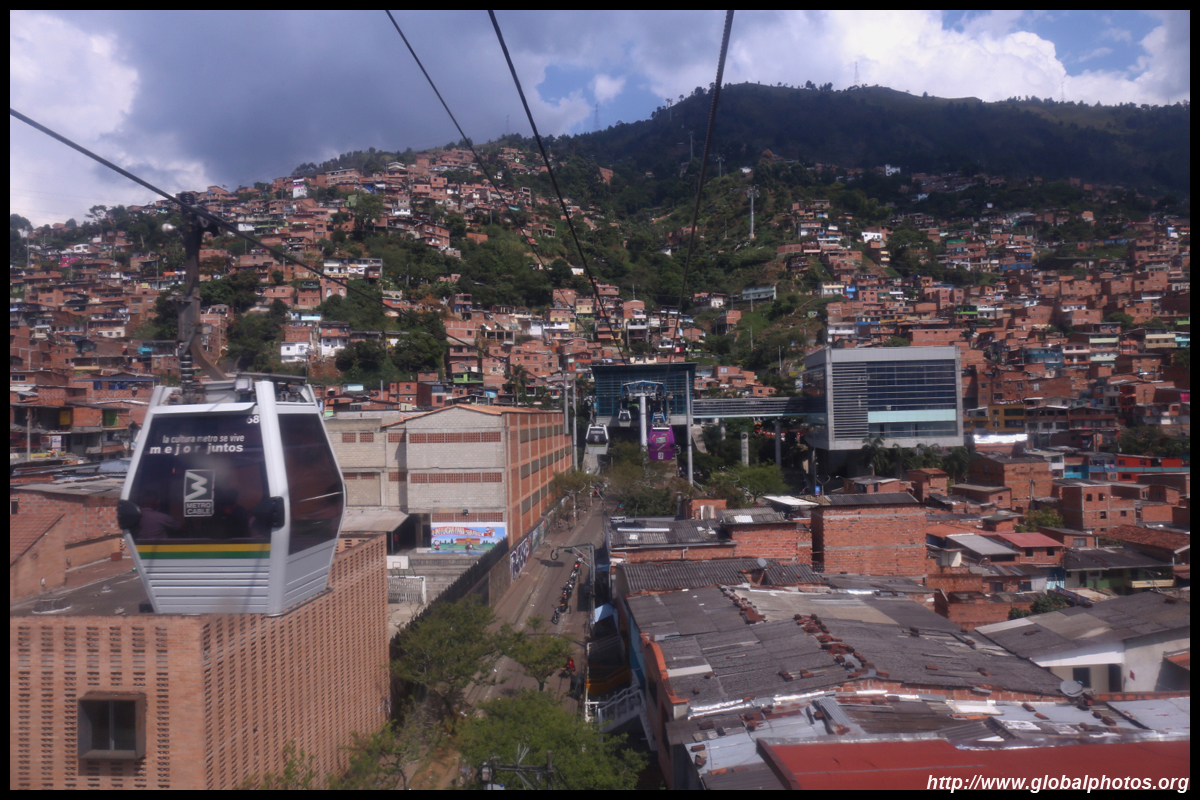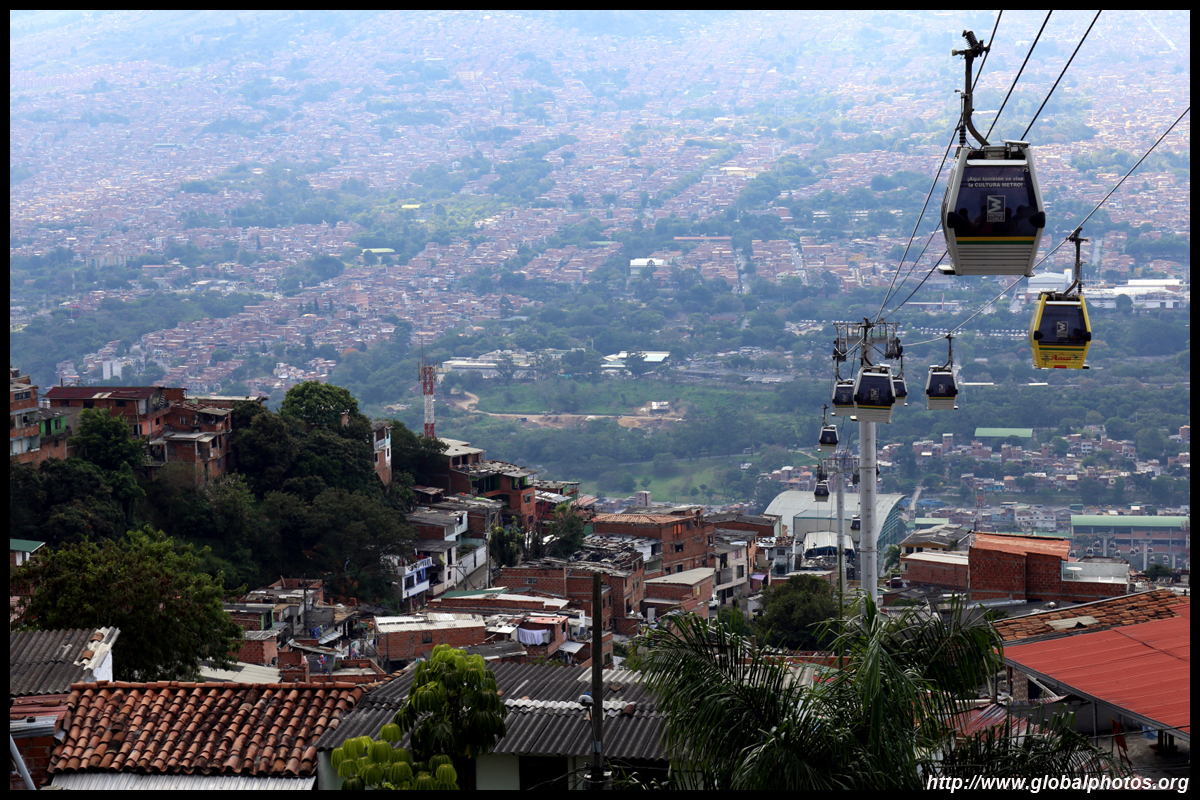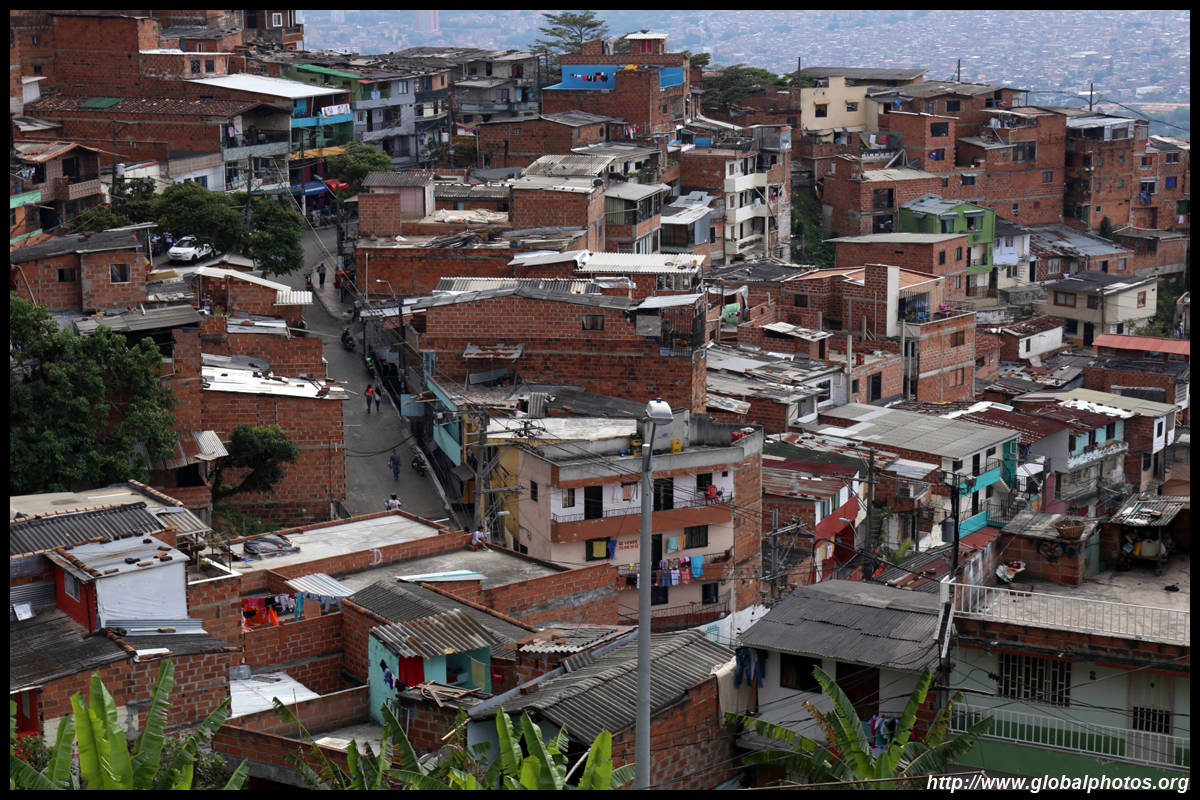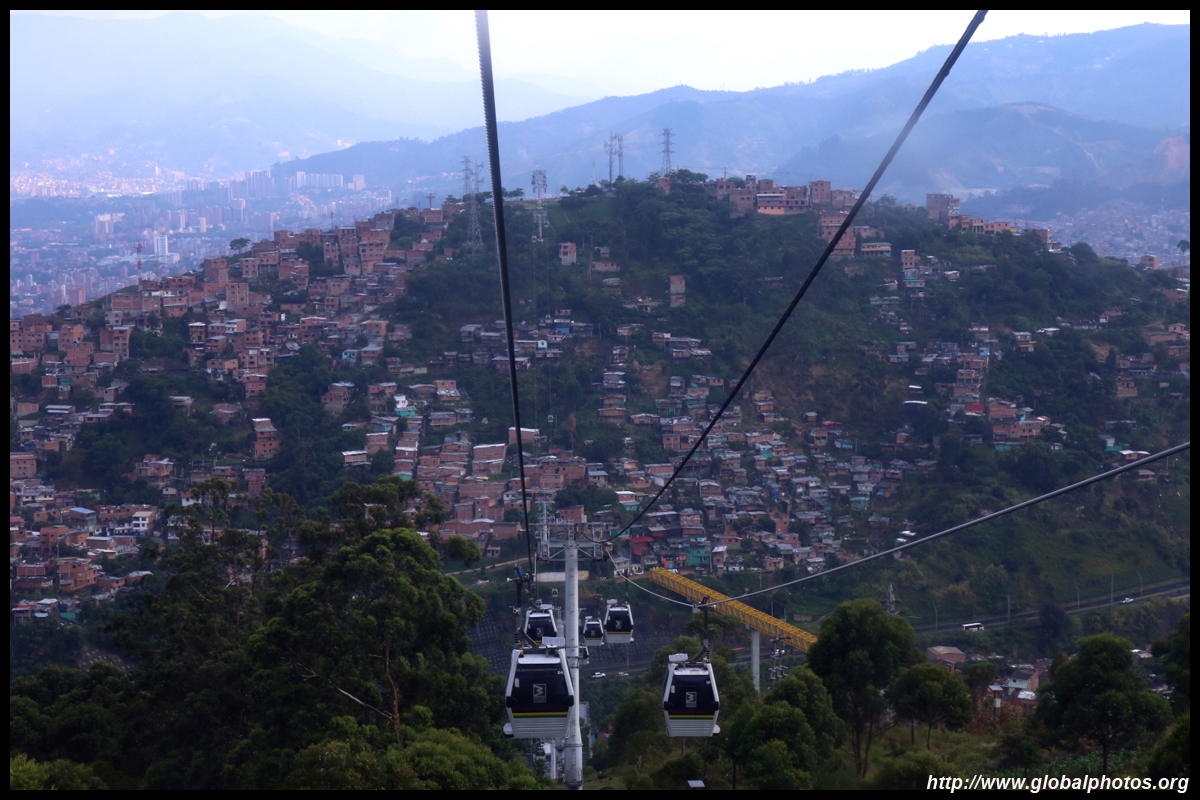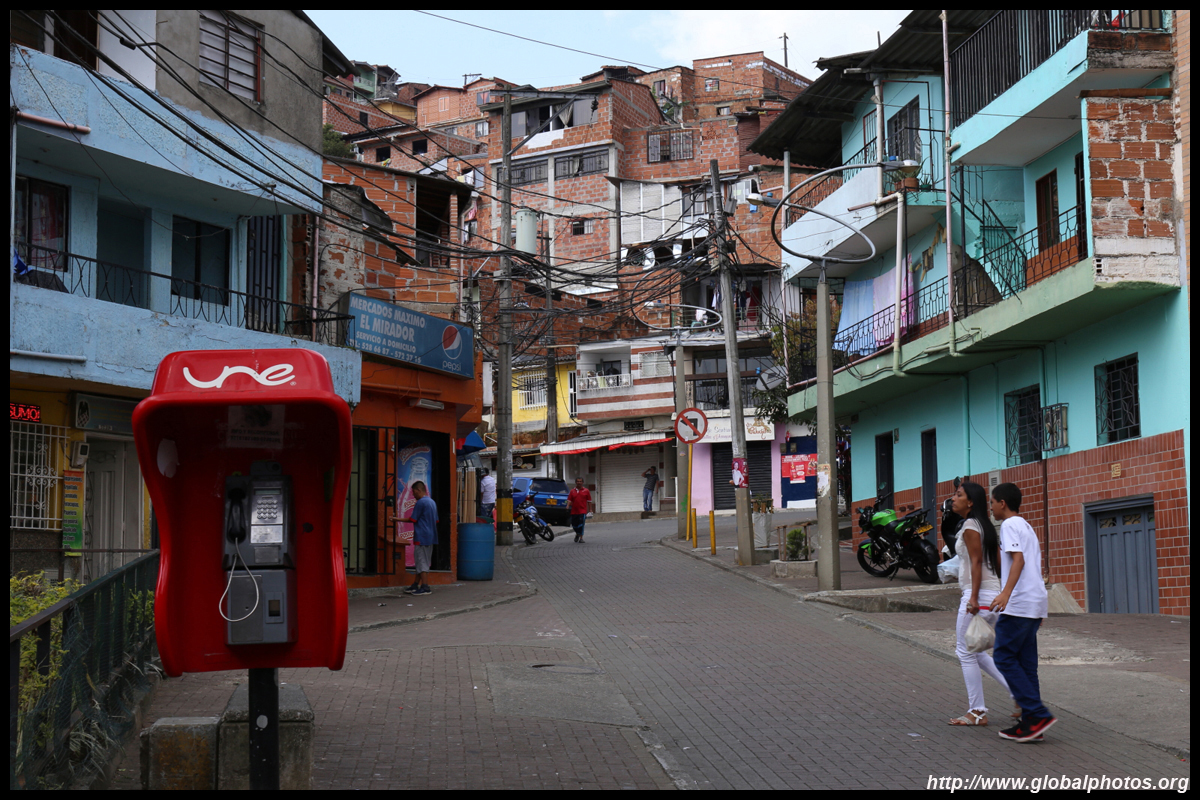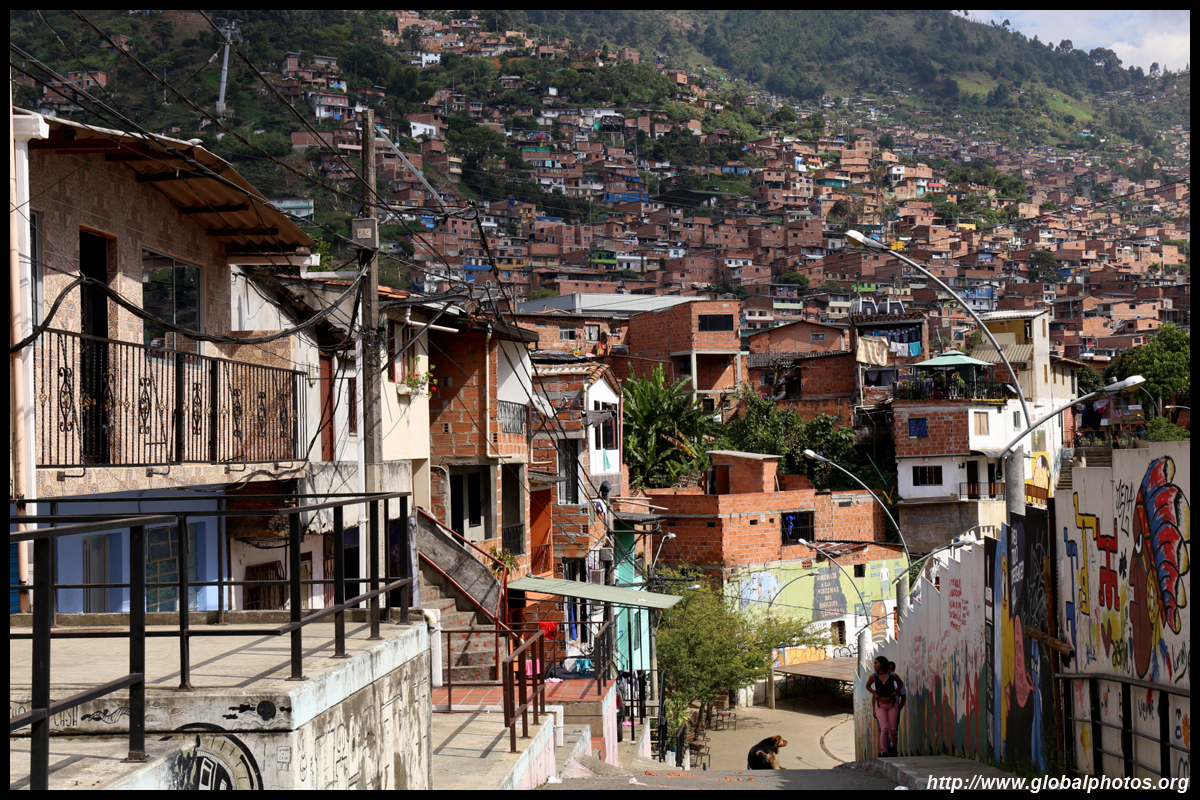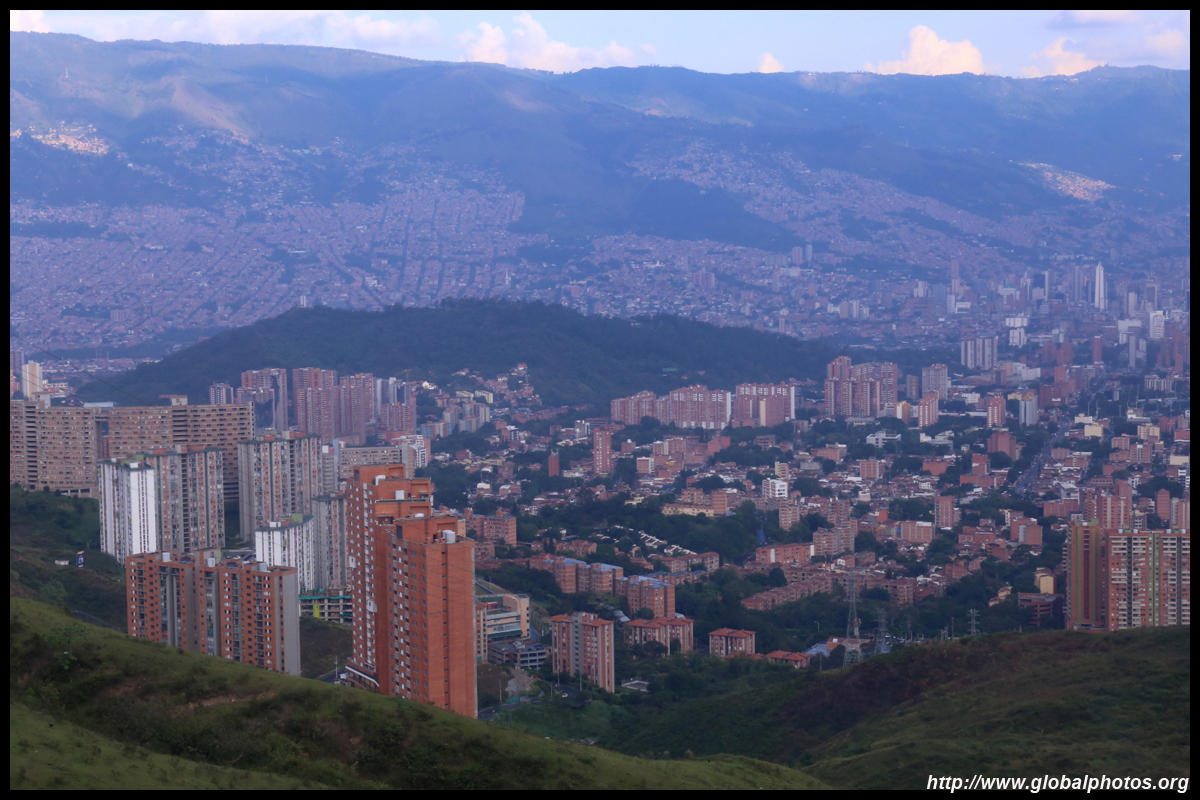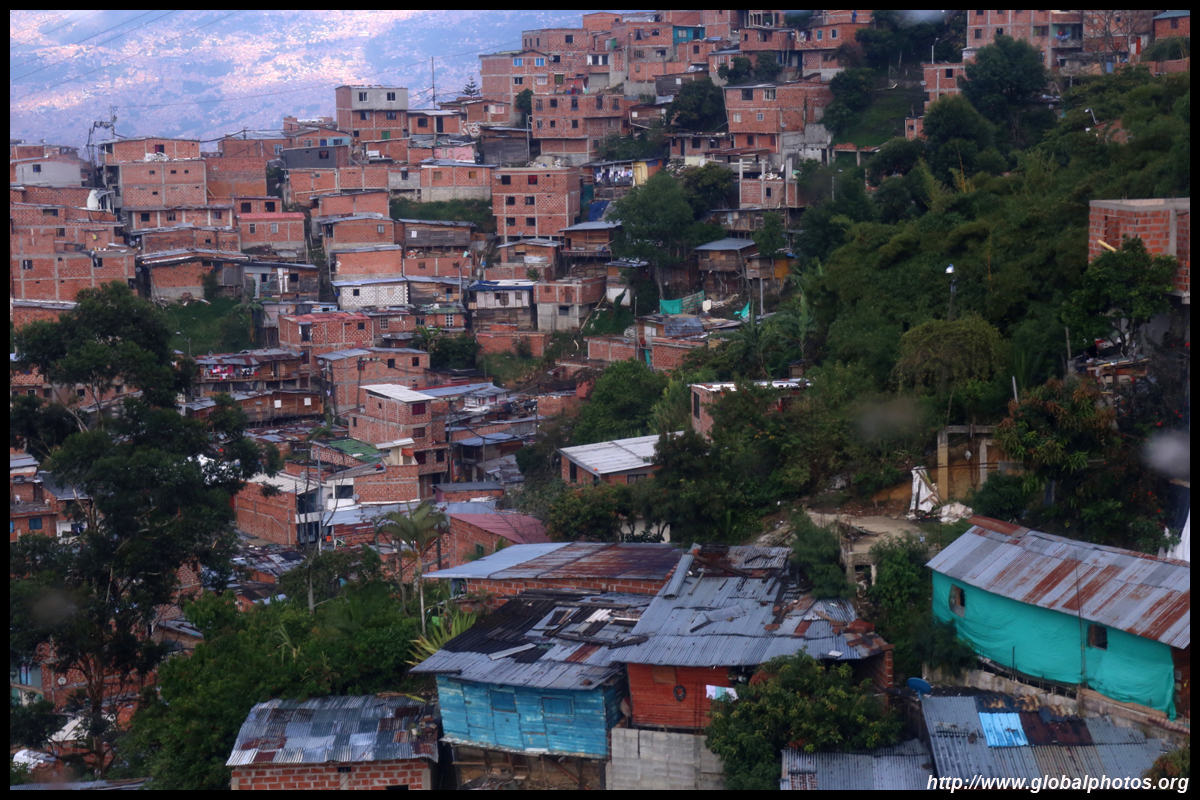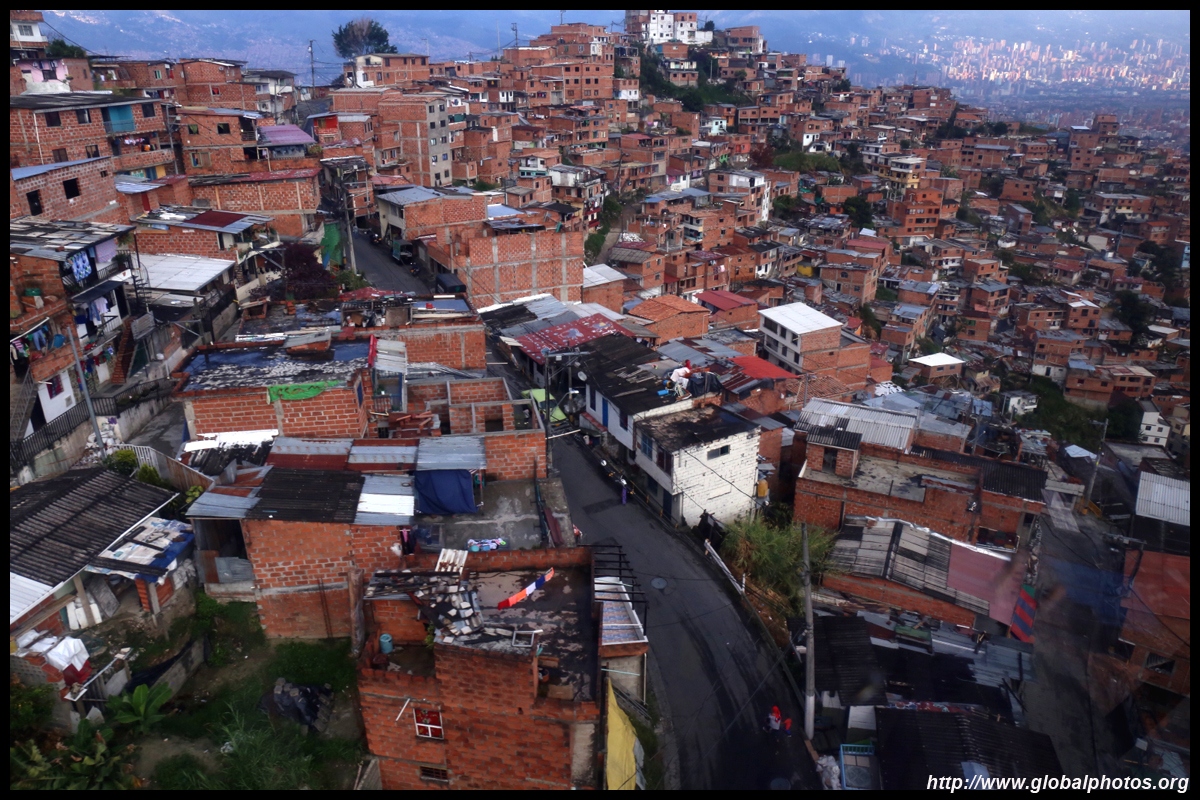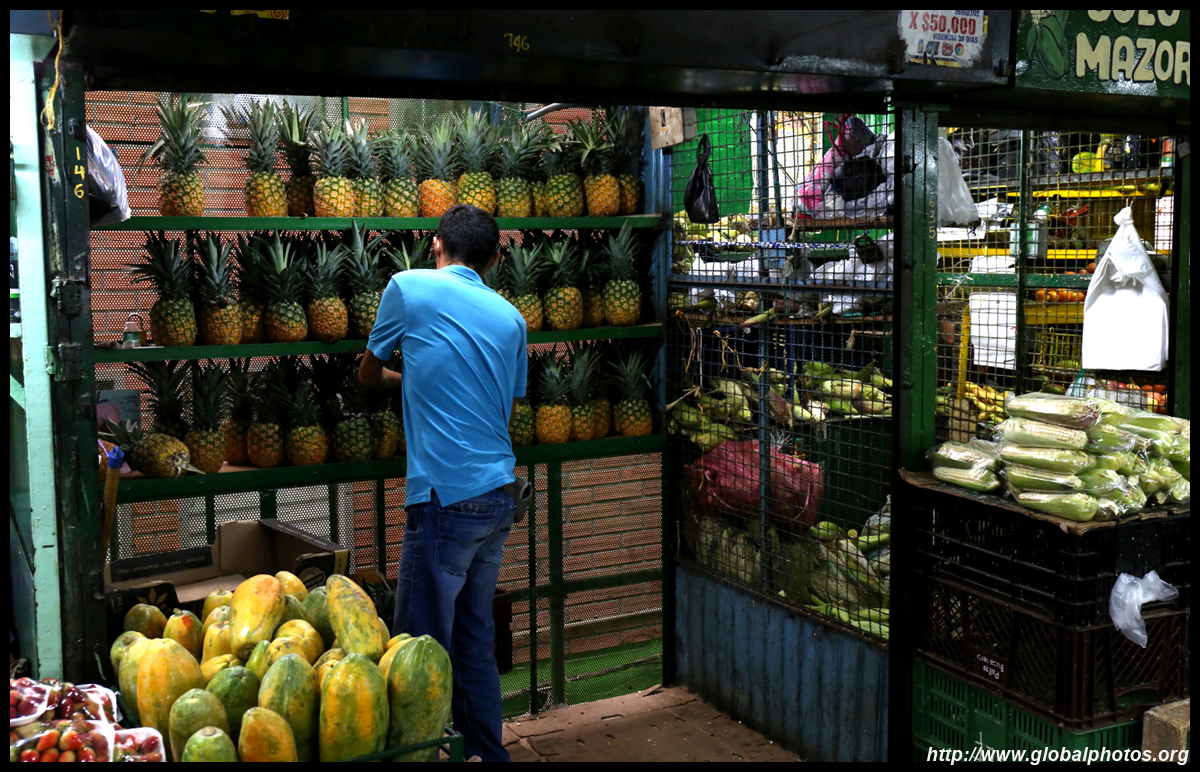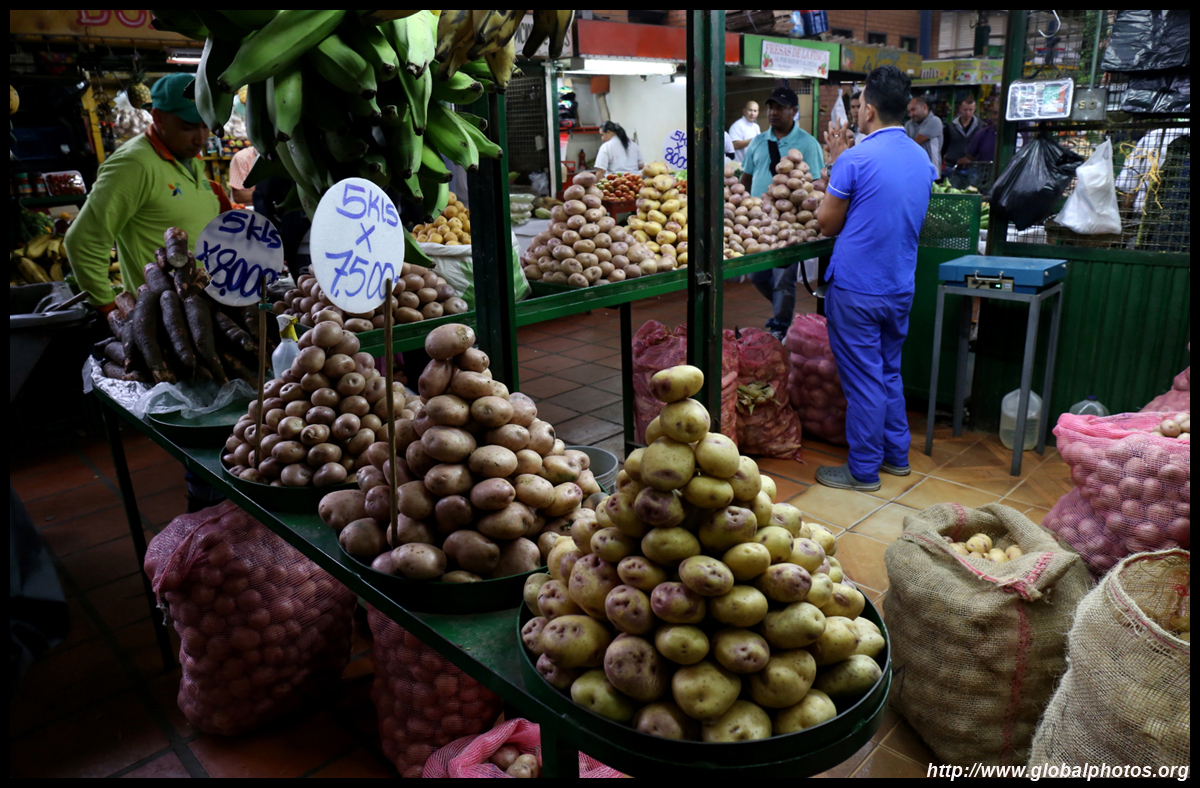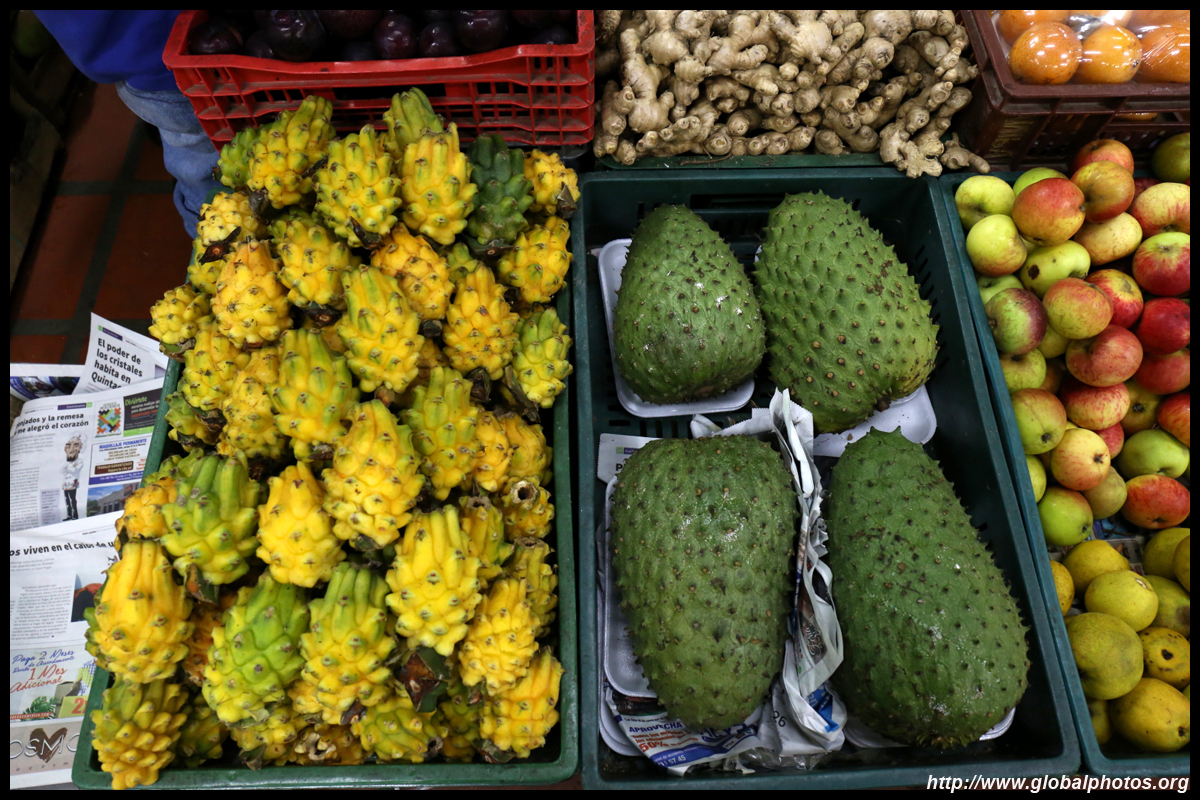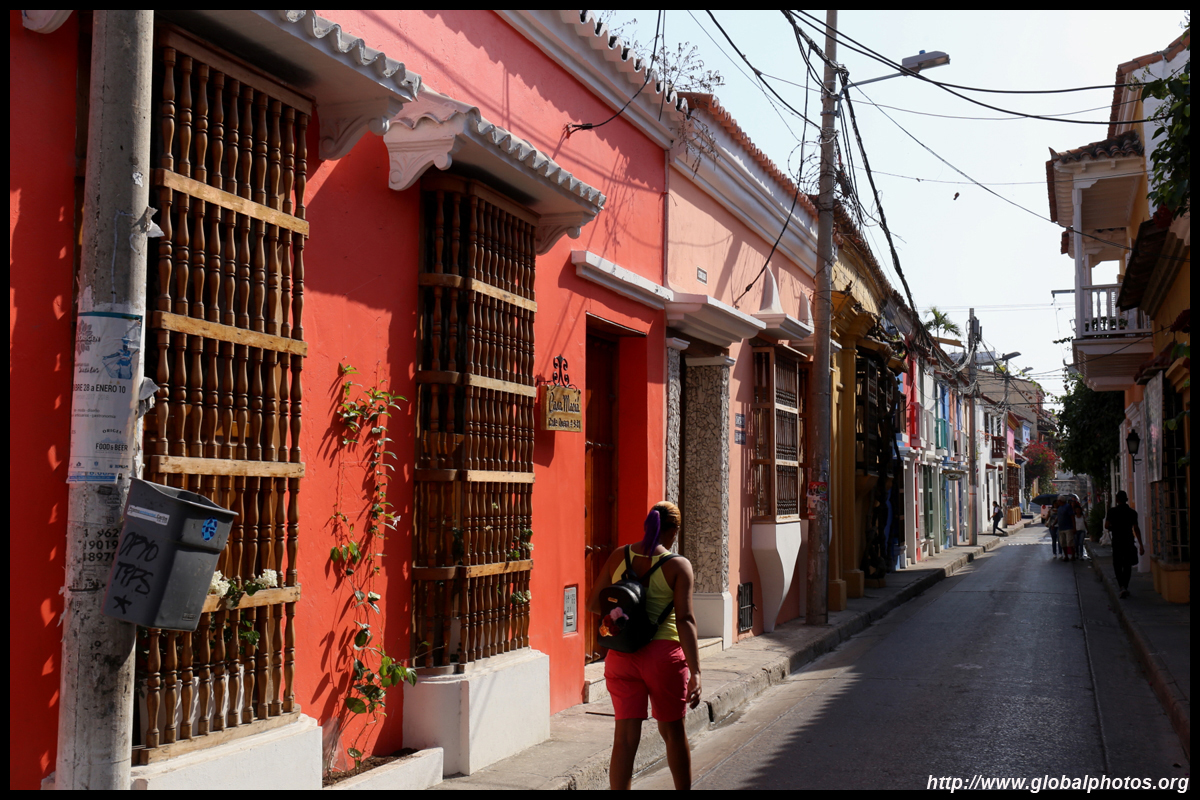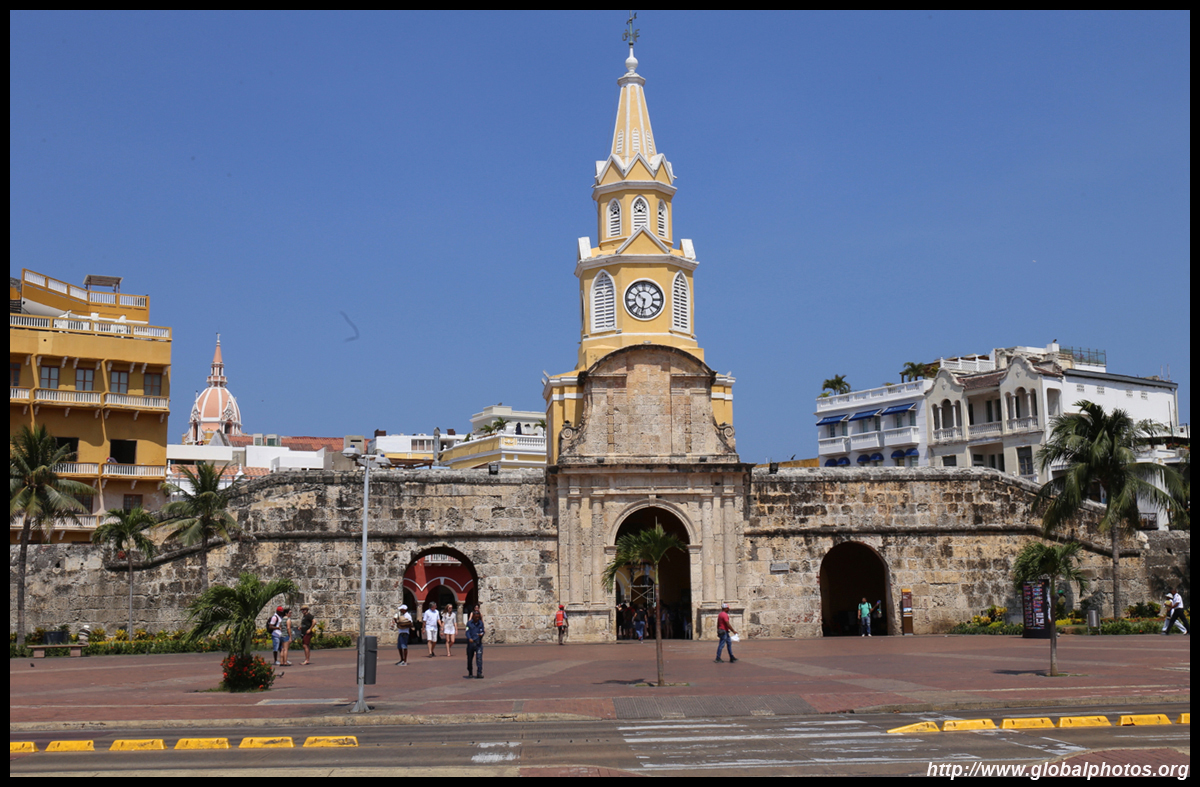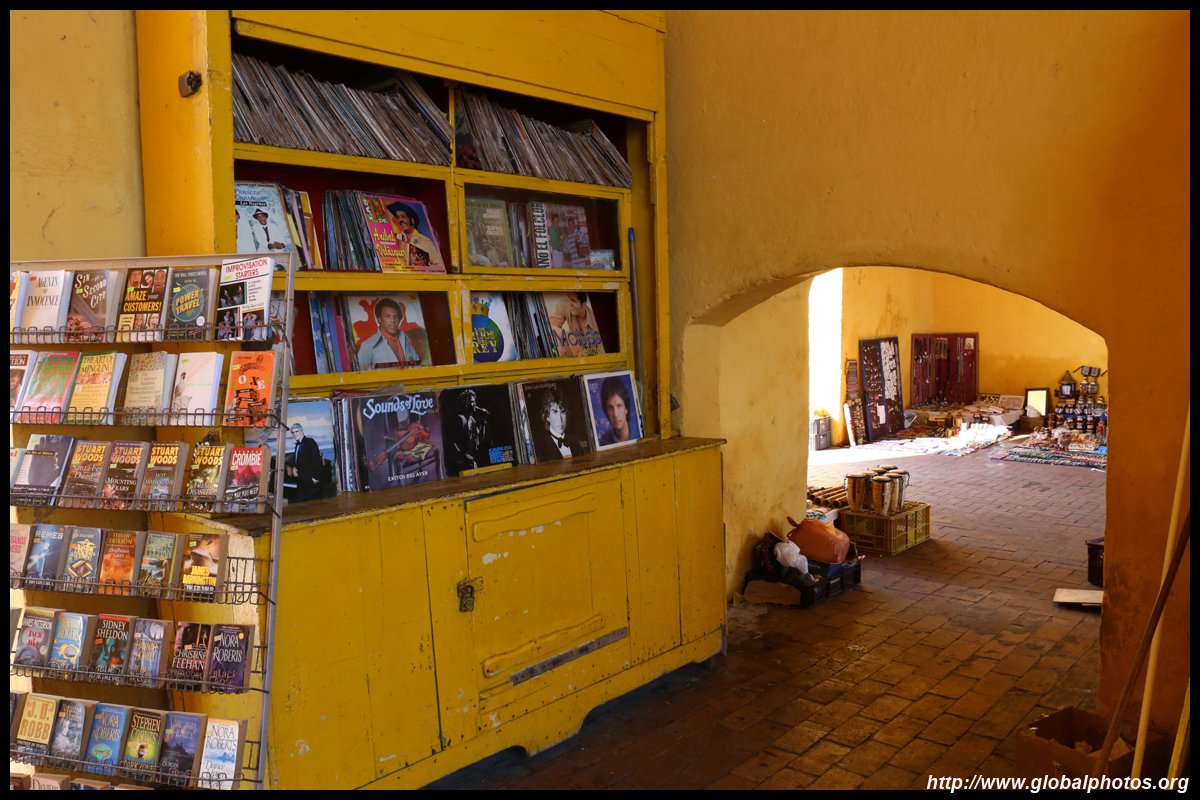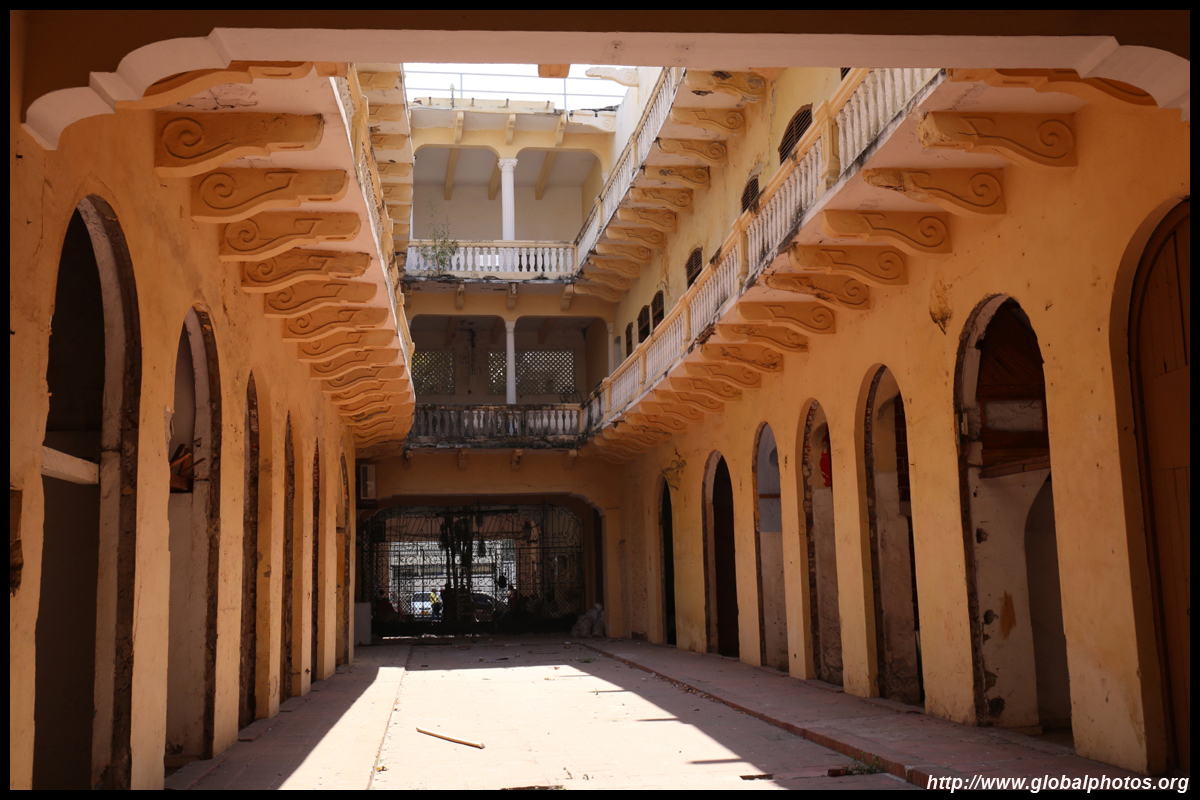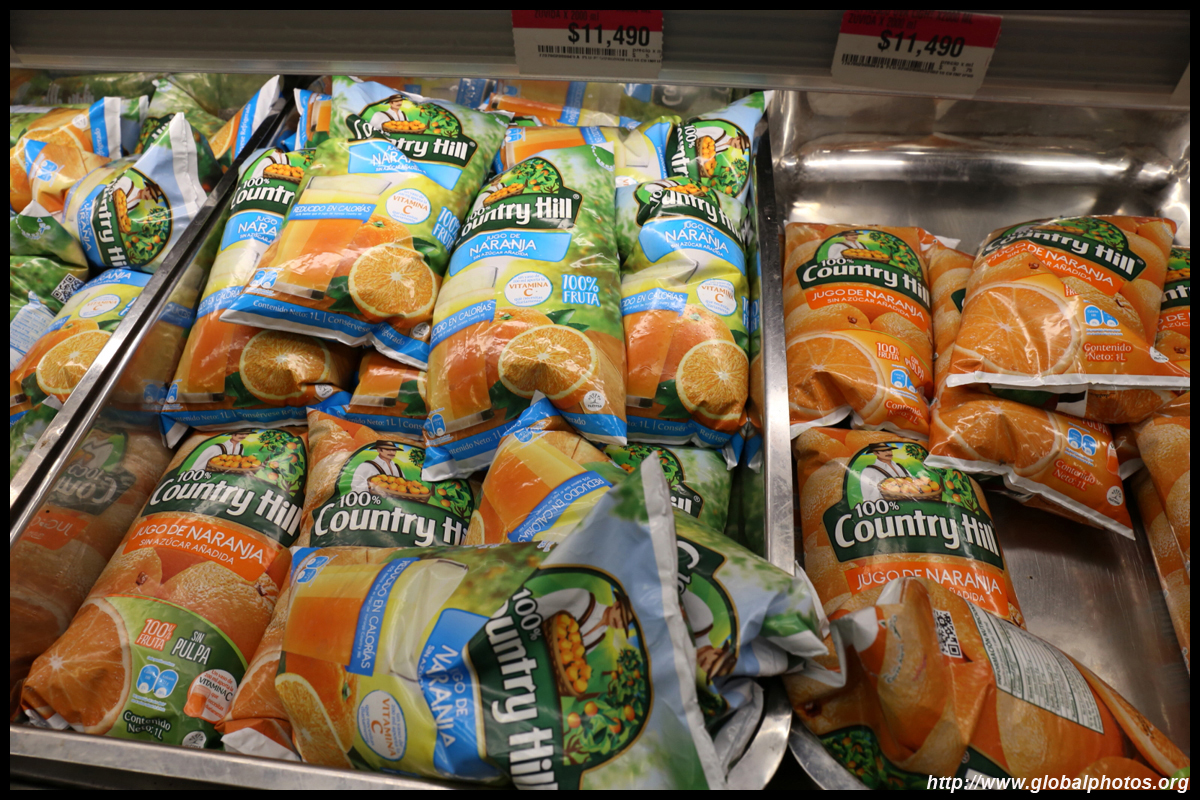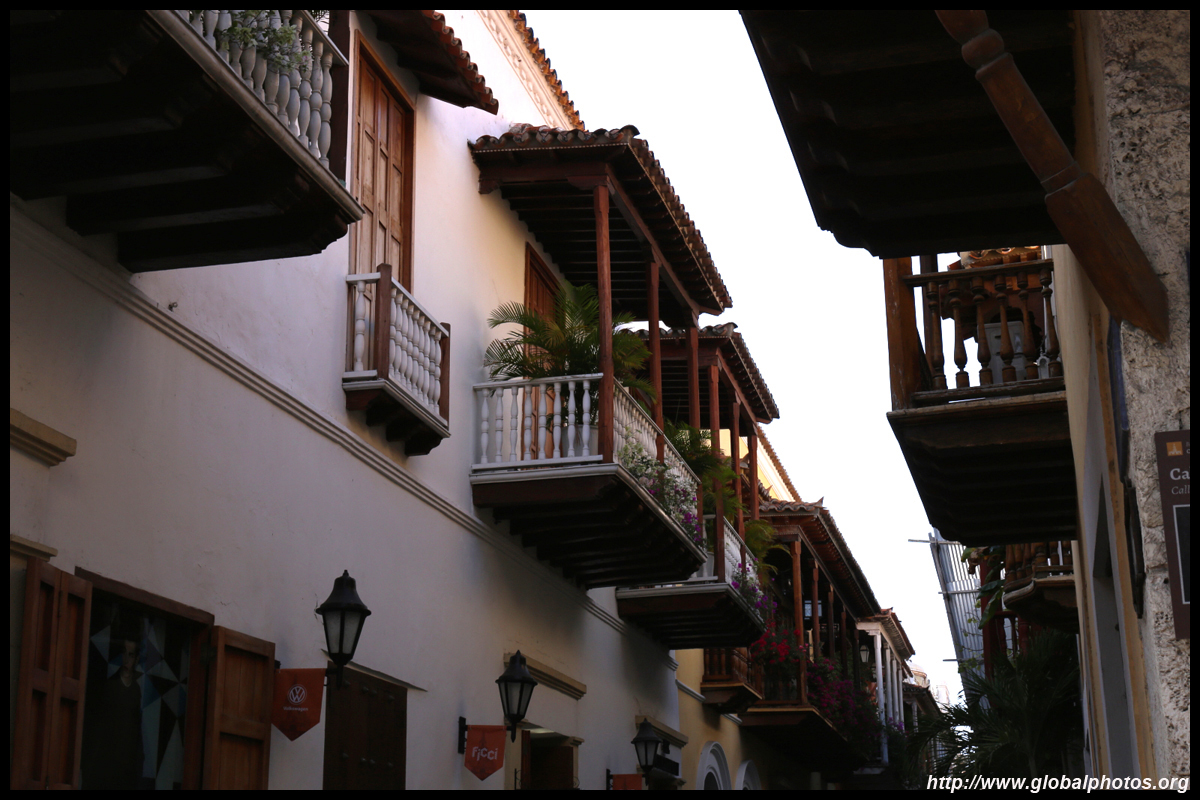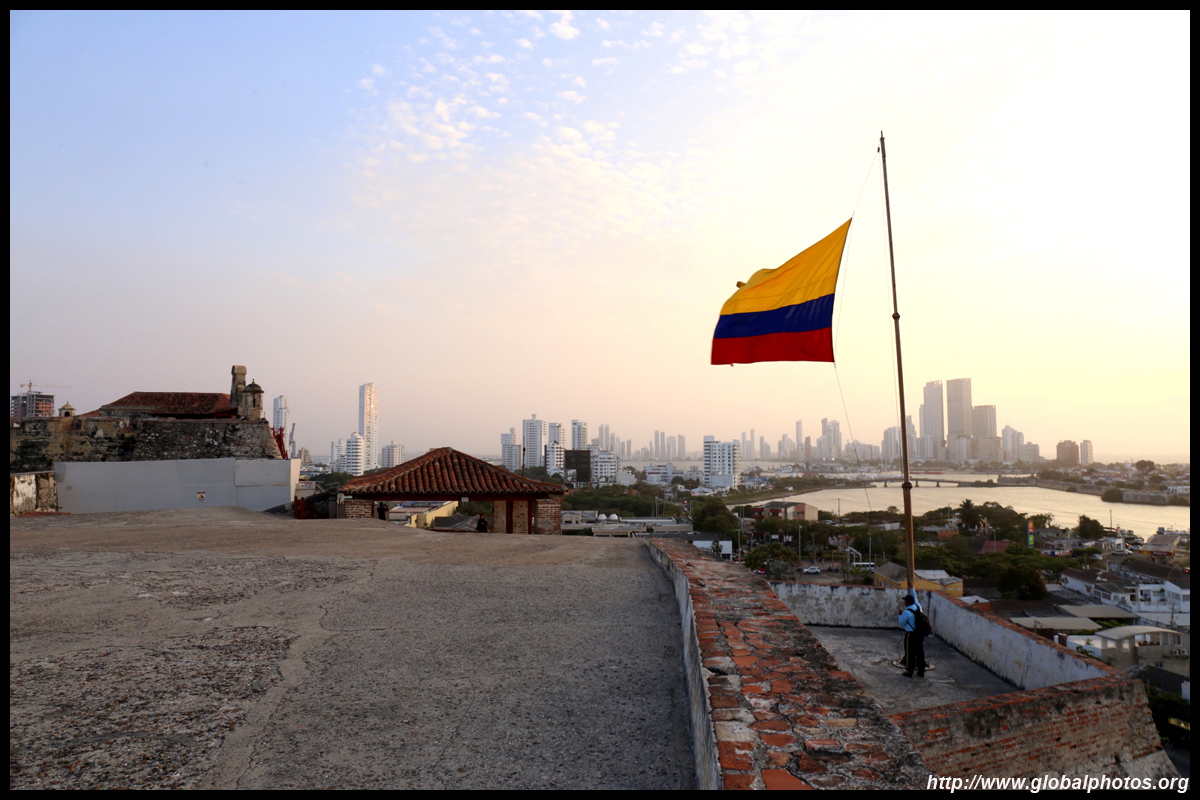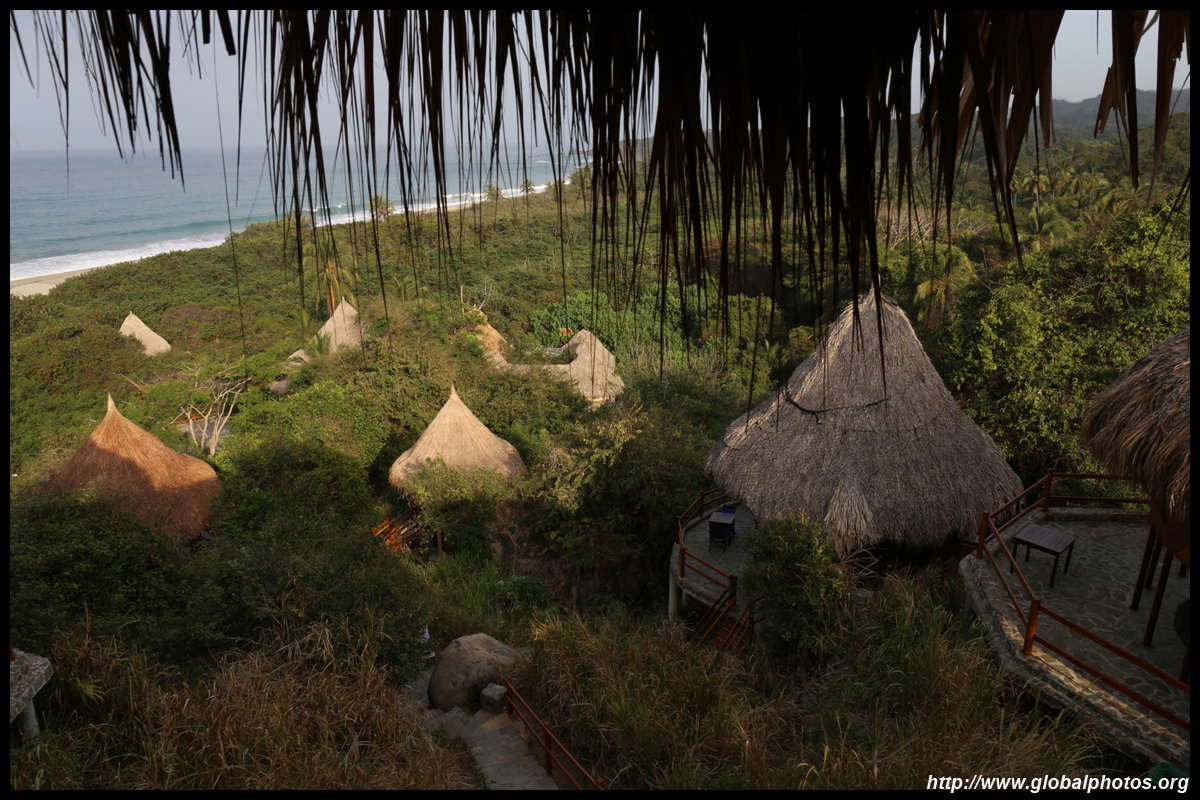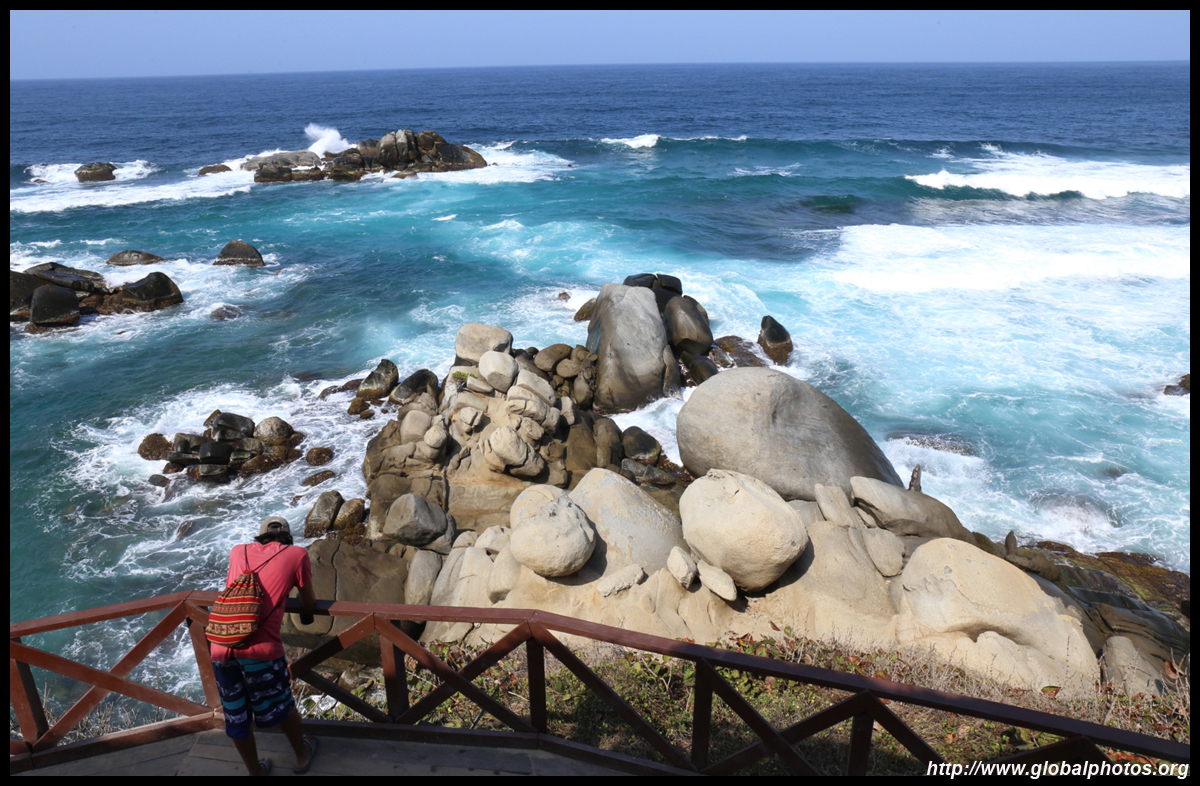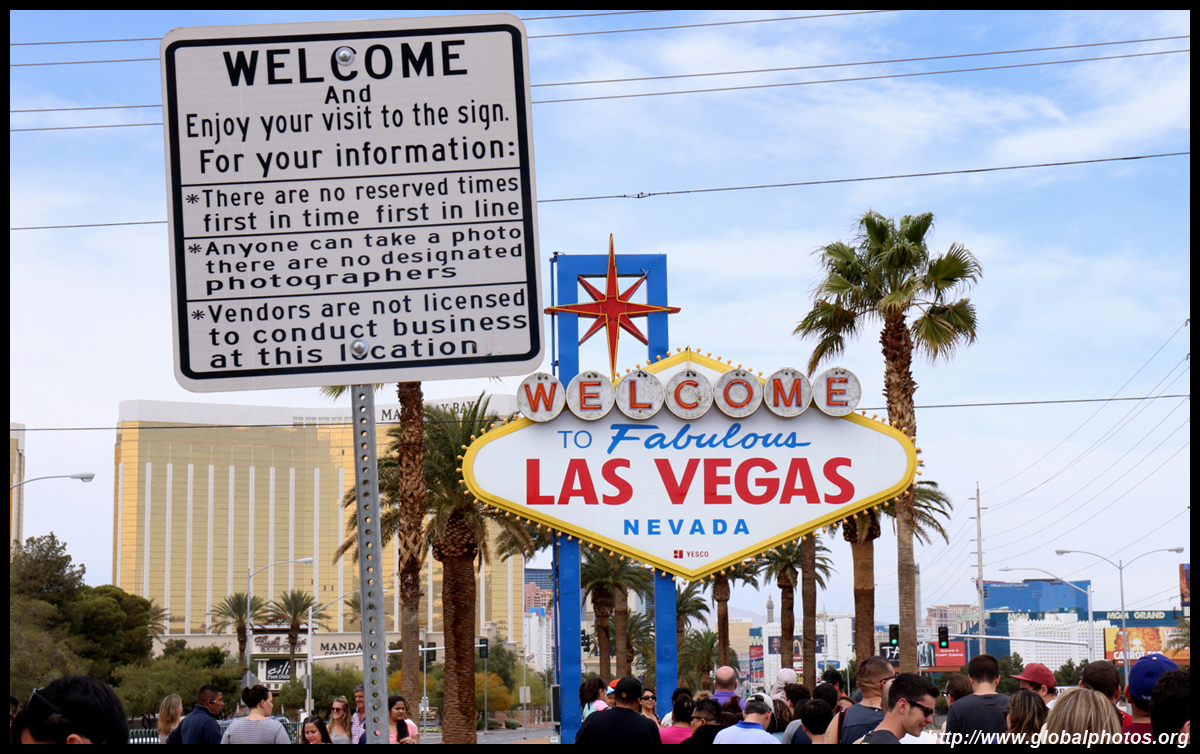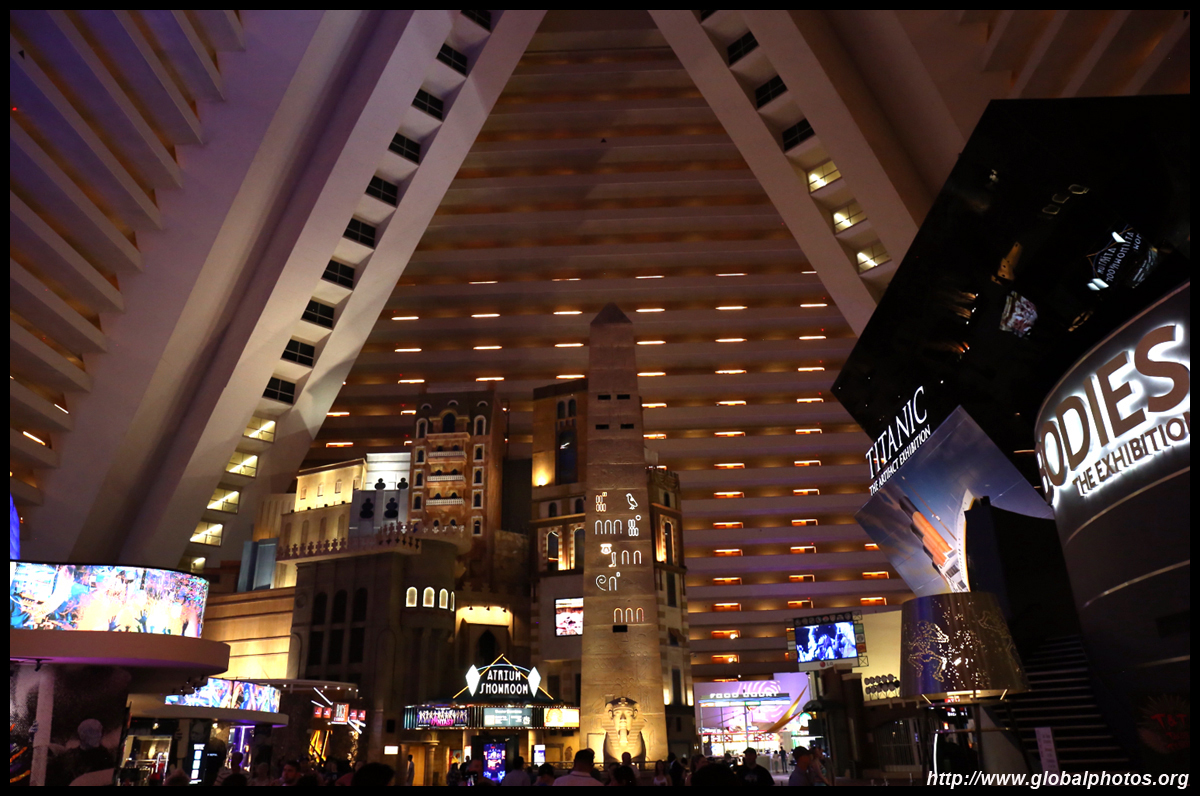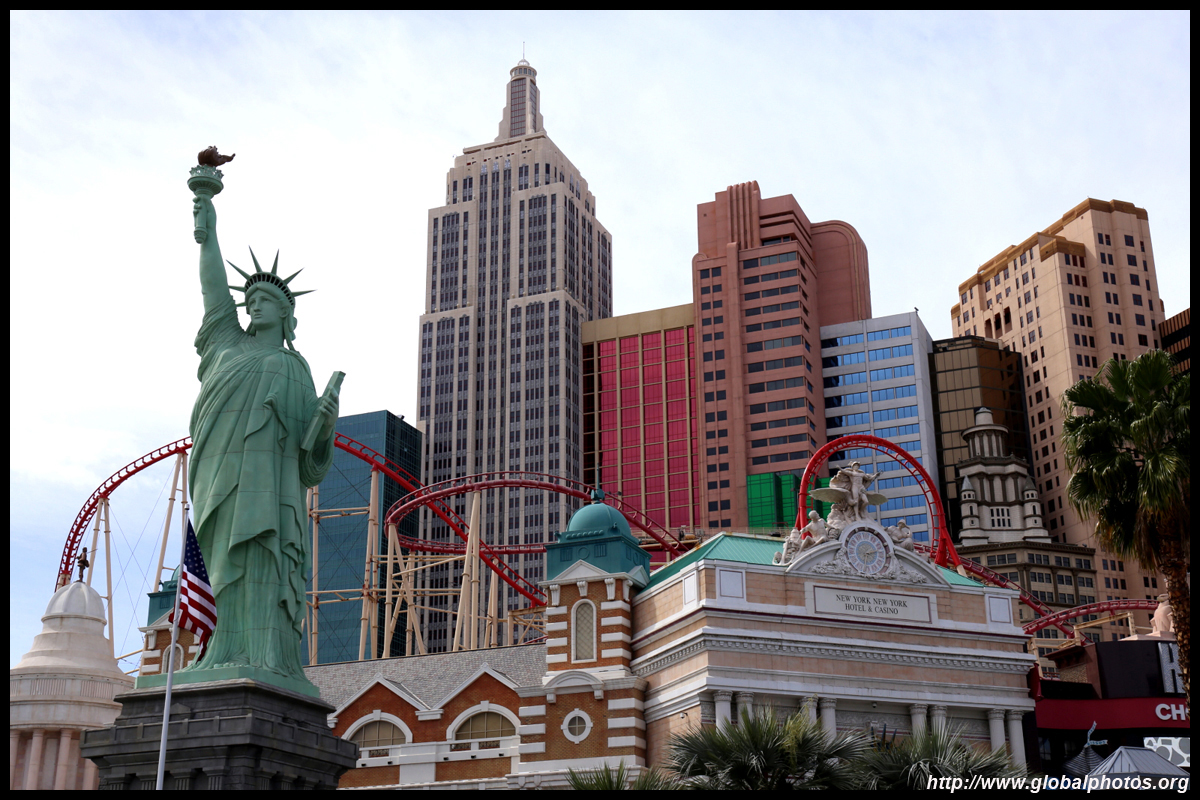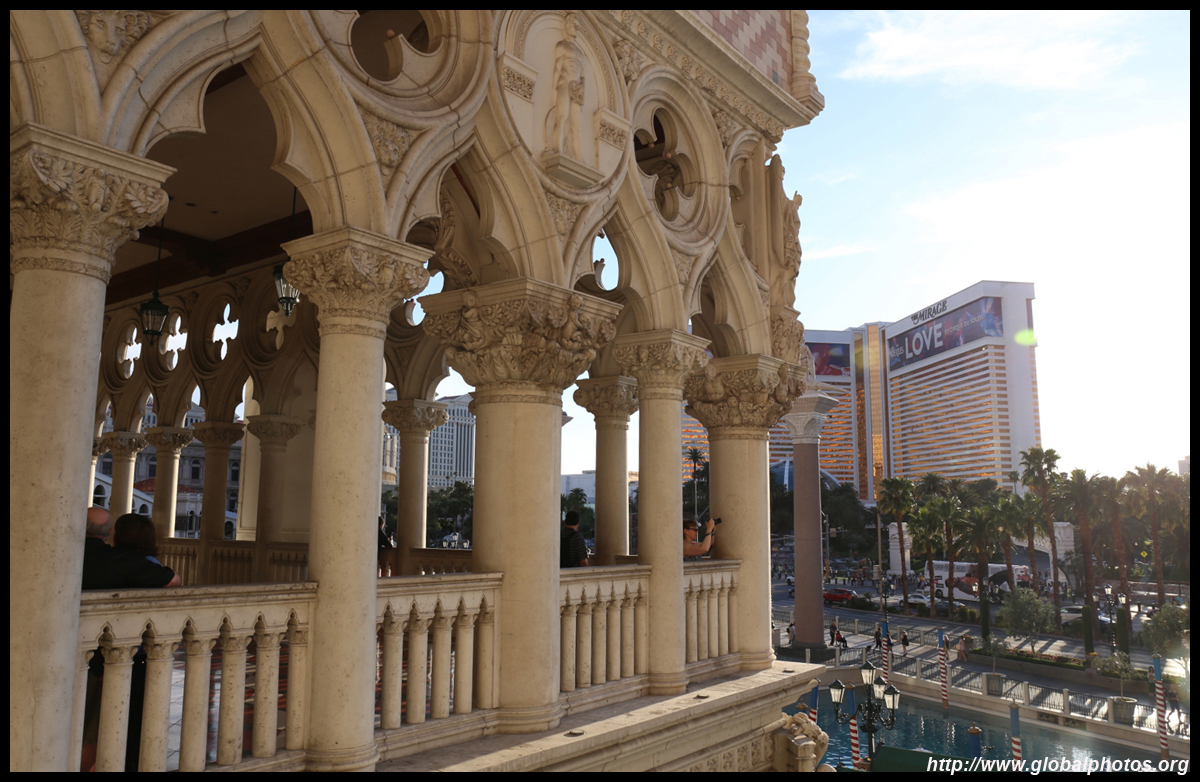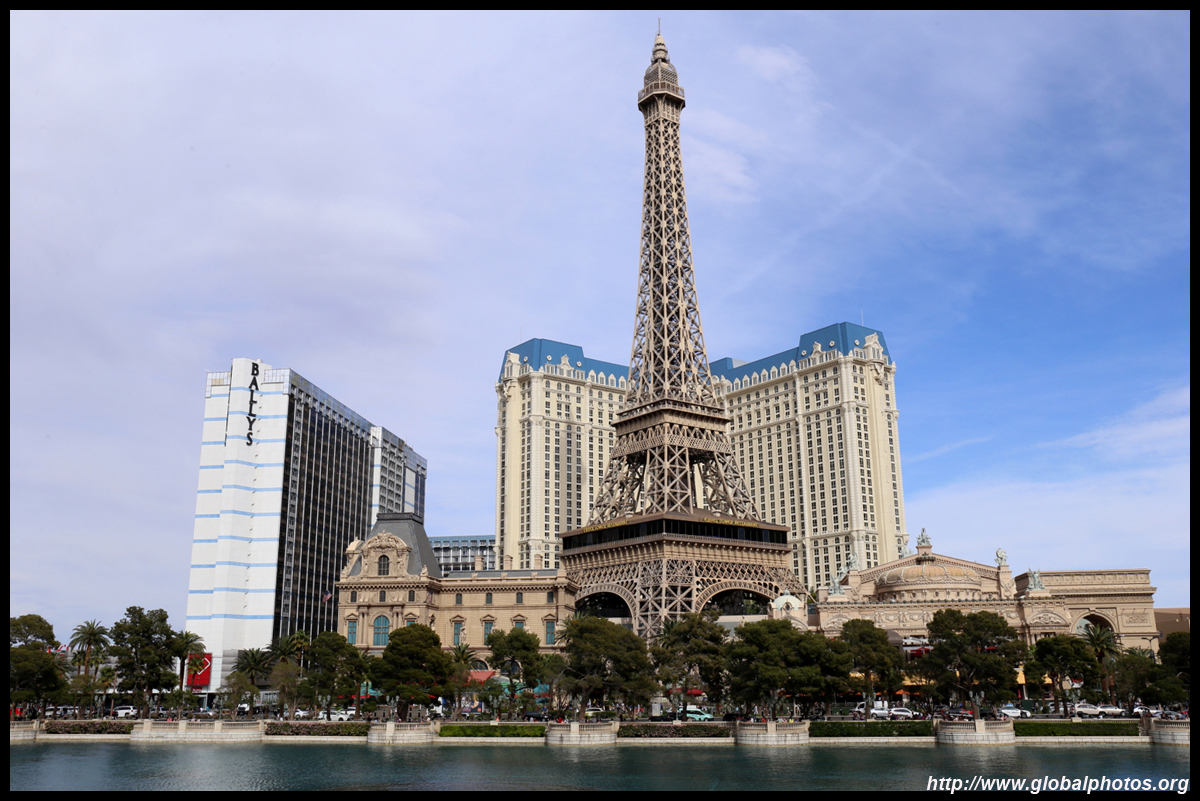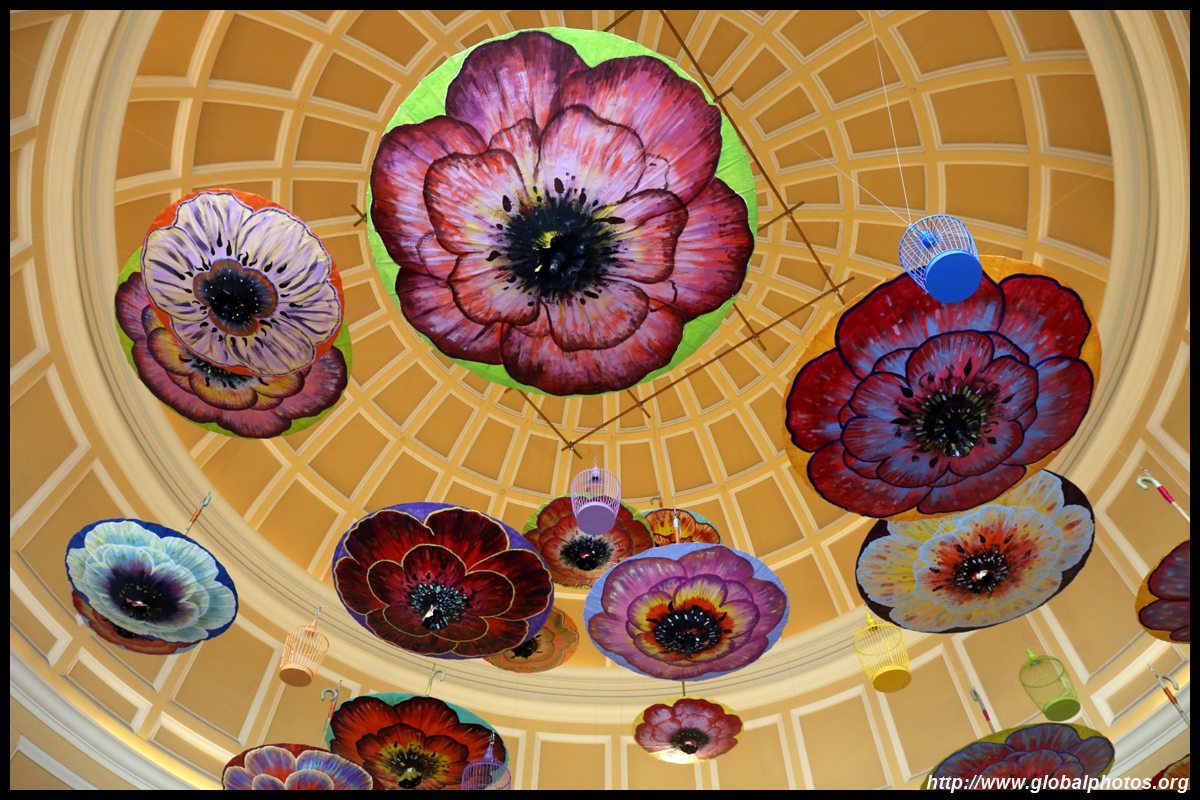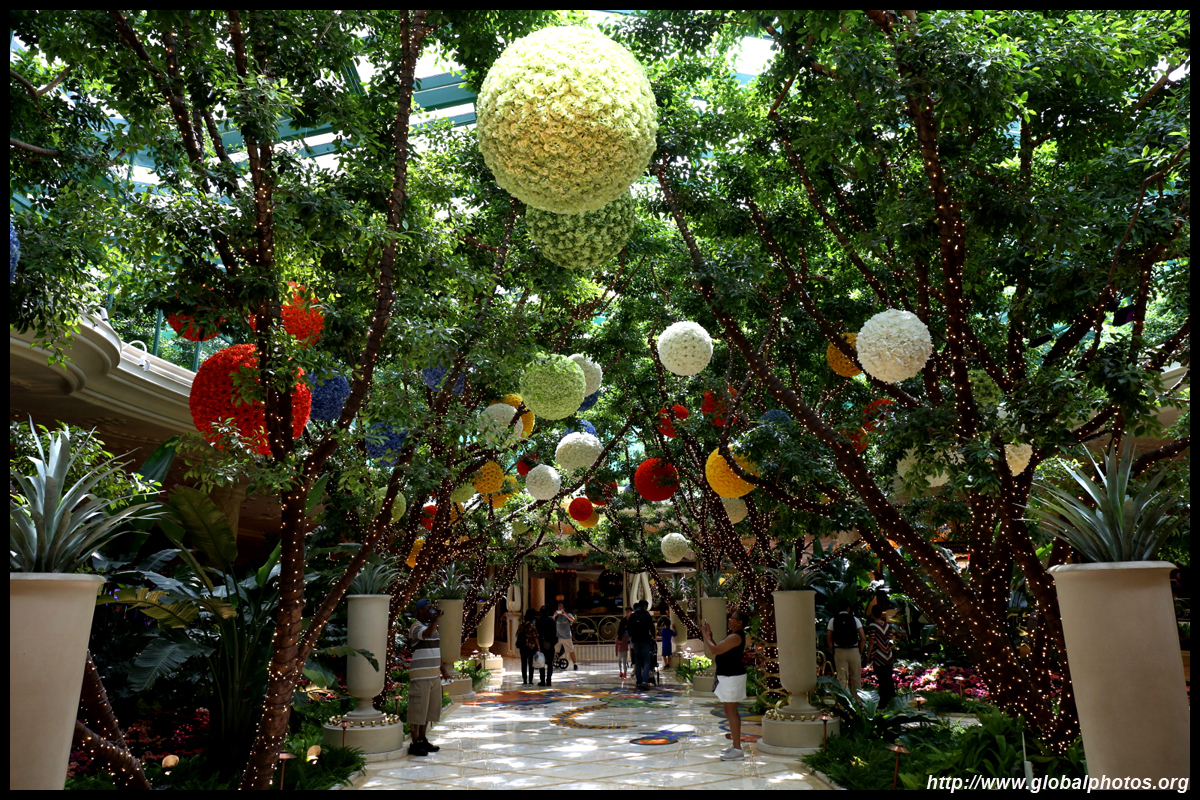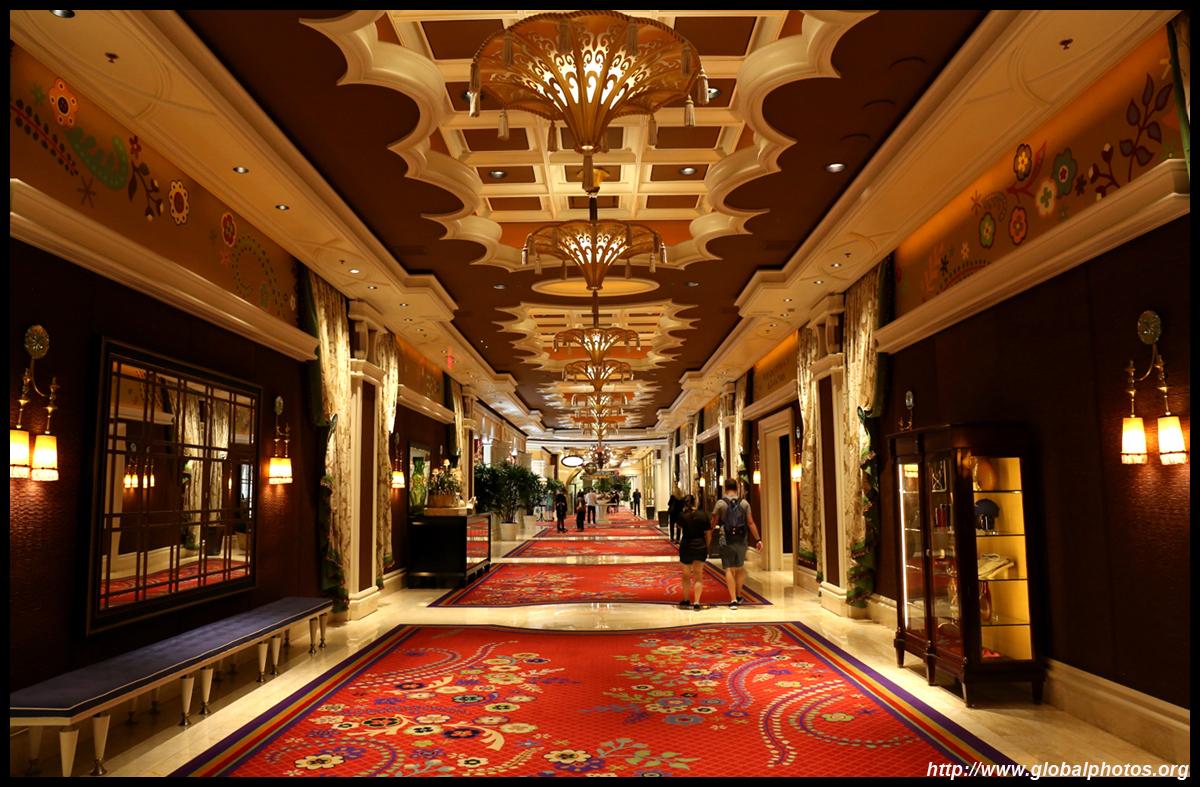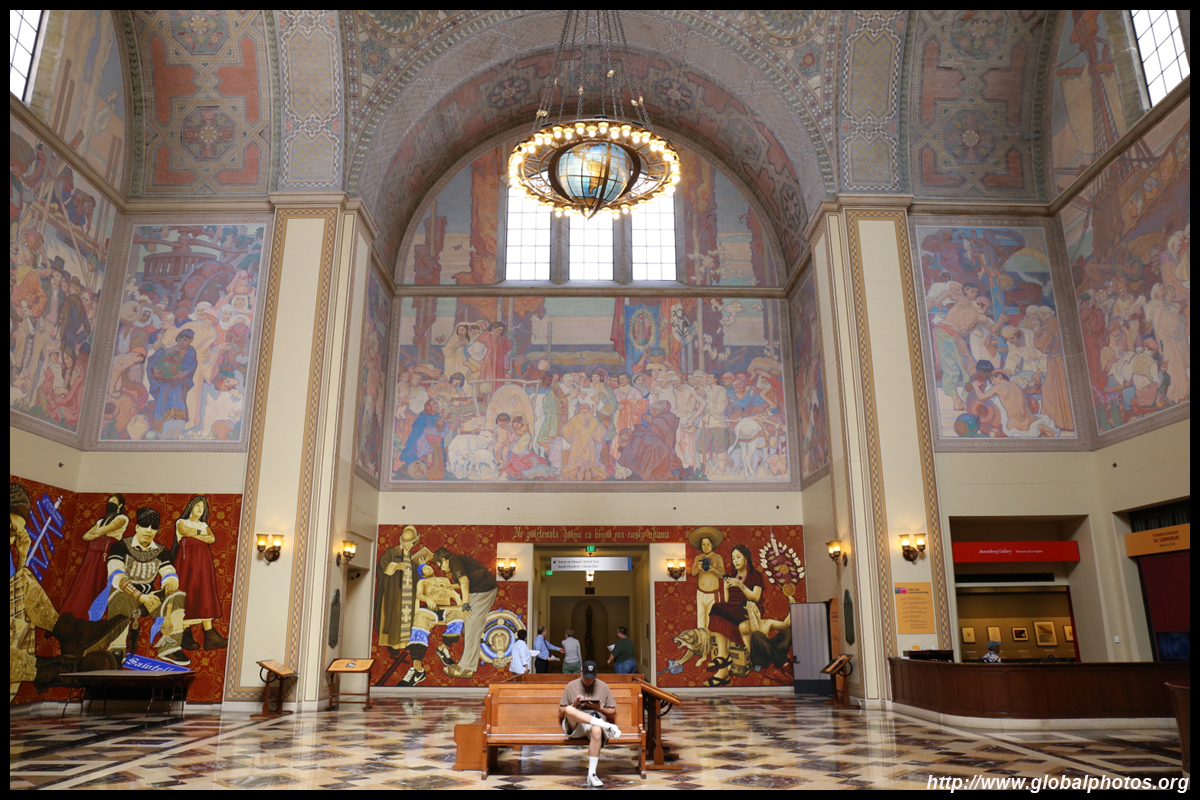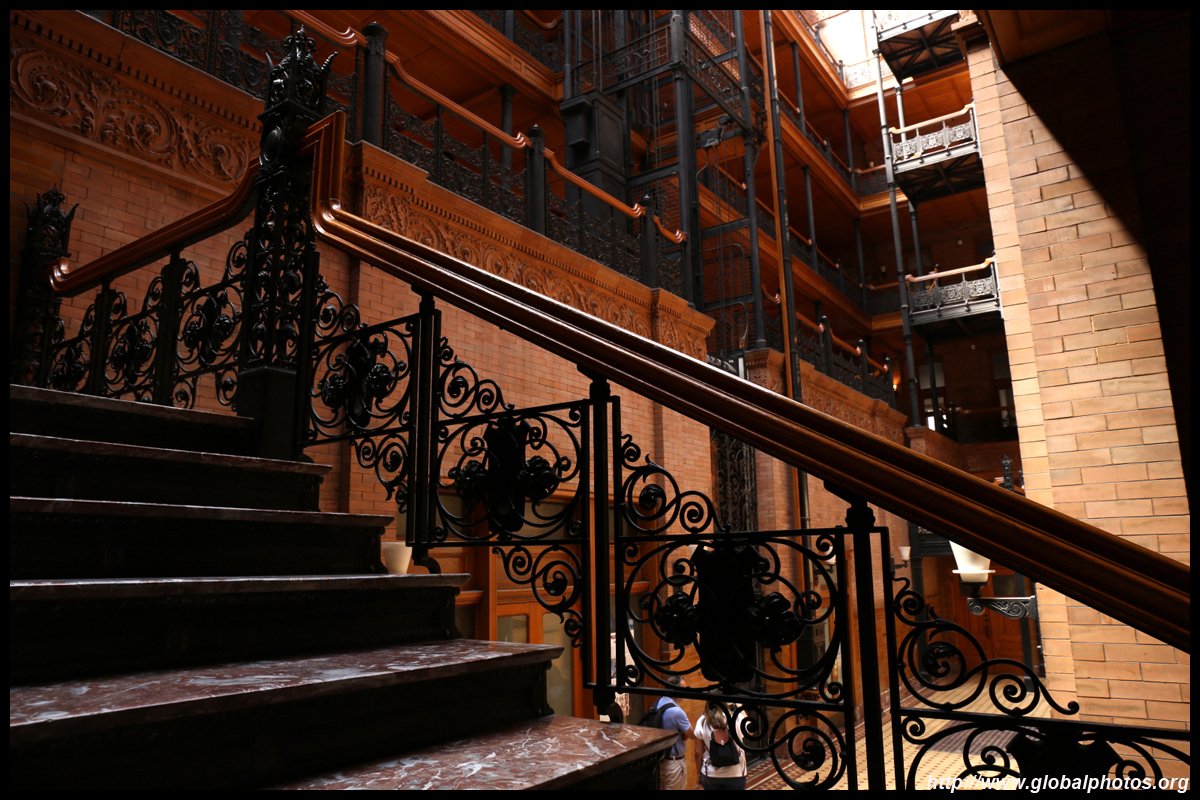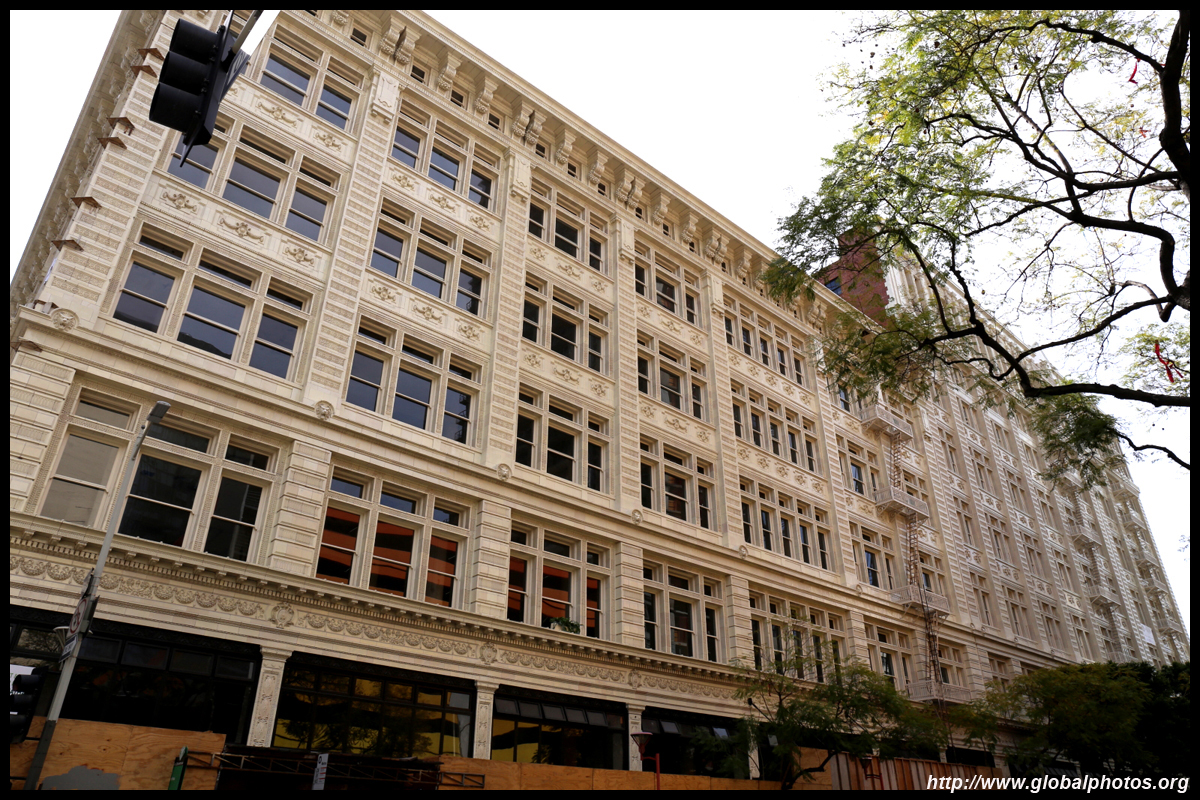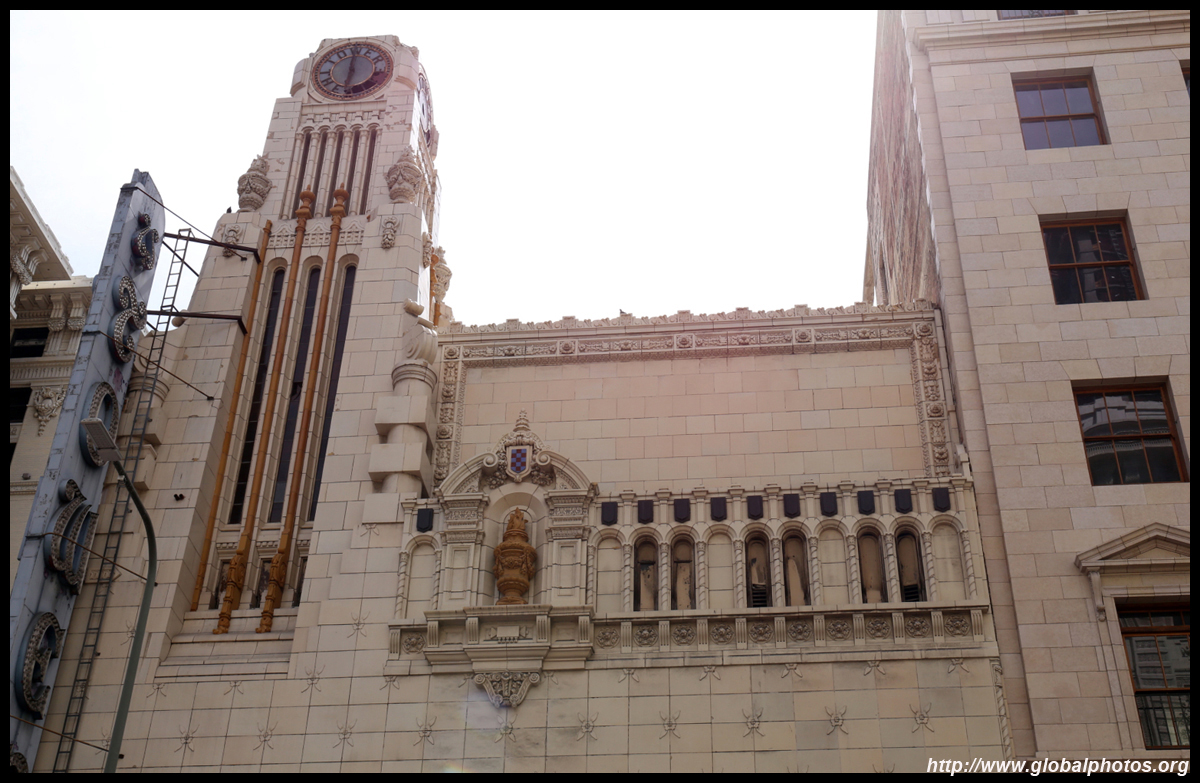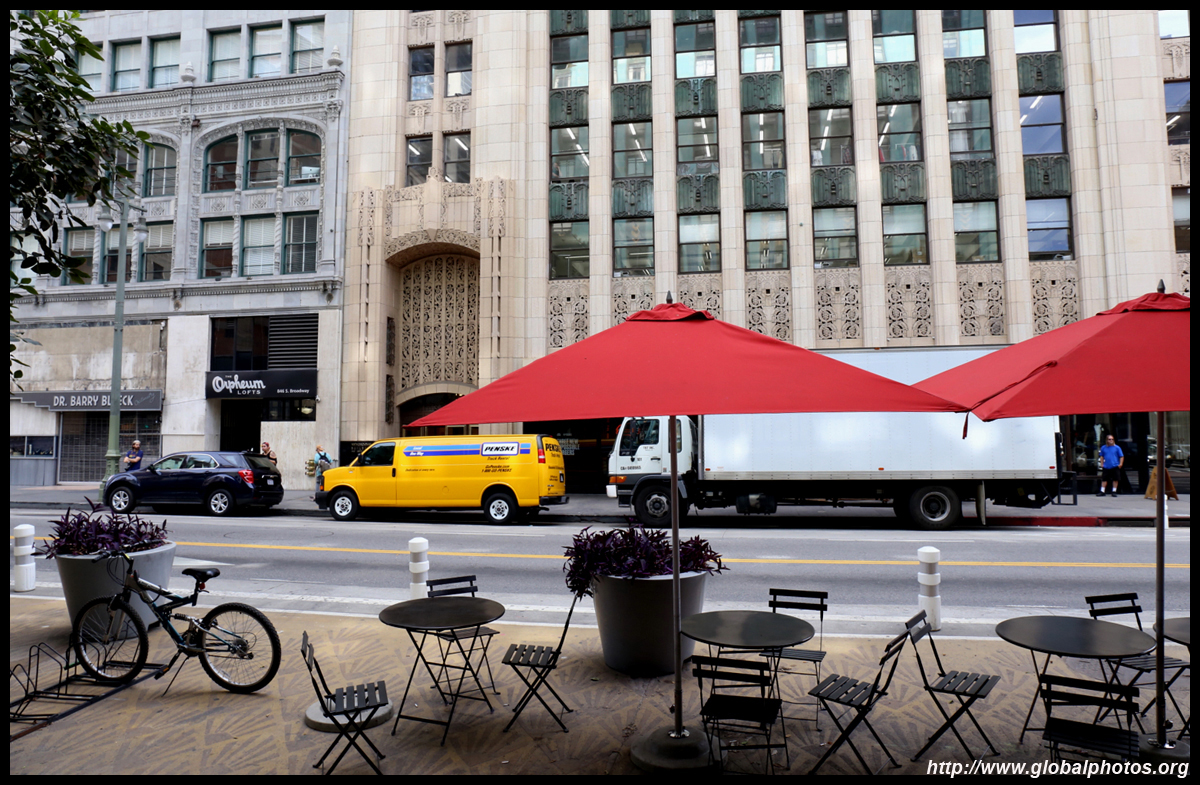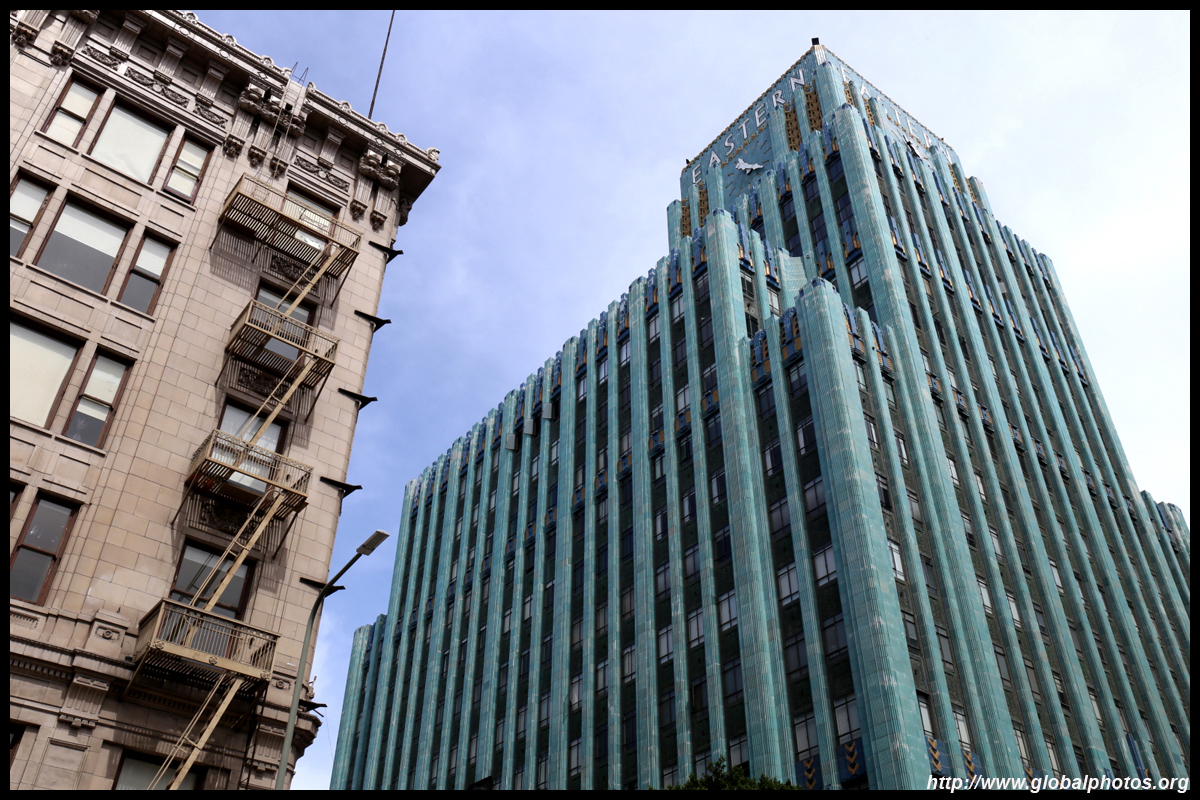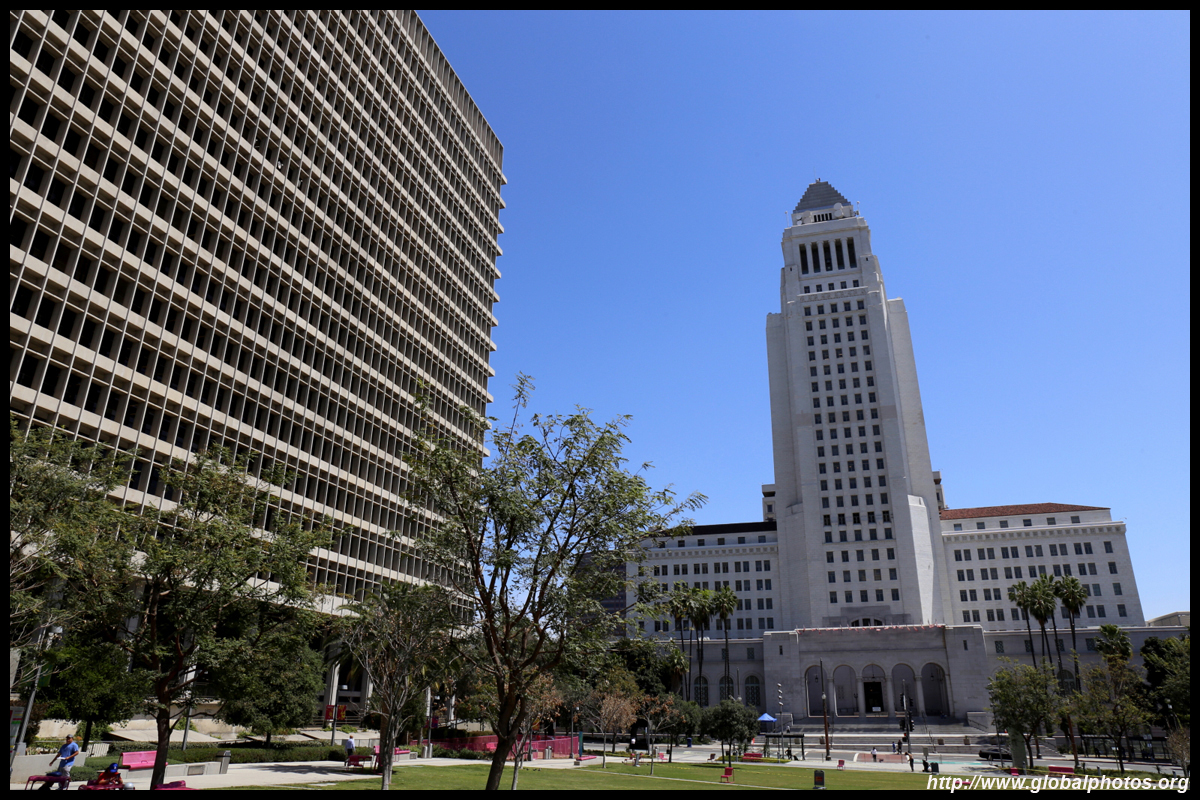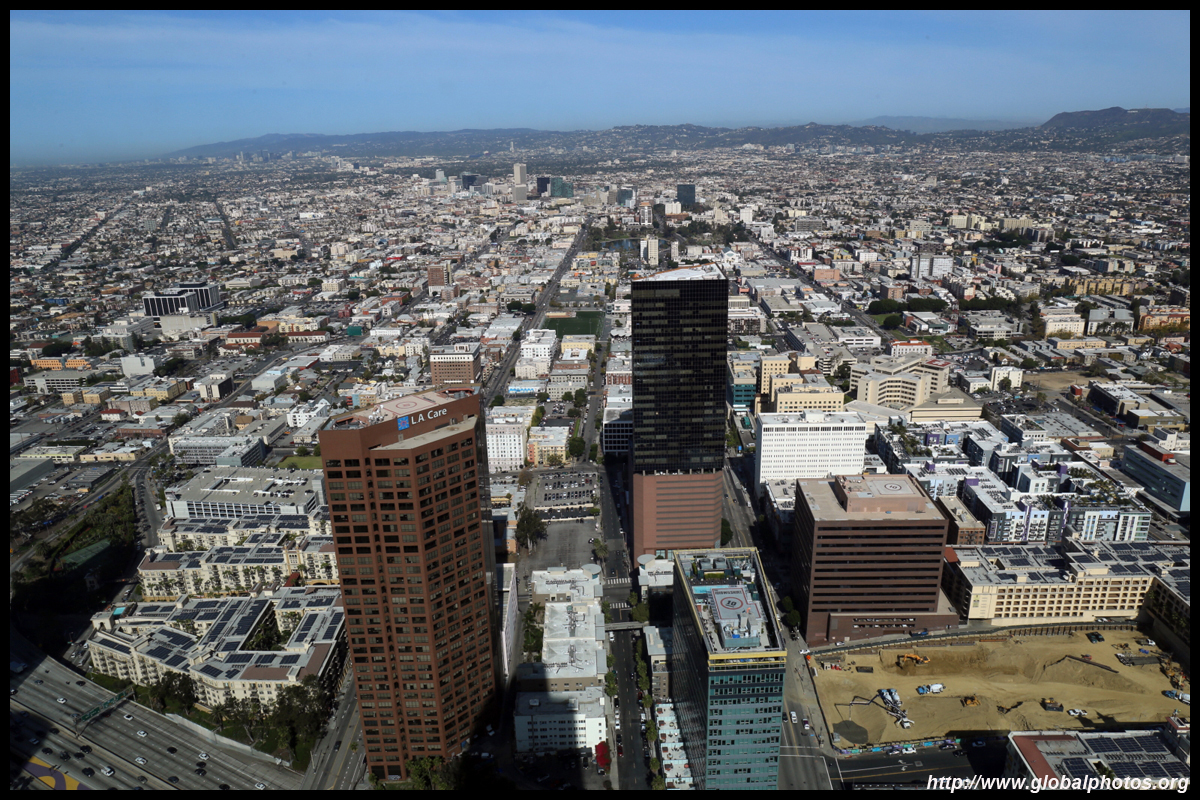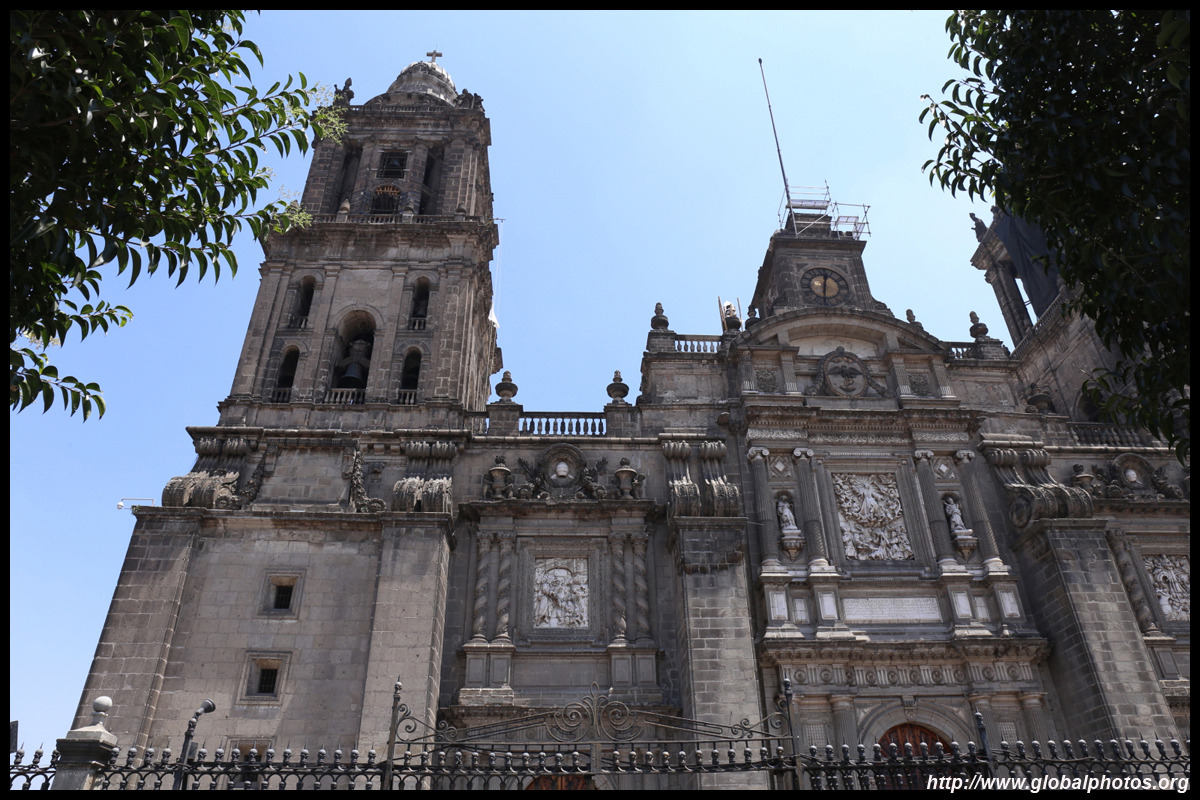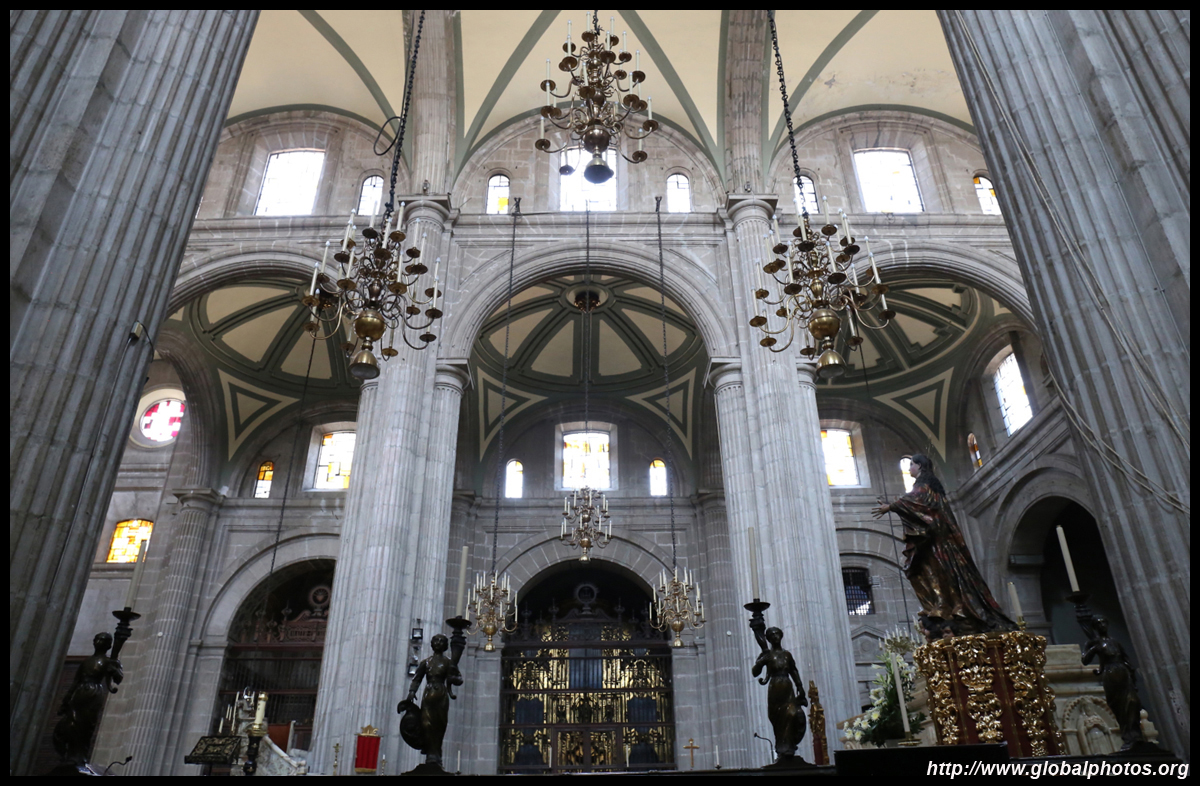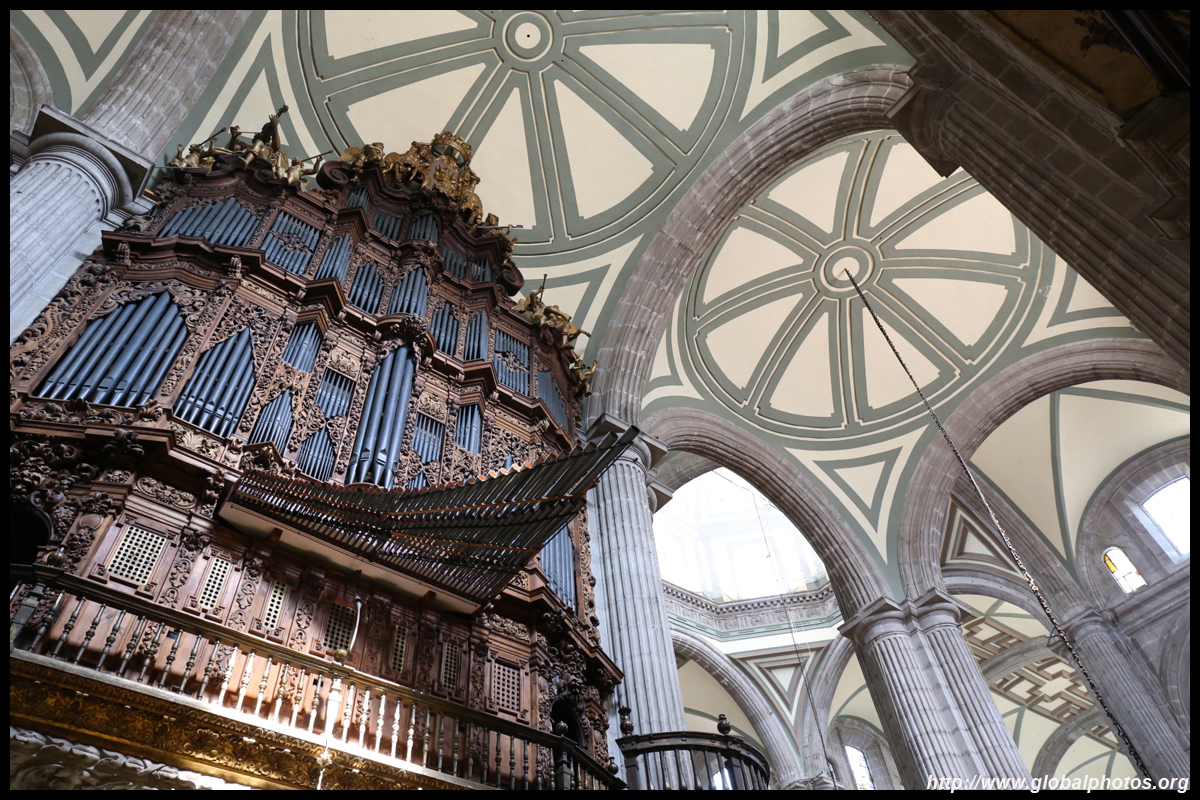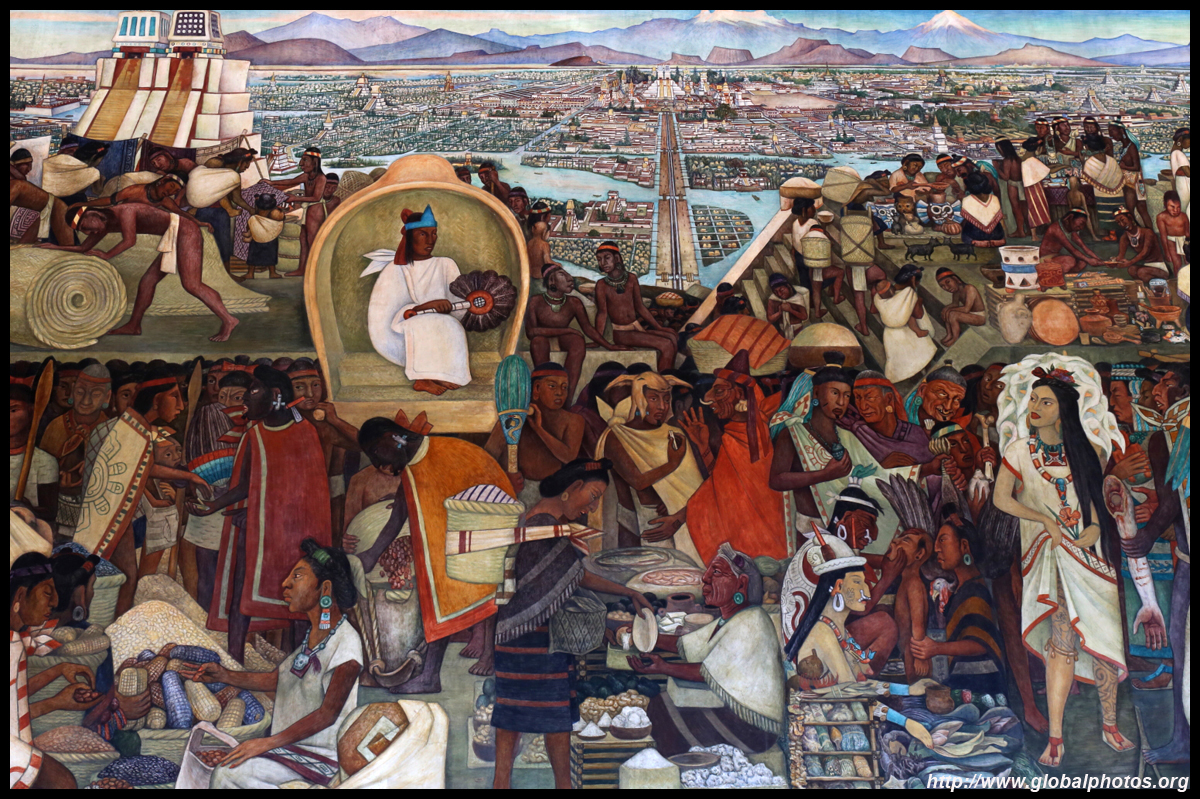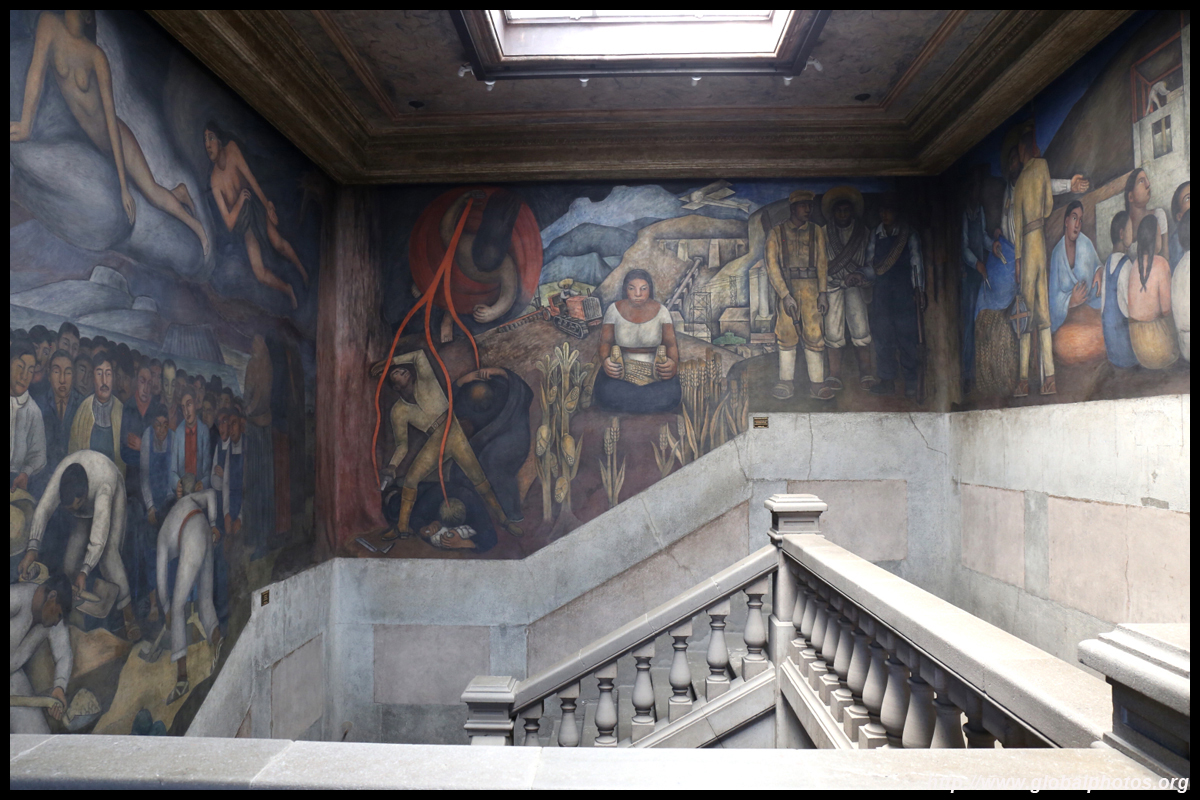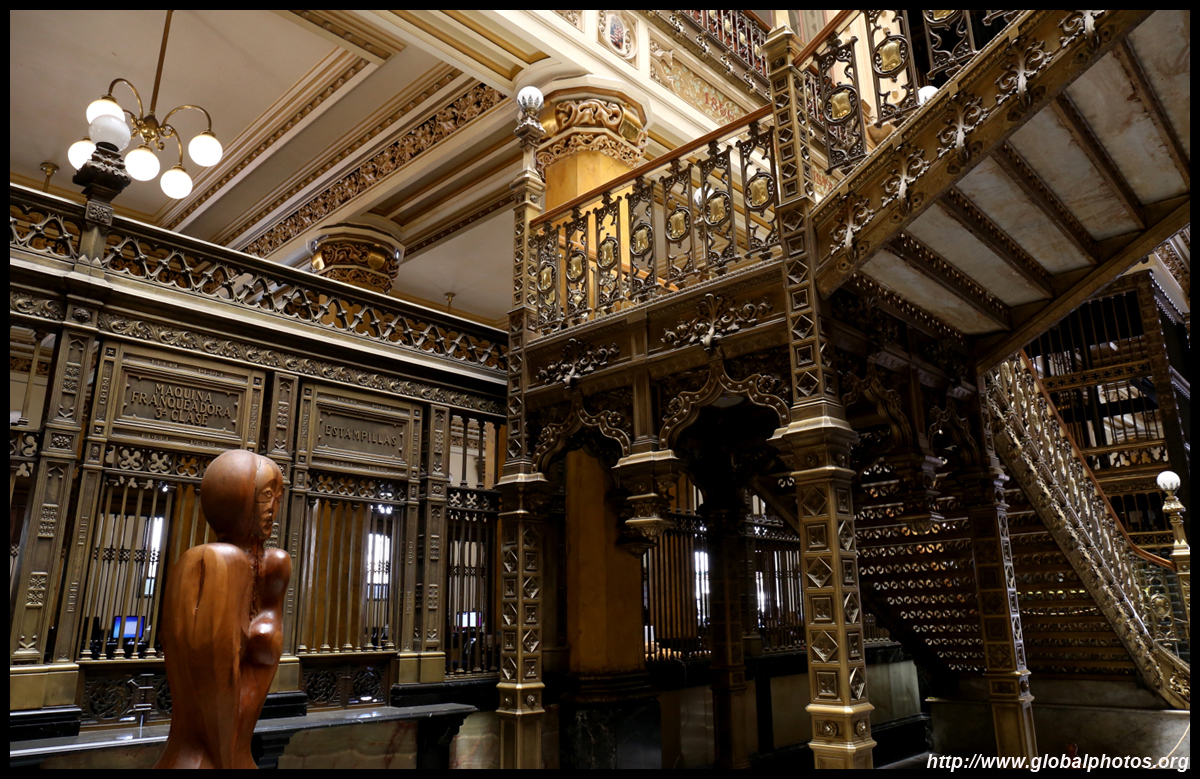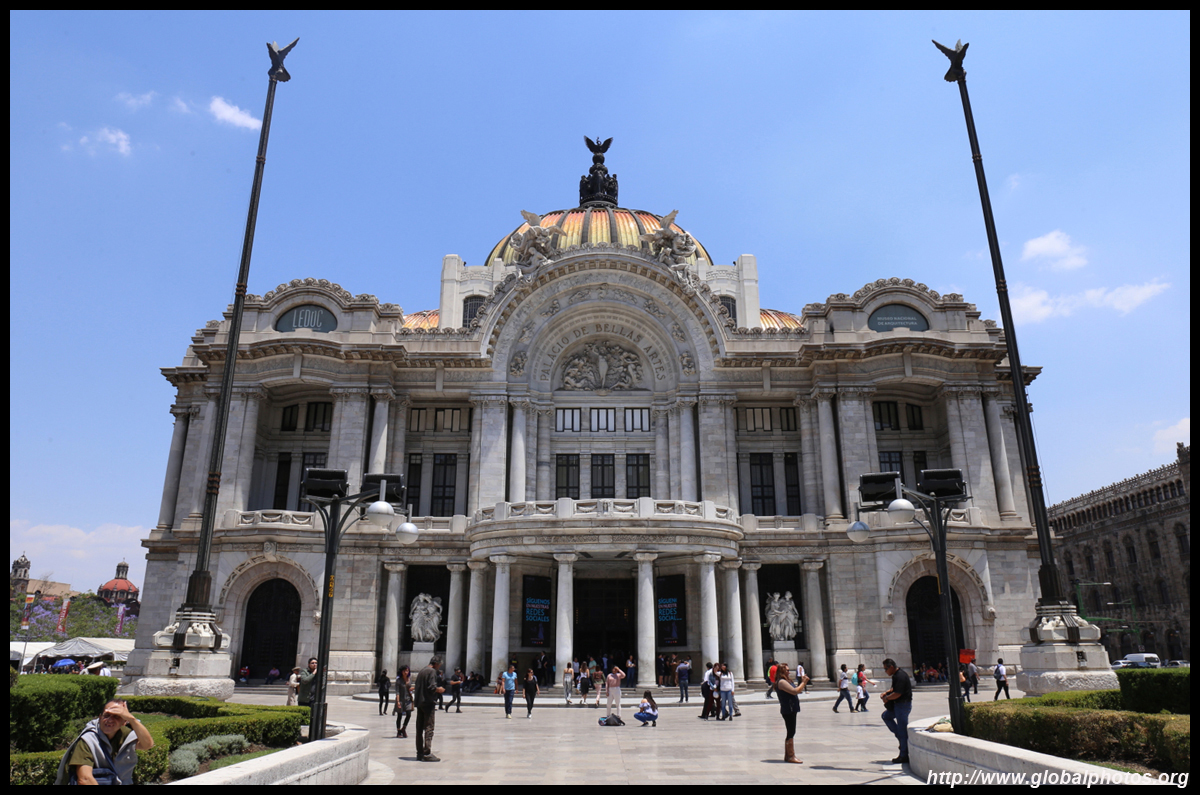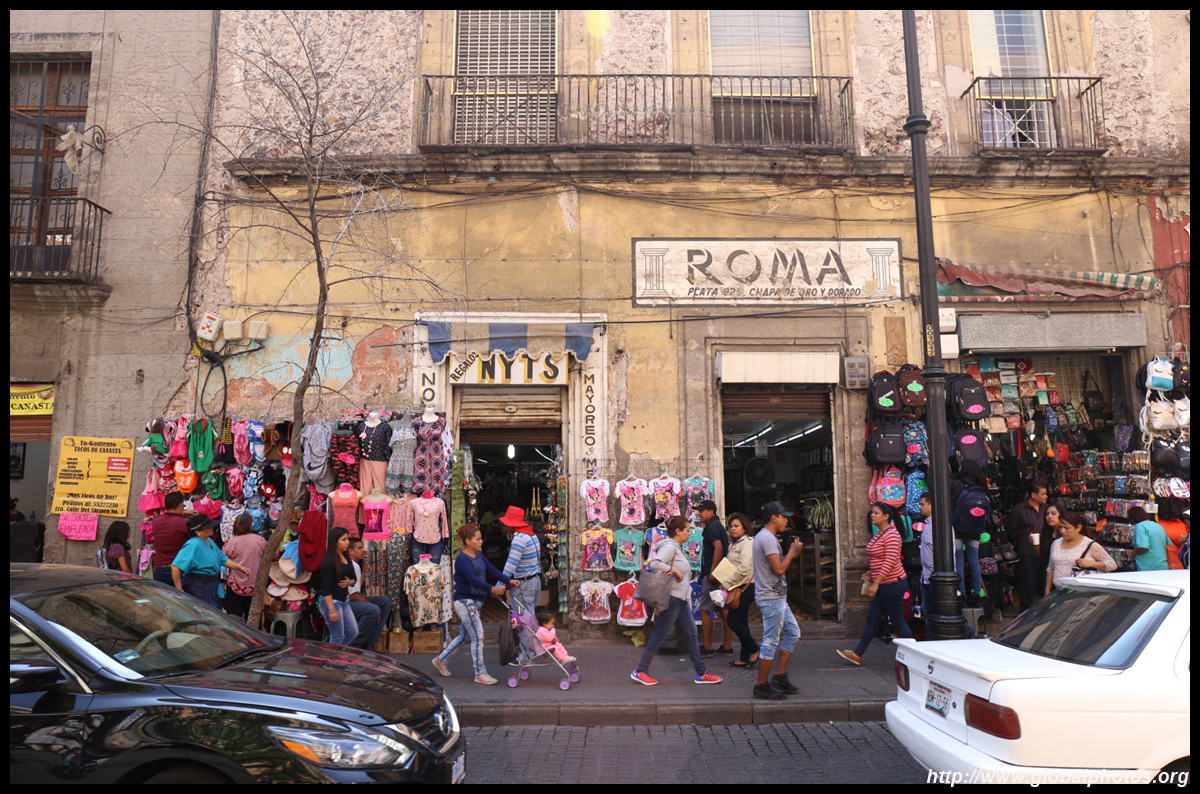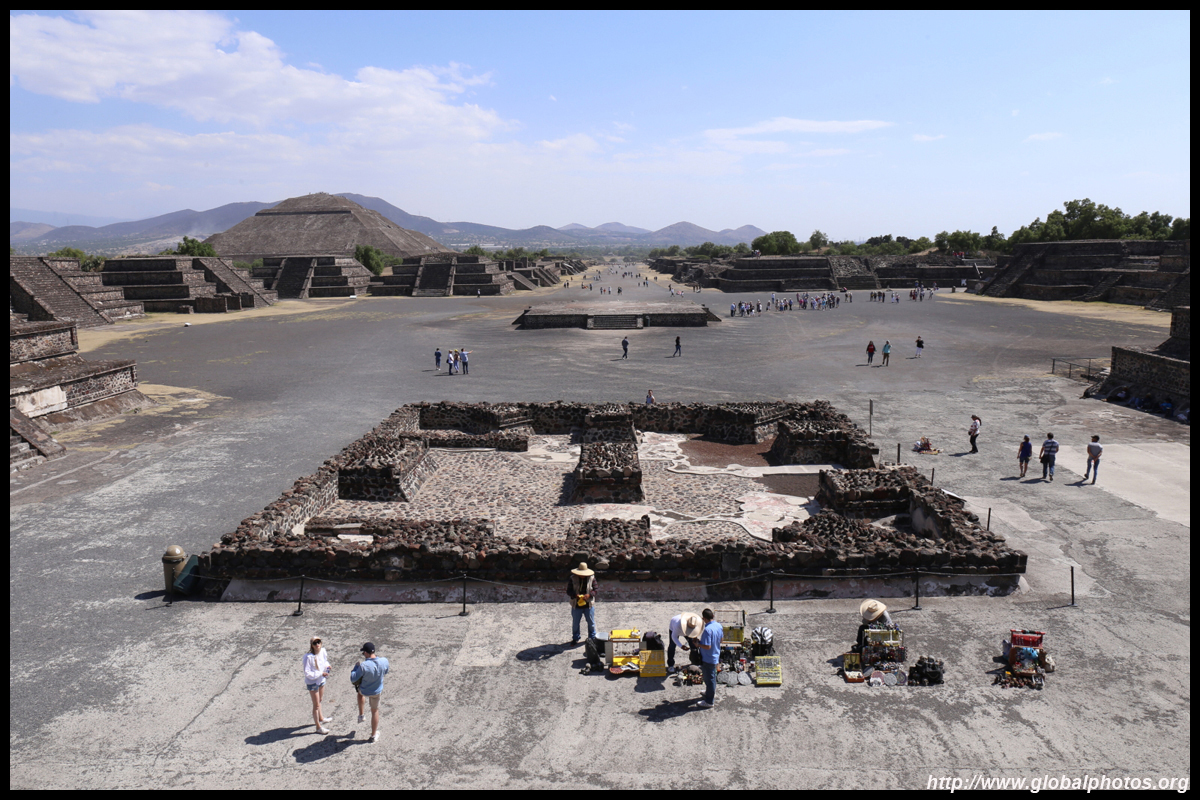2018 Showcase Gallery - First Half
| |||
Ipoh, MalaysiaLike Penang, Ipoh screams Old World. This is where 1960s Hong Kong can be found, with relaxed eateries that don't need air conditioning and serving good and simple food. Prices are extremely affordable, and you don't need to fight the tourist crowds at all. All this only 2.5 hours by train from KL.
The famous local bean sprouts chicken is delicious. The fat sprouts are fuelled by good quality local water sources and cannot be found elsewhere.
The prawn and chicken noodle is a simple dish but extremely tasty.
Locals don't mind the year-round heat and enjoy eating outside.
In addition to great Chinese food, they also have retained a rich colonial legacy.
Chicago So how does it feel like to walk outside in -16C weather? Great, because Chicago has some awesome architecture. Having been here twice before and going home disappointed due to grey skies, I was delighted to pop out when blue skies arrived and stayed, even if it was frigid outside.
While the outside looks great, the interior could be spectacular, and worth a peek to warm up for a few minutes.
At least during this time of year, air pollution is not an issue at all. Only the river is frozen instead.
Be sure to ride the train, especially above the streets within the Loop. There is a handful of stations just outside the Loop that also have lovely skyline views.
Toronto Like Chicago, winter in Toronto is usually an unpleasant experience. It is cold although the snow does melt and accumulate on and off over the first few months of the year. To counter the winter doldrums, eat your way to happiness. Lobster is a popular catch on Canada's east coast. This roll at the city's famed St. Lawrence Market is not atrociously expensive and tastes quite decent.
Fresh oysters chucked on the spot also don't cost an arm and a leg either.
When food is fresh, the cheap cuts will still taste good. The better cuts would probably still taste better.
During the summer months, a trip to the islands is rewarded with beautiful skyline views. The view has improved in recent years thanks to a residential revitalization downtown, with many new buildings creating a community that doesn't exit after office hours.
Washington DC The American capital has many beautiful buildings, although the atmosphere is far different from Chicago. DC is grand, with spacious lots, grand avenues, and more. The interiors are generally accessible to the public, but it is best to check each one for an advance booking to avoid disappointment. The Capitol's tours are well-organized and the whole process is fairly efficient.
The Thomas Jefferson Building is elaborately decorated although the library reading area is not accessible to the public. I was quite content with this view already.
The Supreme Court allows the public to attend its proceedings as part of the transparency in the rule of law.
Many museums line the National Mall, and are free to visit. Just covering them alone can take days.
Also within walking distance are the various presidential and war monuments. With such high-profile buildings, there are height limits to prevent someone else from inappropriately intruding.
No clusters of skyscrapers in this incredible city!
Havana, Cuba Like North Korea, Cuba is an intriguing destination to see something entirely different from the rest of the world. Cuba is far easier to access though. They are open for business to Canadians and Europeans who regularly visit to escape from winter. Even Americans can visit, although they are far more restricted and have to provide the right reason to fly in. I was surprised that Havana's historic centre has been renovated well. I was expecting crumbling buildings here but they were difficult to find.
The tour books recommended bringing your own food (pasta, rice, cans) and medicines as supplies are limited due to the ongoing American embargo. I wonder how much of what's available here is useful for me if I get sick?
However, there were plenty of old antique cars roaming the streets, although mine was retrofitted with new equipment inside, such as air conditioning.
I needed my driver to venture a bit further out to find the decrepit buildings I had expected.
Yellowknife After Chicago and Toronto in -16C weather, Yellowknife in Canada's far north is a piece of cake. At night, it only dips down to -31C. The aurora hunting routine is quite well established in this part of the world thanks to a deluge in Asian tourists that descend on this small city. One large operator has its own huge aurora viewing ground outside the city where hundreds scatter around the landscape waiting for nature's magic to appear. Tents provide warmth and hot drinks in between viewings. Other operators offer a more indigenuous aboriginal cultural experience.
With clear skies at night, Yellowknife is a great place to view the aurora, with higher probabilities than in Scandinavia or Iceland. I was successful in all my 3 nights there.
With sightseeing mainly confined to after dark, there are still some activities to do during the day after sleeping in through the morning. The Old Town deserves 2-3 hours of your time with Franklin Avenue being the city's main thoroughfare. Then branch off to the frozen lake that also doubles as an ice highway.
Not only can cars use the frozen lake, so can airplanes.
Bogota, Colombia Colombia is my first foray in South America, and I only wanted to go because I had friends joining as well. Despite having visited developing countries such as India, Bangladesh, and Sri Lanka on my own, this continent seemed relatively unknown to me. With this comes additional vigilence. It didn't help that the media continue to actively portray this country to be a drug-infested war zone. To soothe our tensions and gain confidence venturing around, we joined a free walking tour to get our bearings. It's not as bad as we had thought!
The graffiti scene in the city centre is quite well-developed, with a walking tour explaining the context and fight against city officials trying to stop them.
Medellin, Colombia Pablo Escobar's home has built up quite a reputation over the years. The drug war is over and the guy is dead, so the city now welcomes tourists with open arms, hoping word of mouth will spread on the city's renaissance. One way to beat poverty and preventing the poor from entering the drug trade is to make their neighbourhoods accessible to the city. Cable cars were built on both sides of the mountain that surround the city so residents can commute to a real job.
In many cities, hillside locations with city views are prestigious districts where the wealthy call home. This isn't the case for Medellin, with slums covering the hillsides. The higher you go, the poorer it gets because it is inaccessible. Yet, looking at the structures, it seems these are somewhat decent structures with electricity.
A great place to observe local life is to visit their markets. Plaza Minorista is a feast to the senses. The market is organized by product, which includes a number of exotic fruits that are rarely seen in my part of the world.
Cartagena, Colombia Leaving the cool mountain air, the coastal regions of northern Colombia face the beautiful Caribbean. Cartagena has a lovely historic centre with plenty of preserved architecture. You can live in one of these to get a sense of what life was like back then, and probably wake up thinking you are in Spain!
Grocery shopping is one of my favourite activites when abroad. Seeing the same product get packaged in a different way is exciting. Have you bought orange juice in a bag?
With the centre protected, luxury highrise residents rise along the waterfront outside the ramparts.
Tayrona National Park, Colombia Stretching along an untamed section of the Caribbean, Tayrona has beaches, rainforests, and archaeological sites. Immensely popular with tourists these days despite its relative isolation, getting here is easy enough either by public transport from Cartagena (5 hours).
Las Vegas Over 40 million visitors come to Las Vegas each year to enjoy the desert sun, and do some gambling perhaps. Statistically, the odds are against me, so I'm not here to beat the odds. Instead, I looked for interesting decor, and also ventures out of town to see the amazing national parks in the vicinity.
Los Angeles I was happily content living in the distant suburbs where safety, cleanliness, and serenity were not an issue. Downtown LA was a whole world away. Due to its great climate and warm temperatures, a large part of the city centre has become homeless central, with many residents fleeing from the colder parts of the country. The same area also has some interesting historic architecture, so best to explore during the day-time and be street smart.
San Francisco is more to my liking. All this sprawl is quite upsetting.
Mexico City Unsafe, but packed with museums and colonial architecture, Mexico City is probably not the key destination to visit in the country, with many Americans and Canadians off to the beach resorts instead. The city is vast, congested, and also full of attractions that can easily occupy a few days at minimum.
Despite poverty and drug violence in the country, the cathedral reflects none of these problems, and is just as impressive as its cousins in Europe.
Like Colombia, the Mexicans are talented at putting artwork on their walls and corridors. There are several massive collections of murals in the historic centre.
The city's builders and planners had grandiose plans in mind when they made all this.
The street markets are bustling with activity and all sorts of wares splashed all around. This setting looks more Asian than North American.
For an alternative experience from colonial architecture and Spanish history, ancient pyramids are only a short bus ride outside the city. Teotihuacan is a vast site, albeit unshaded, that reflects a grand city from long ago.
|
|||
